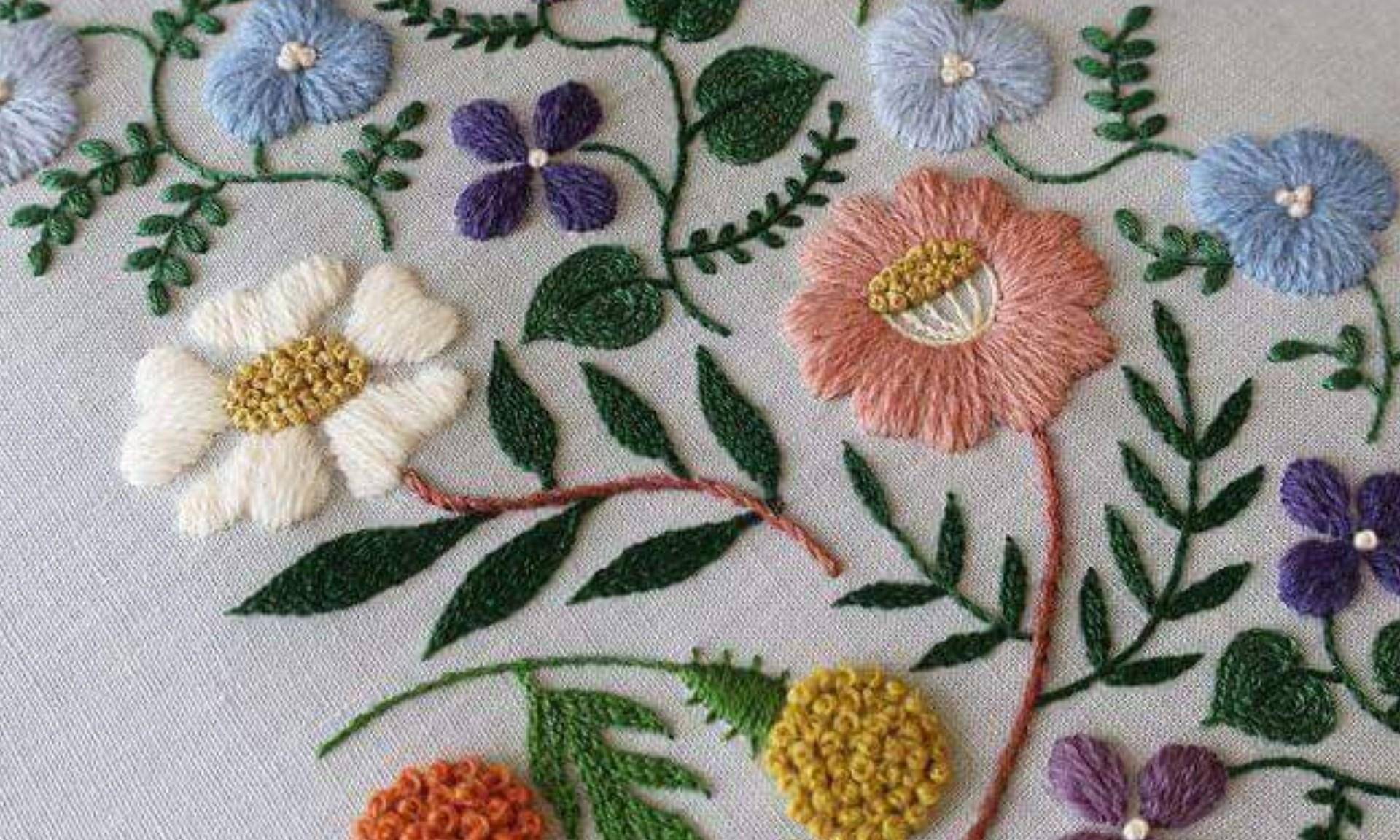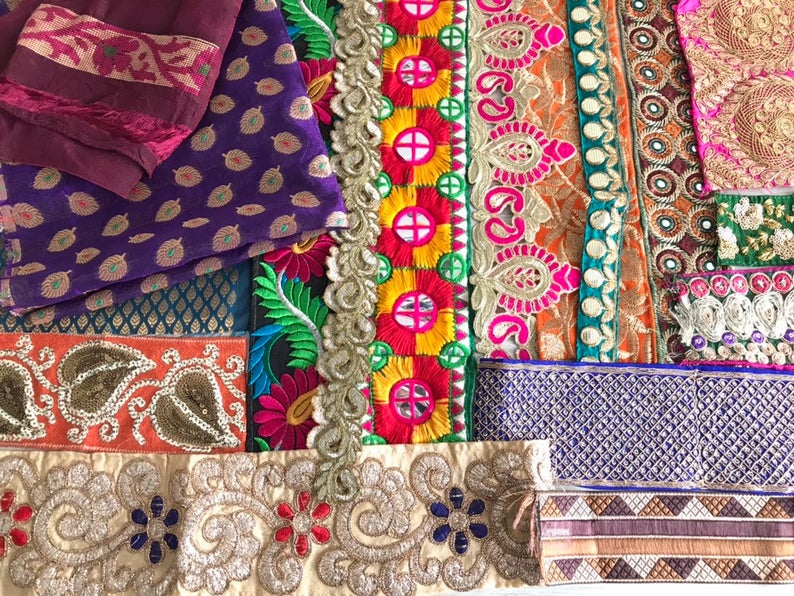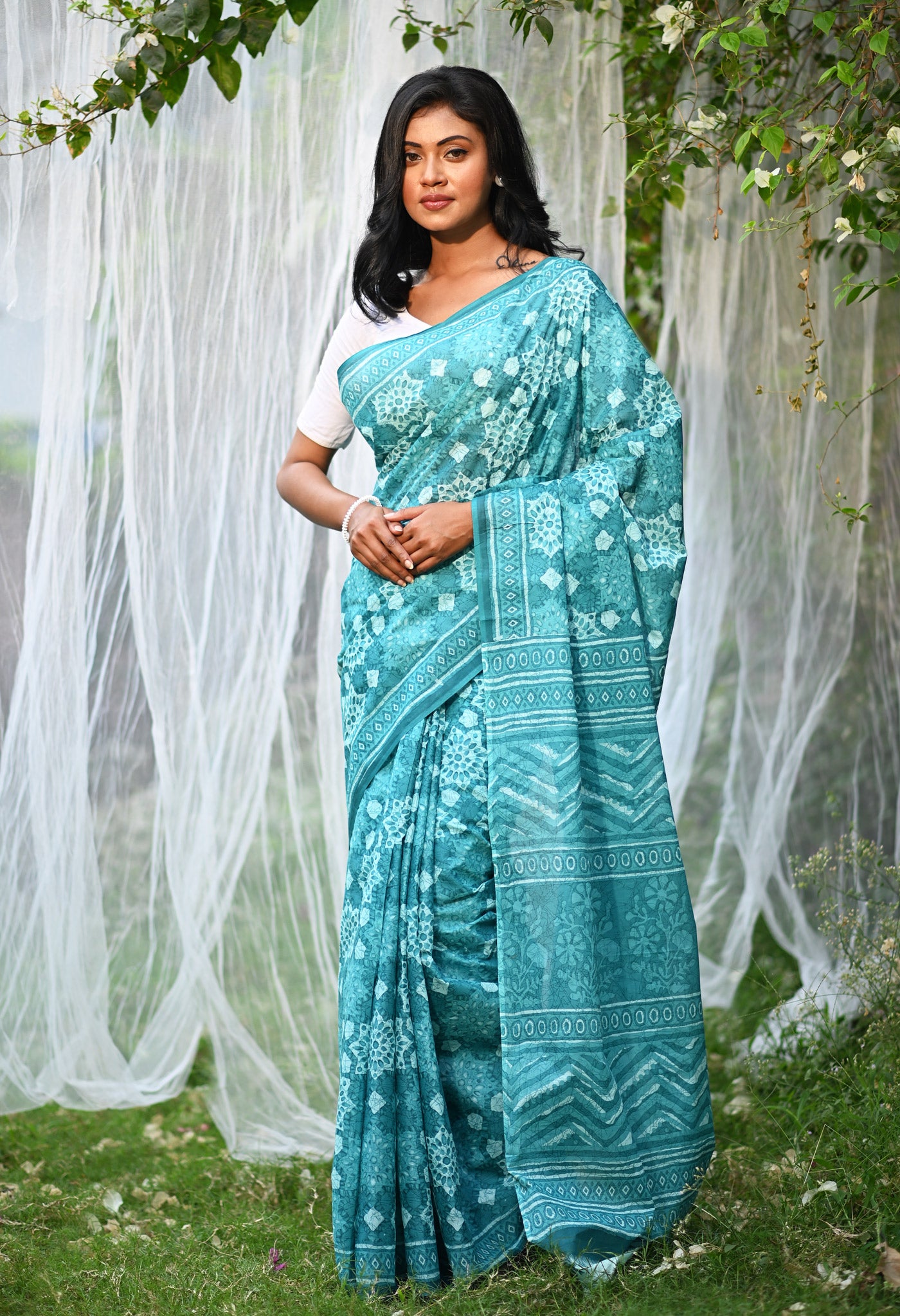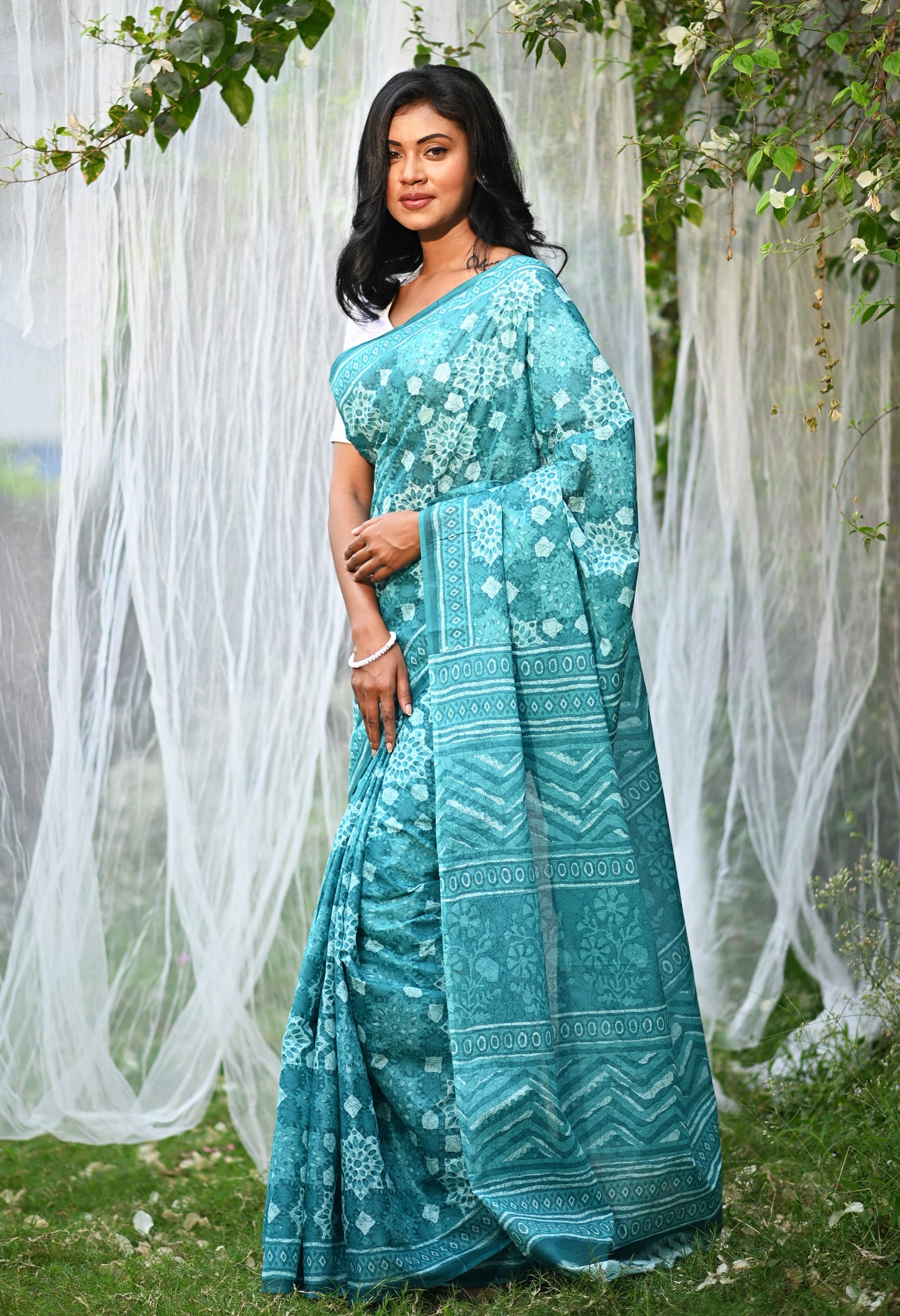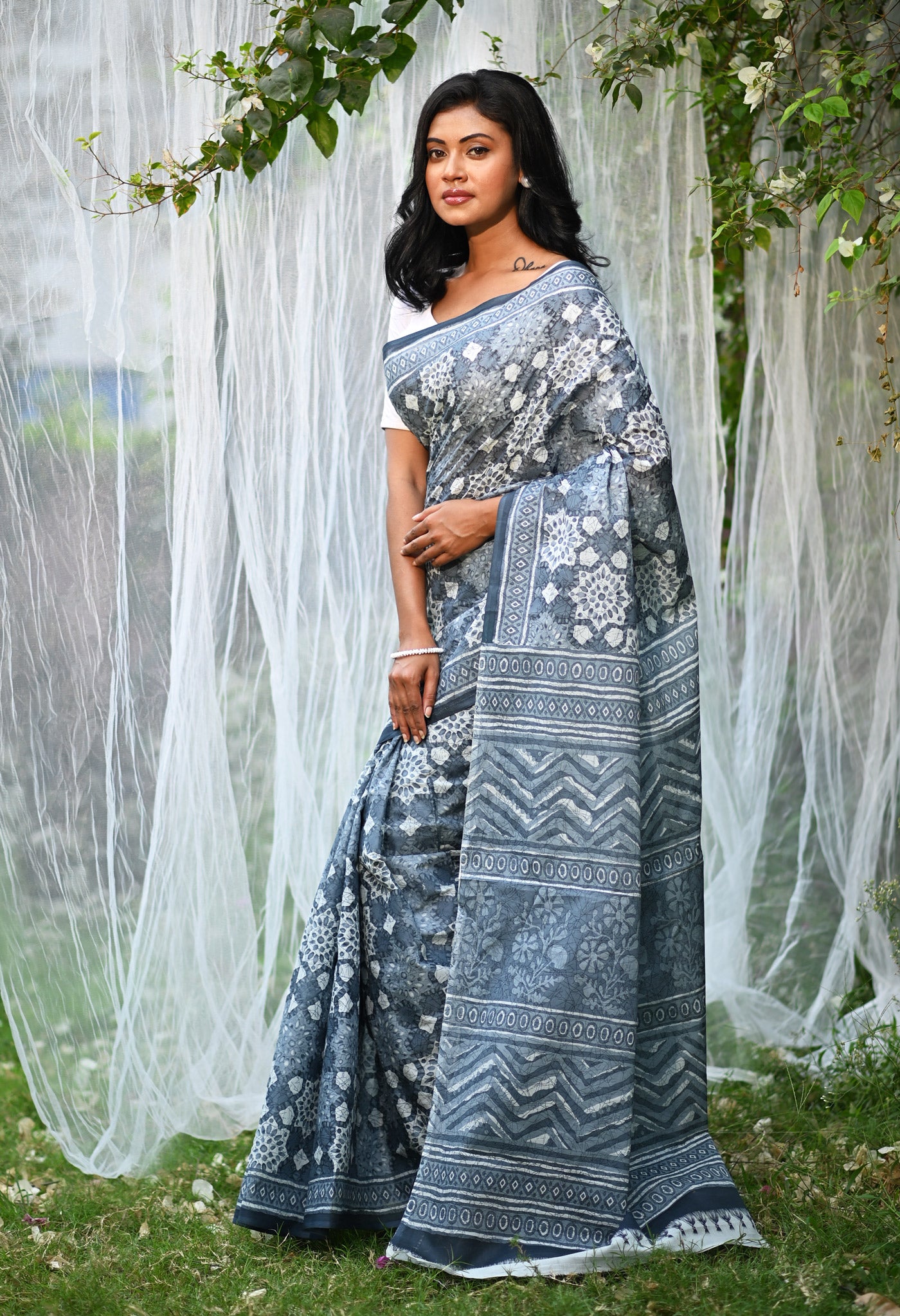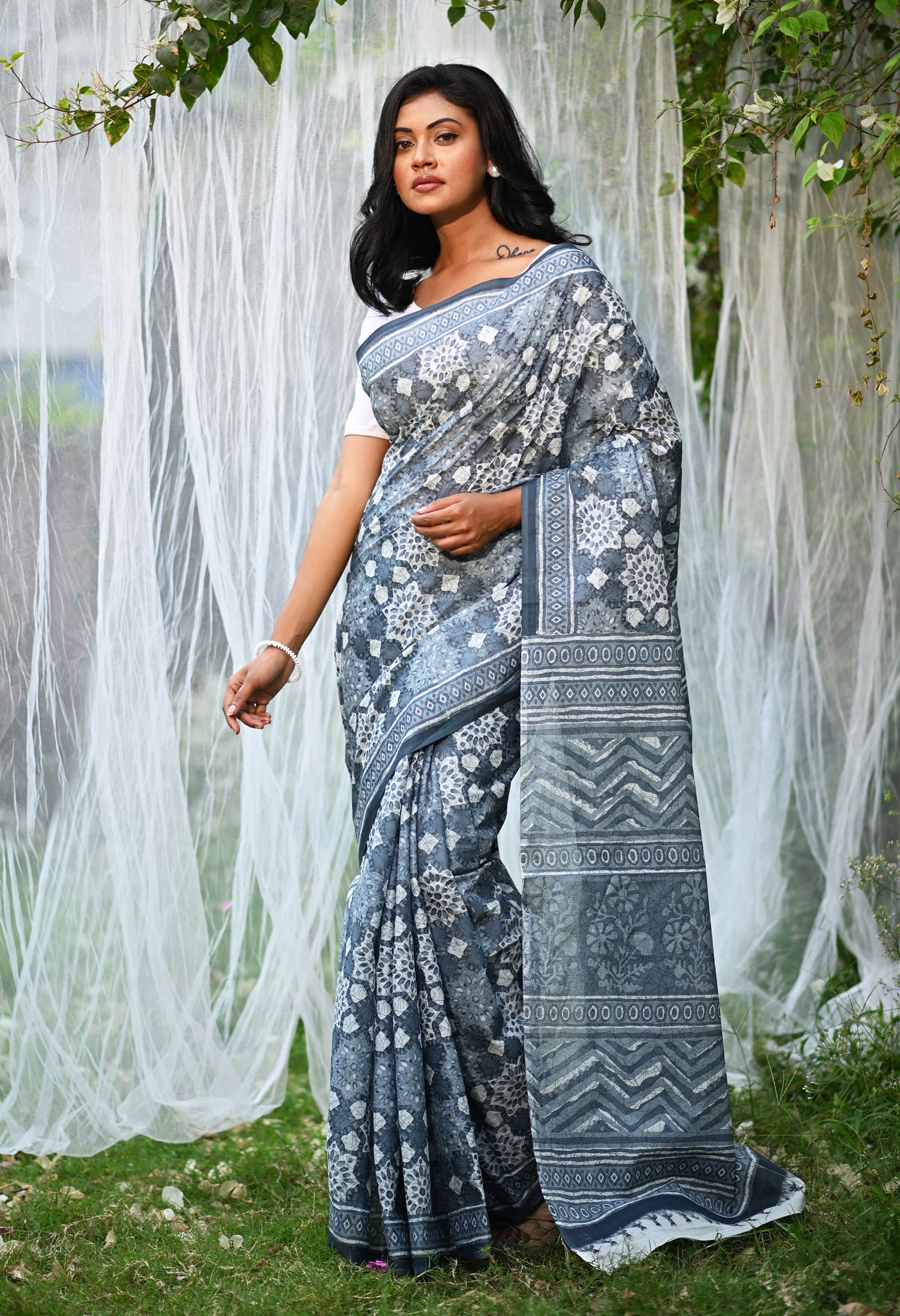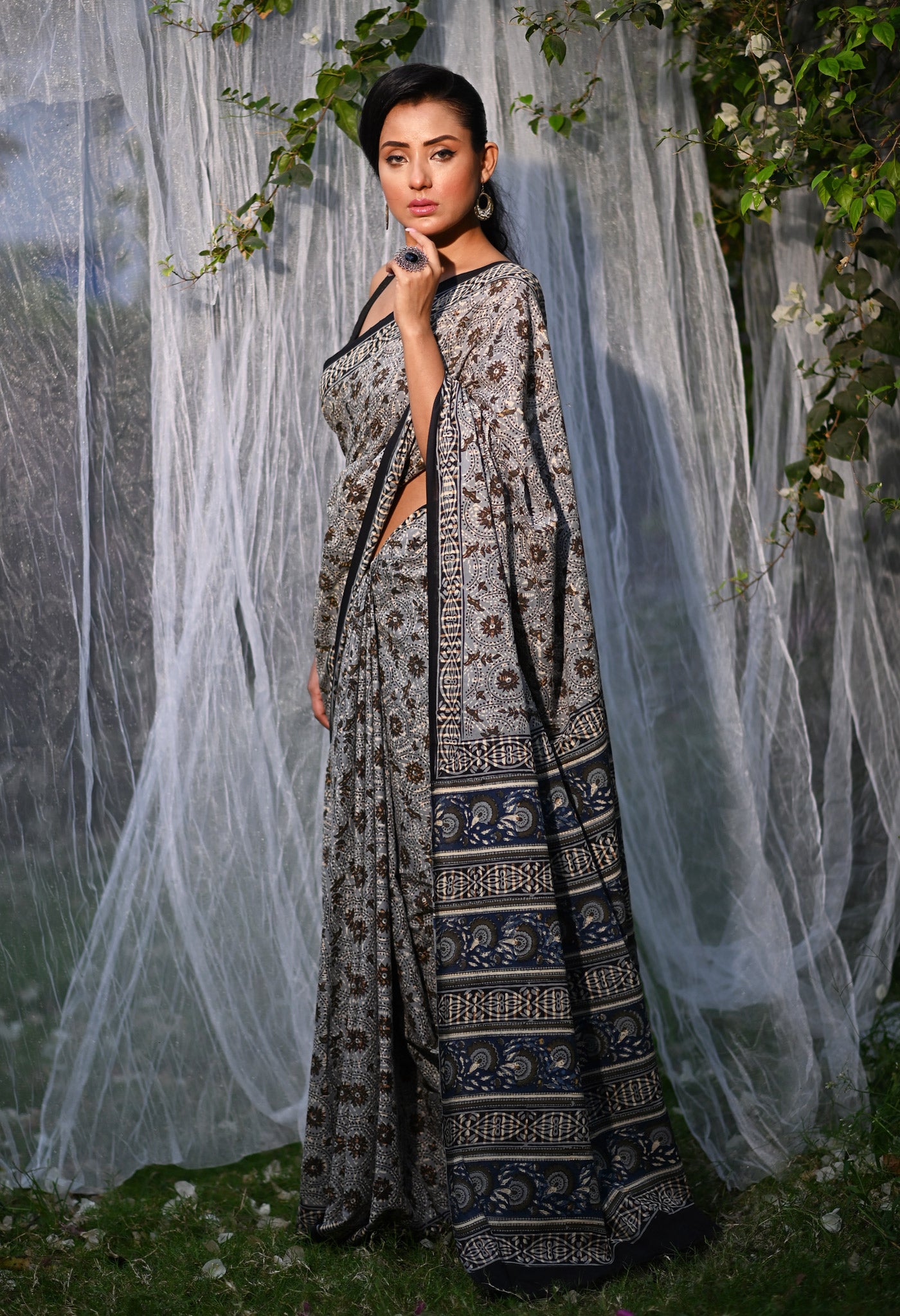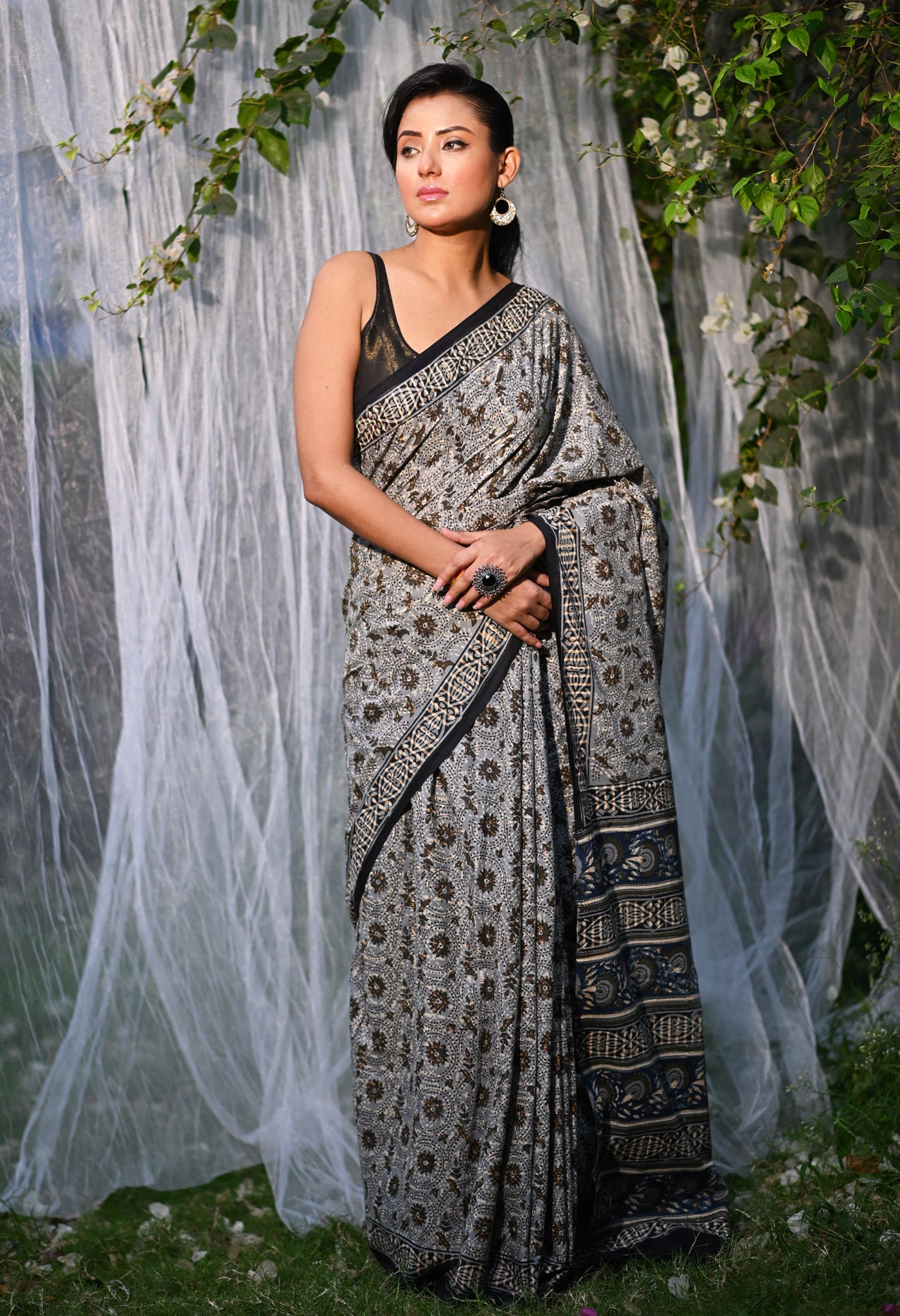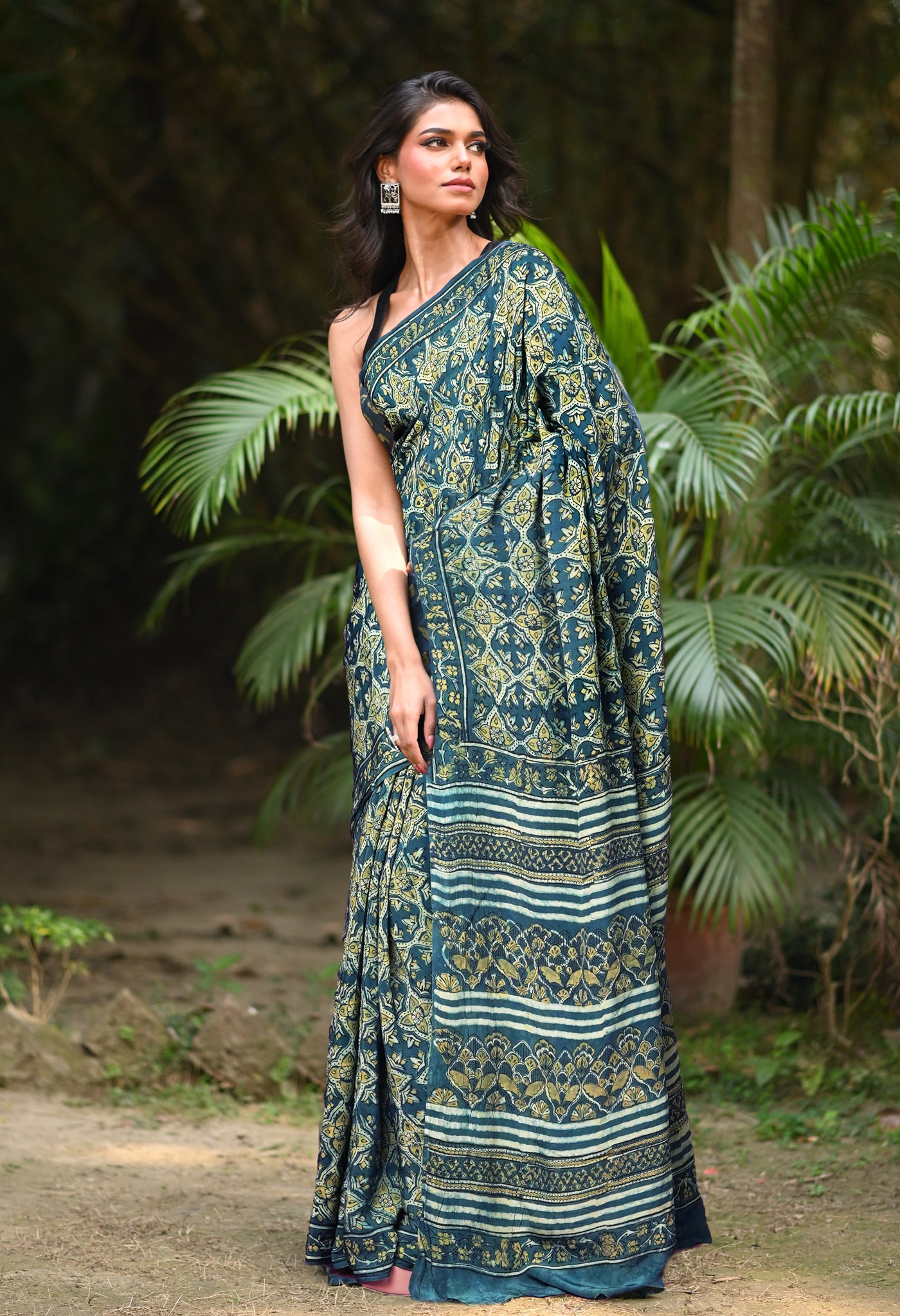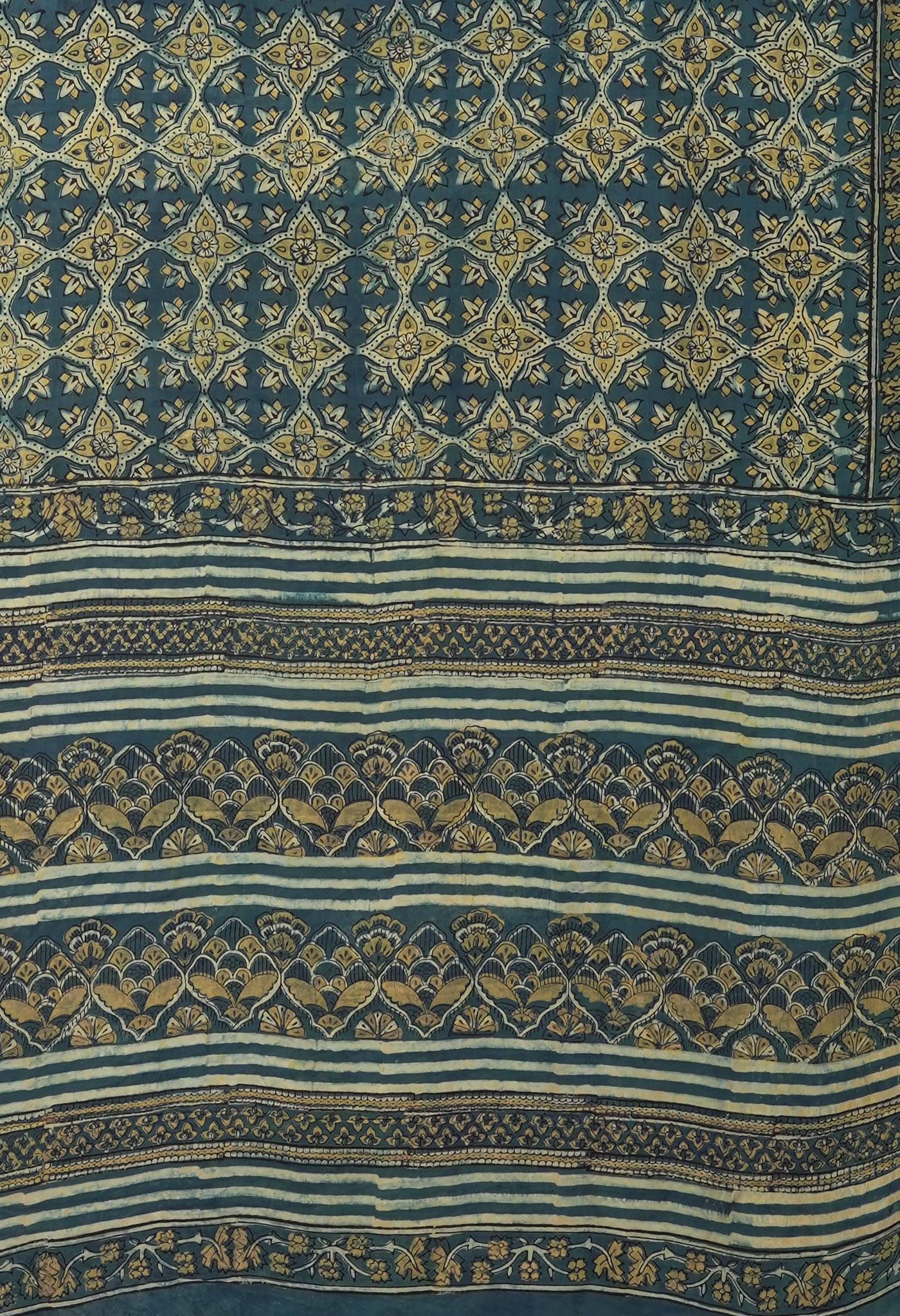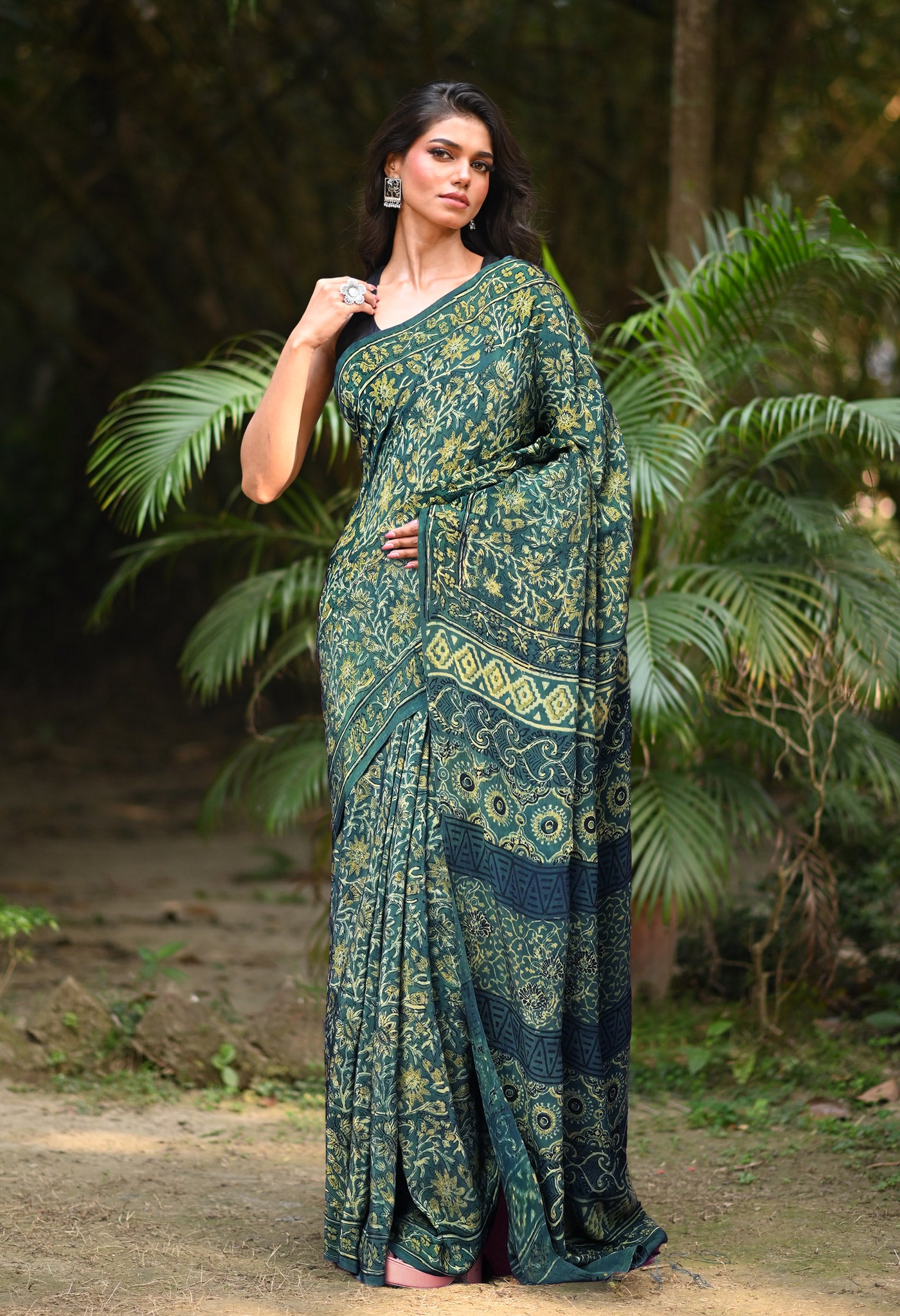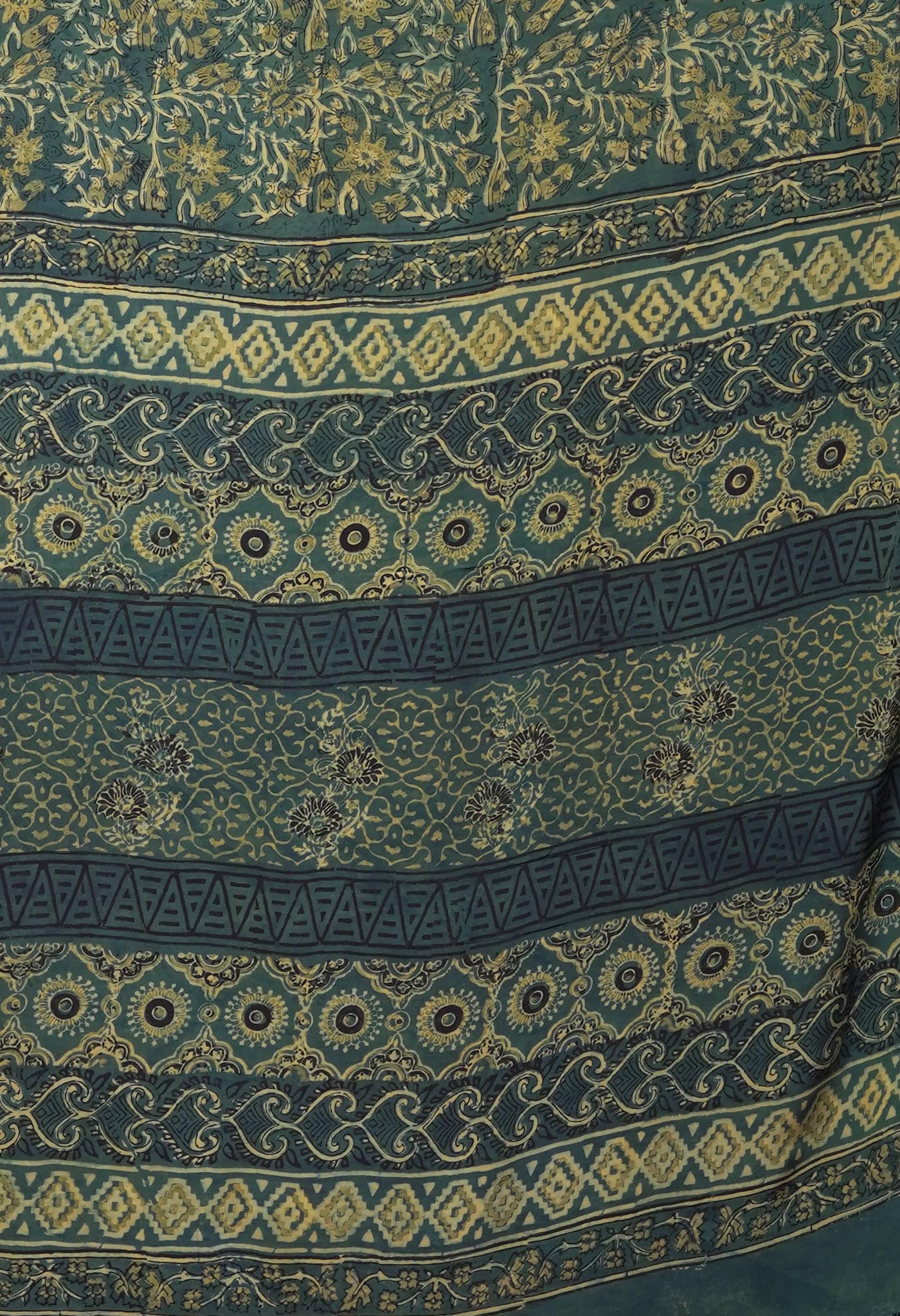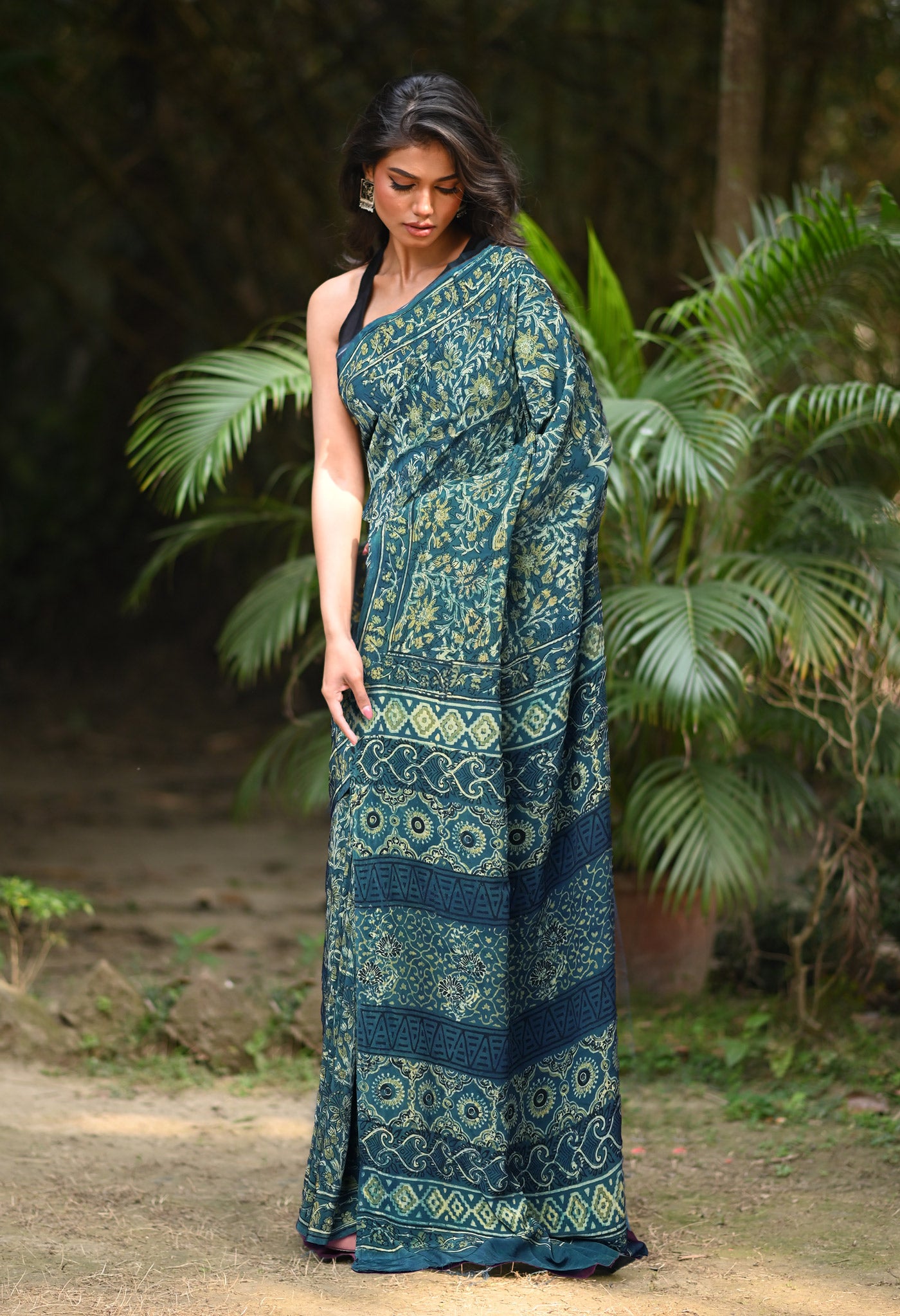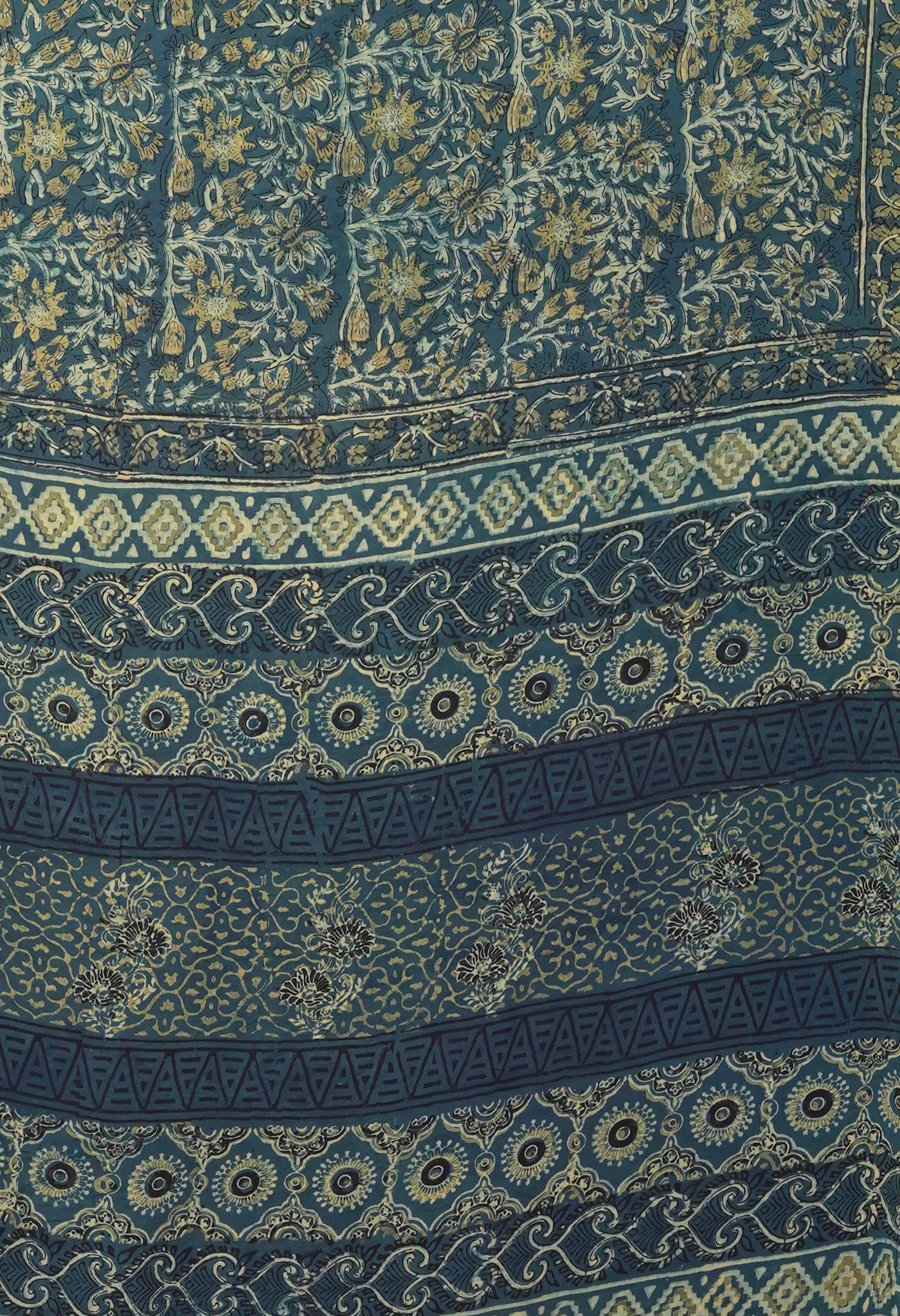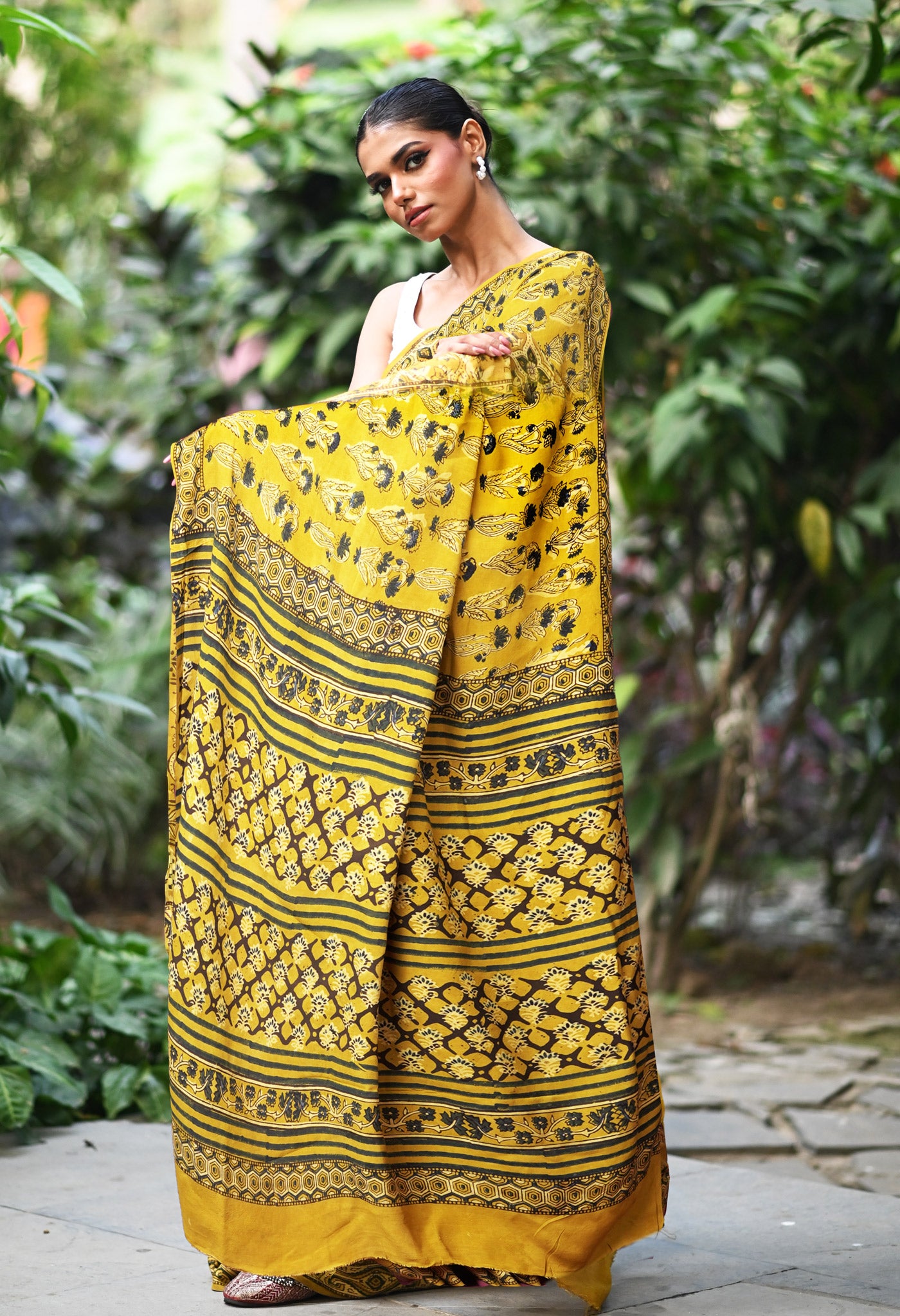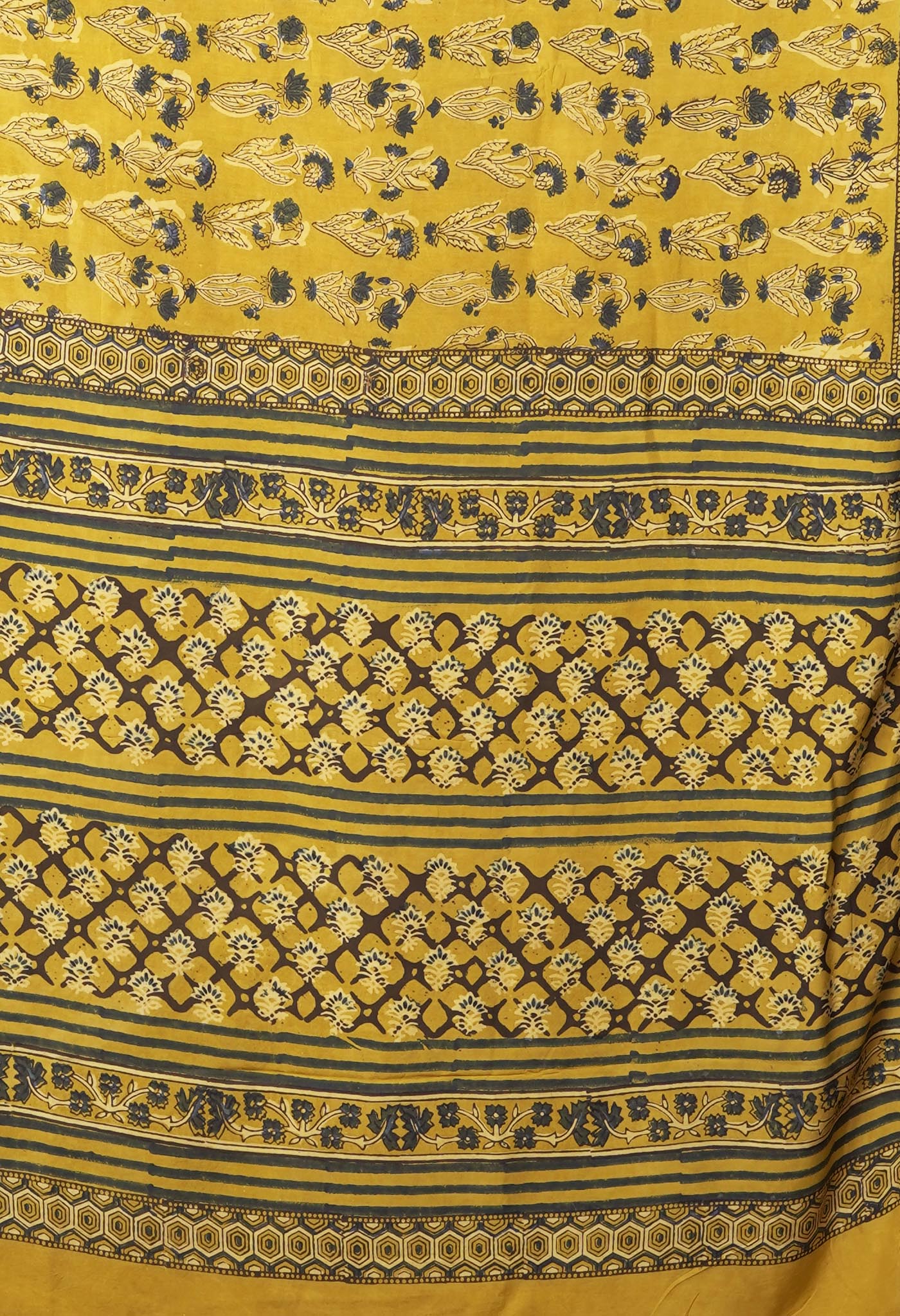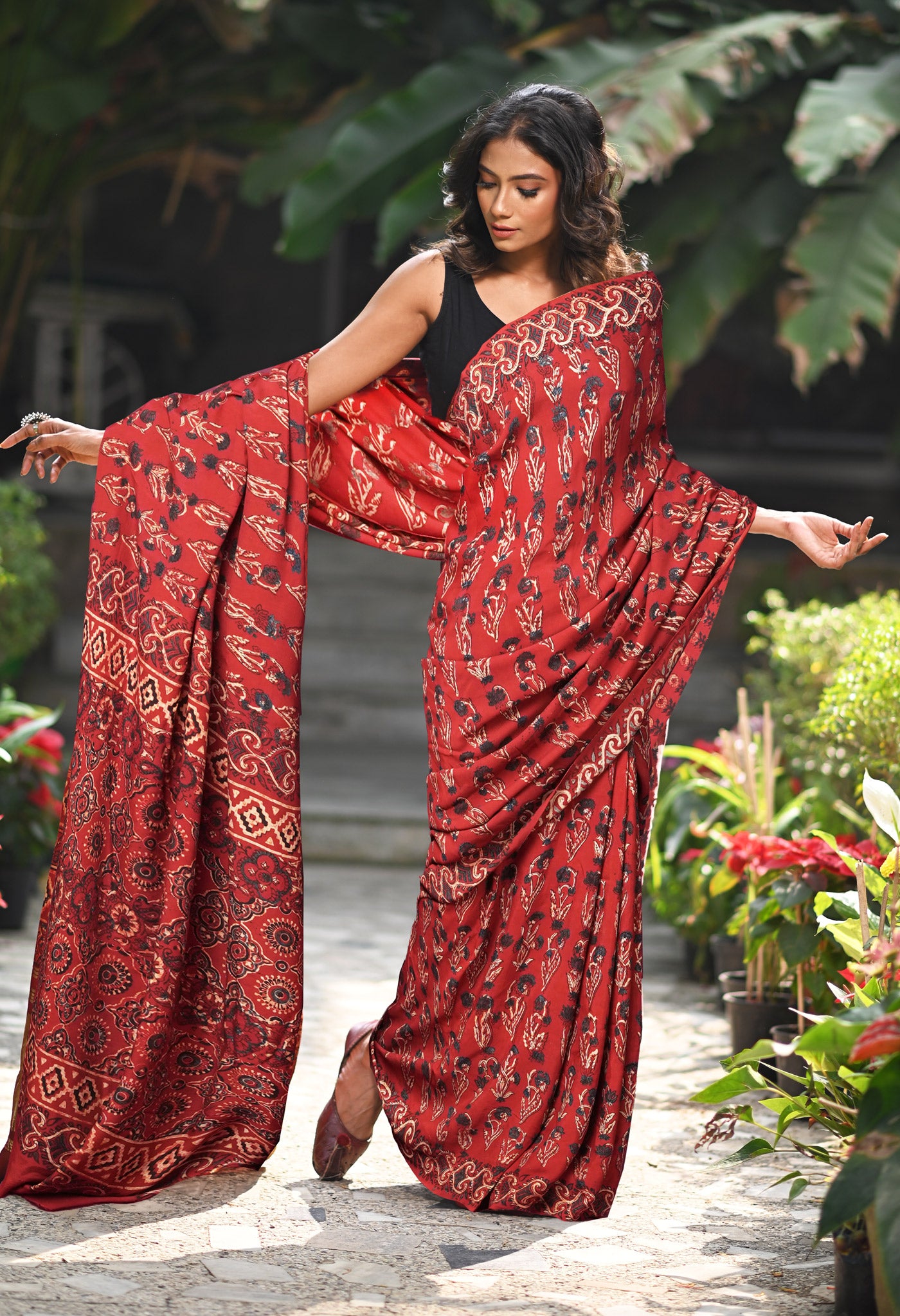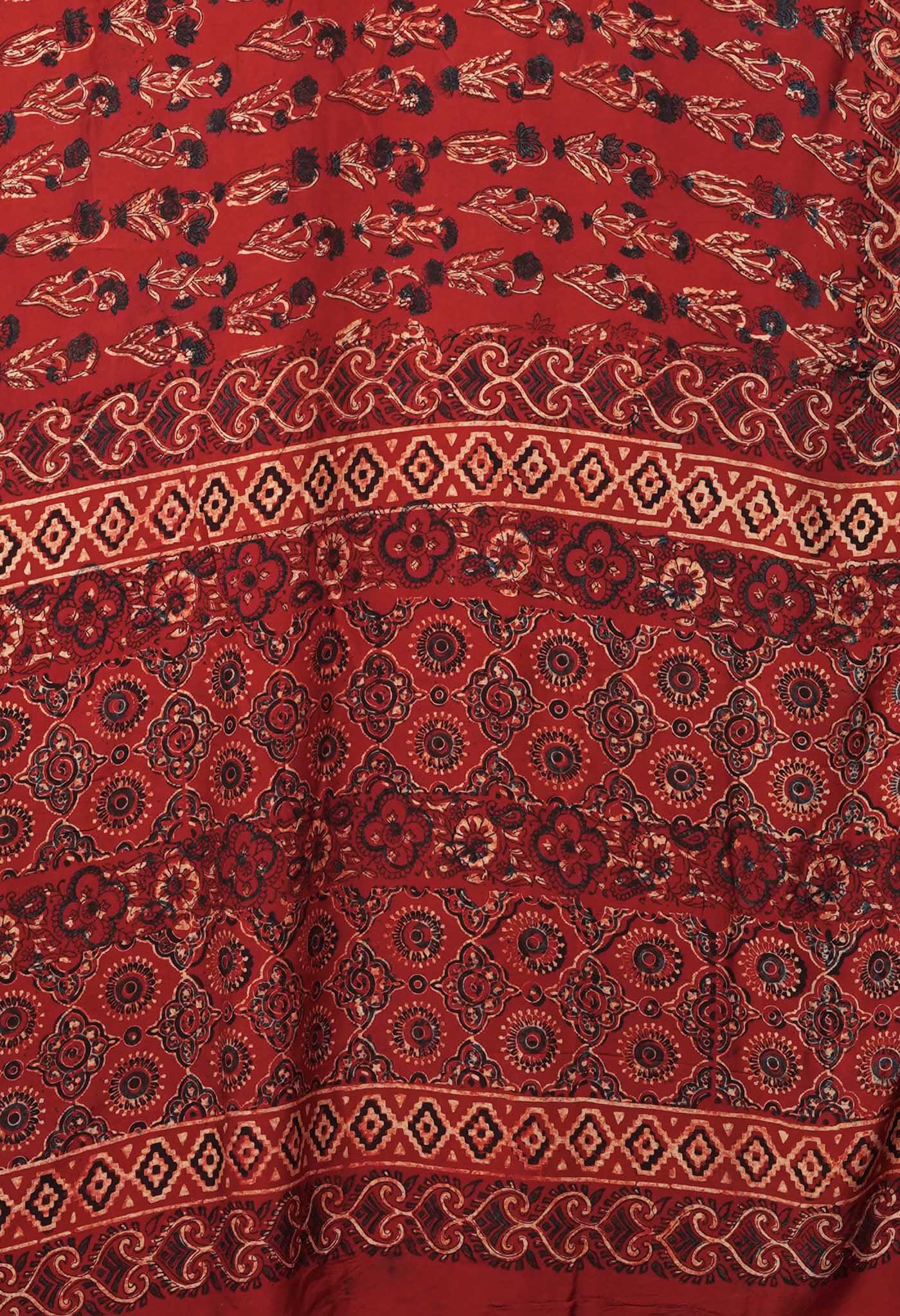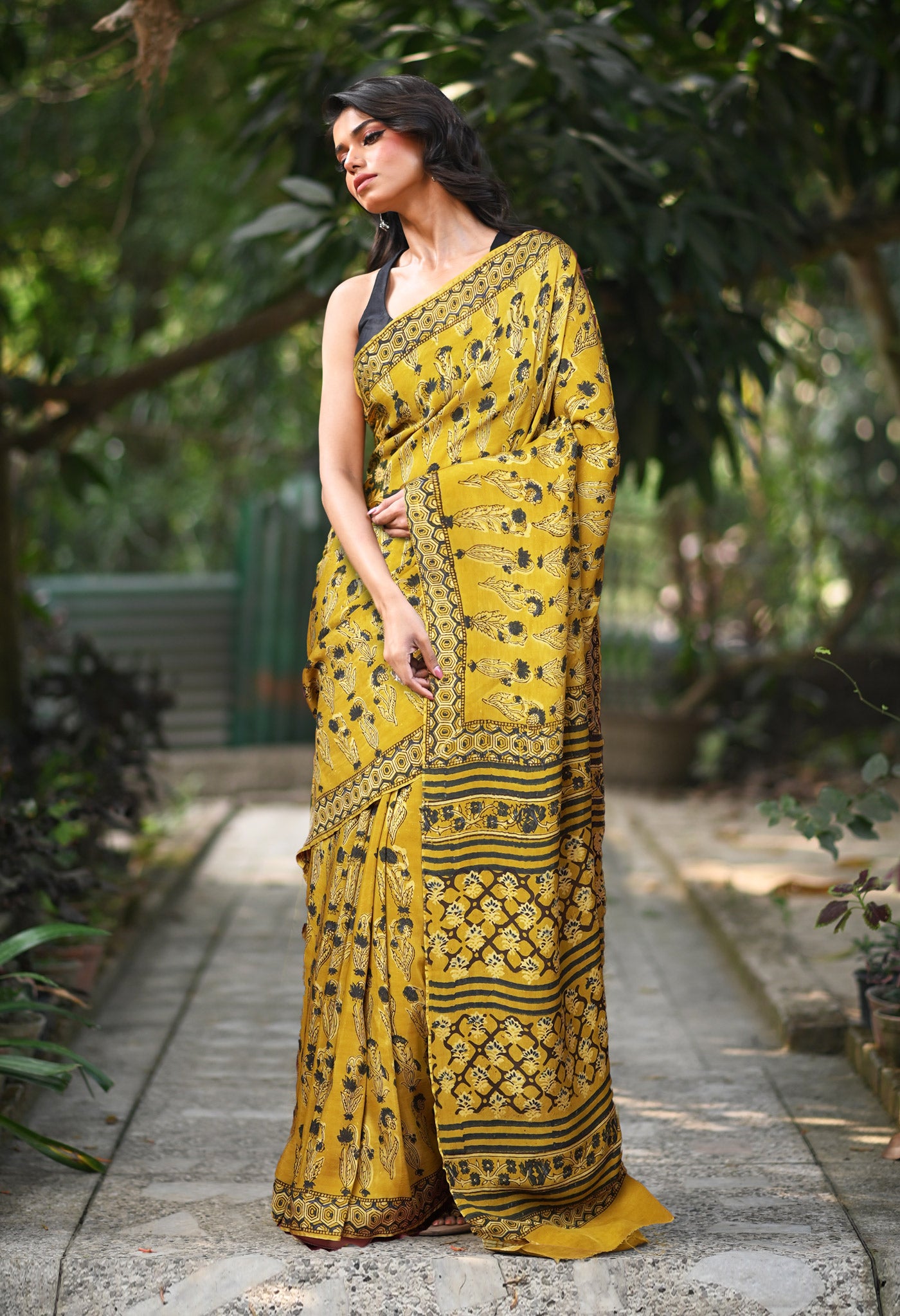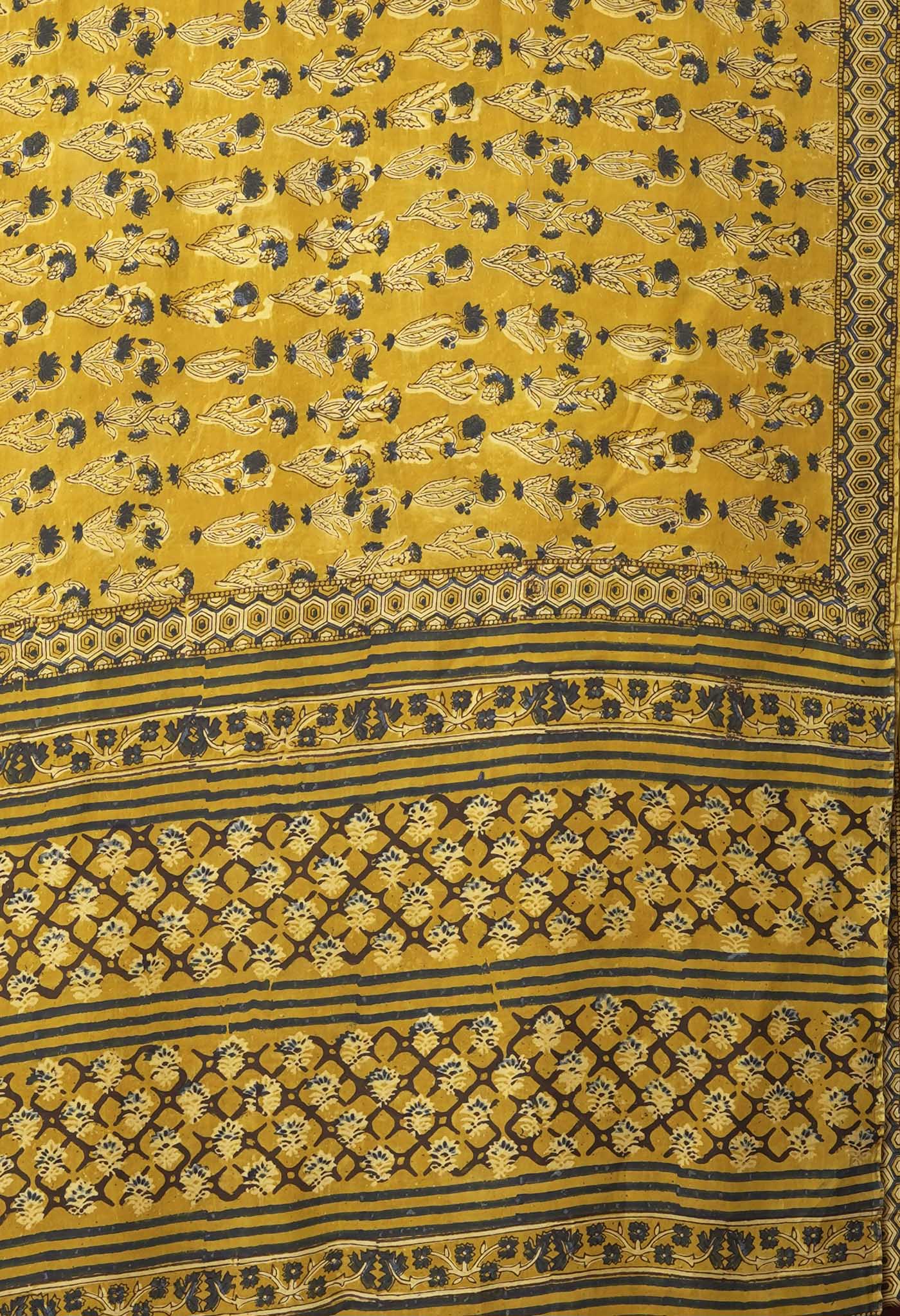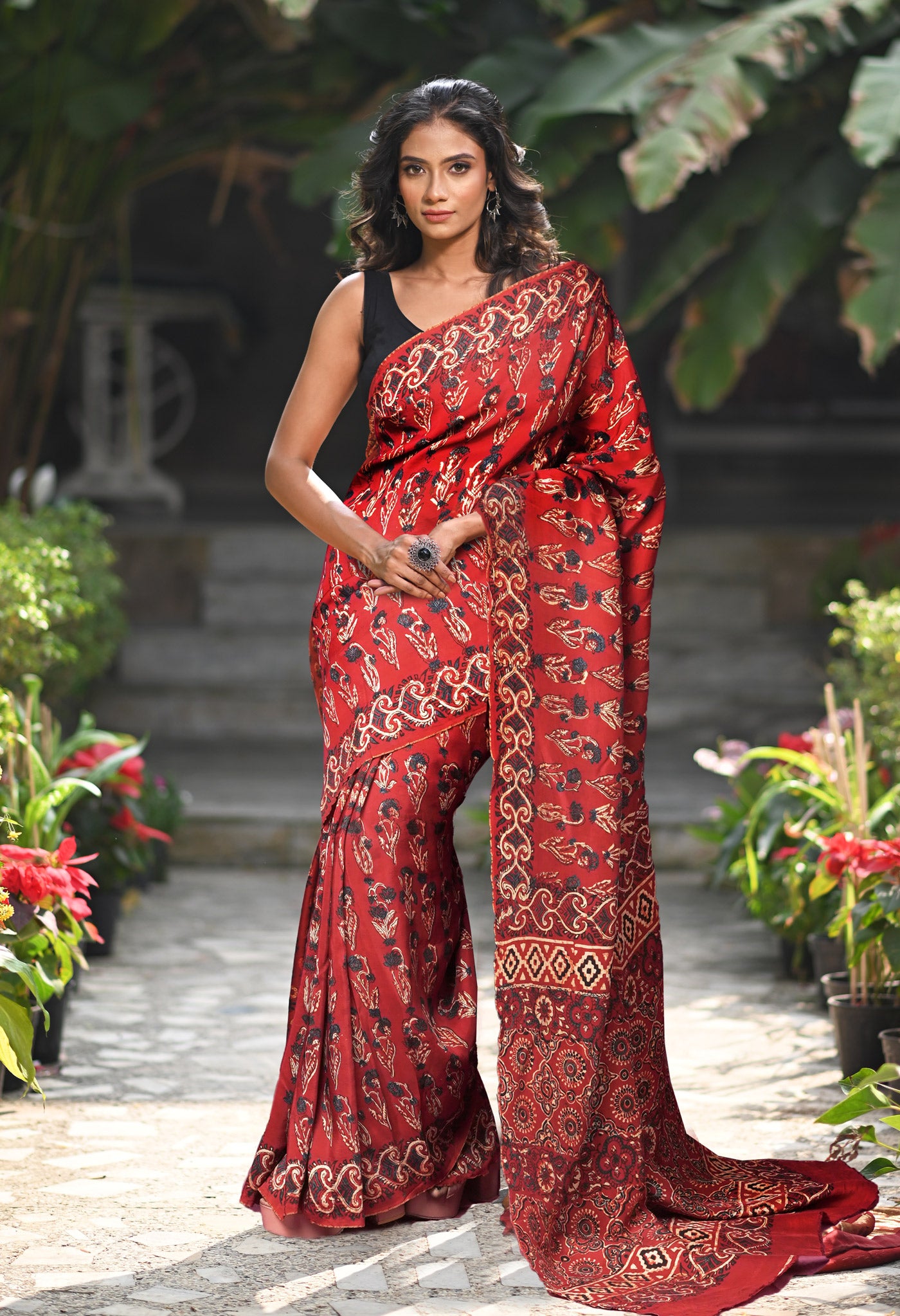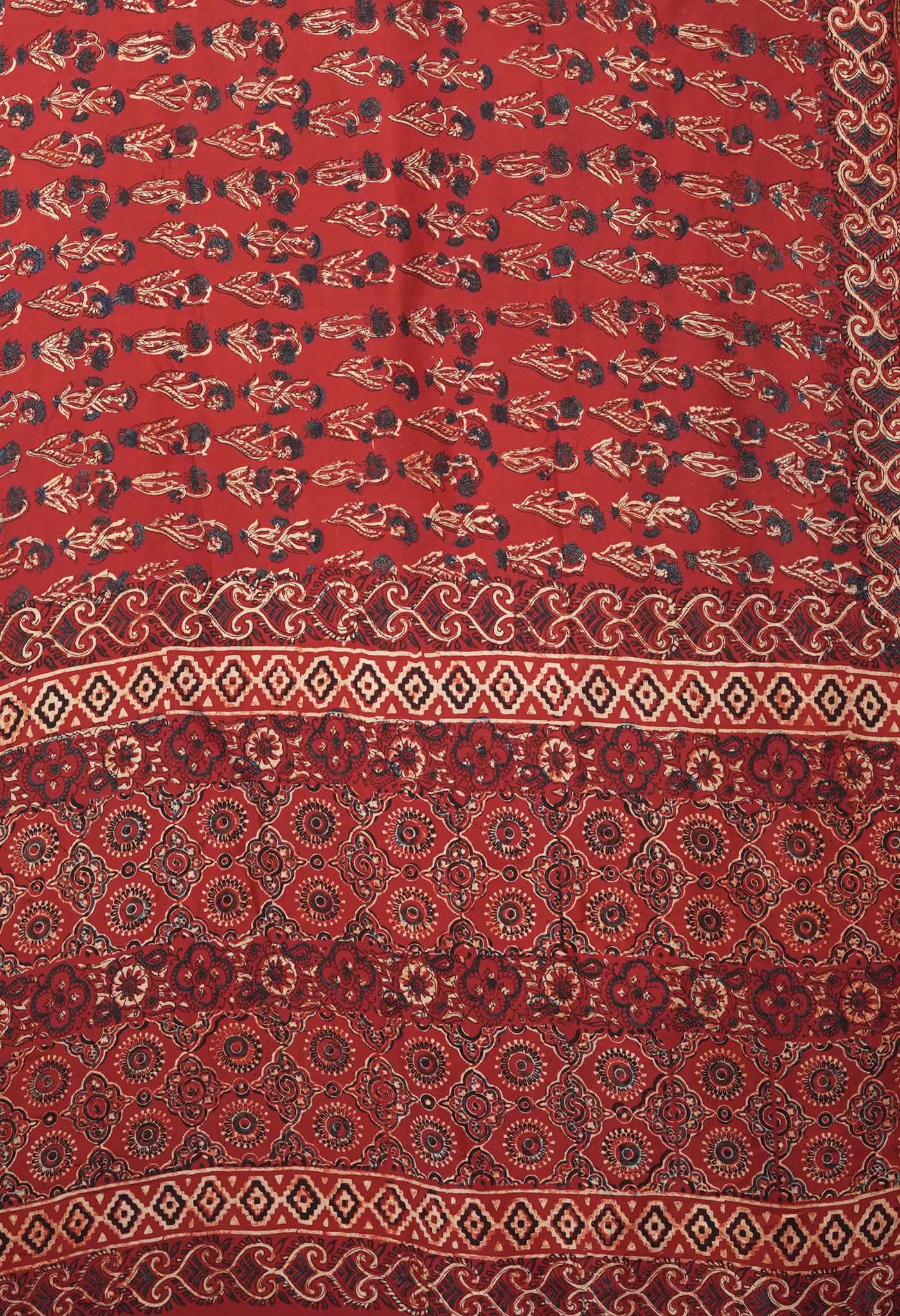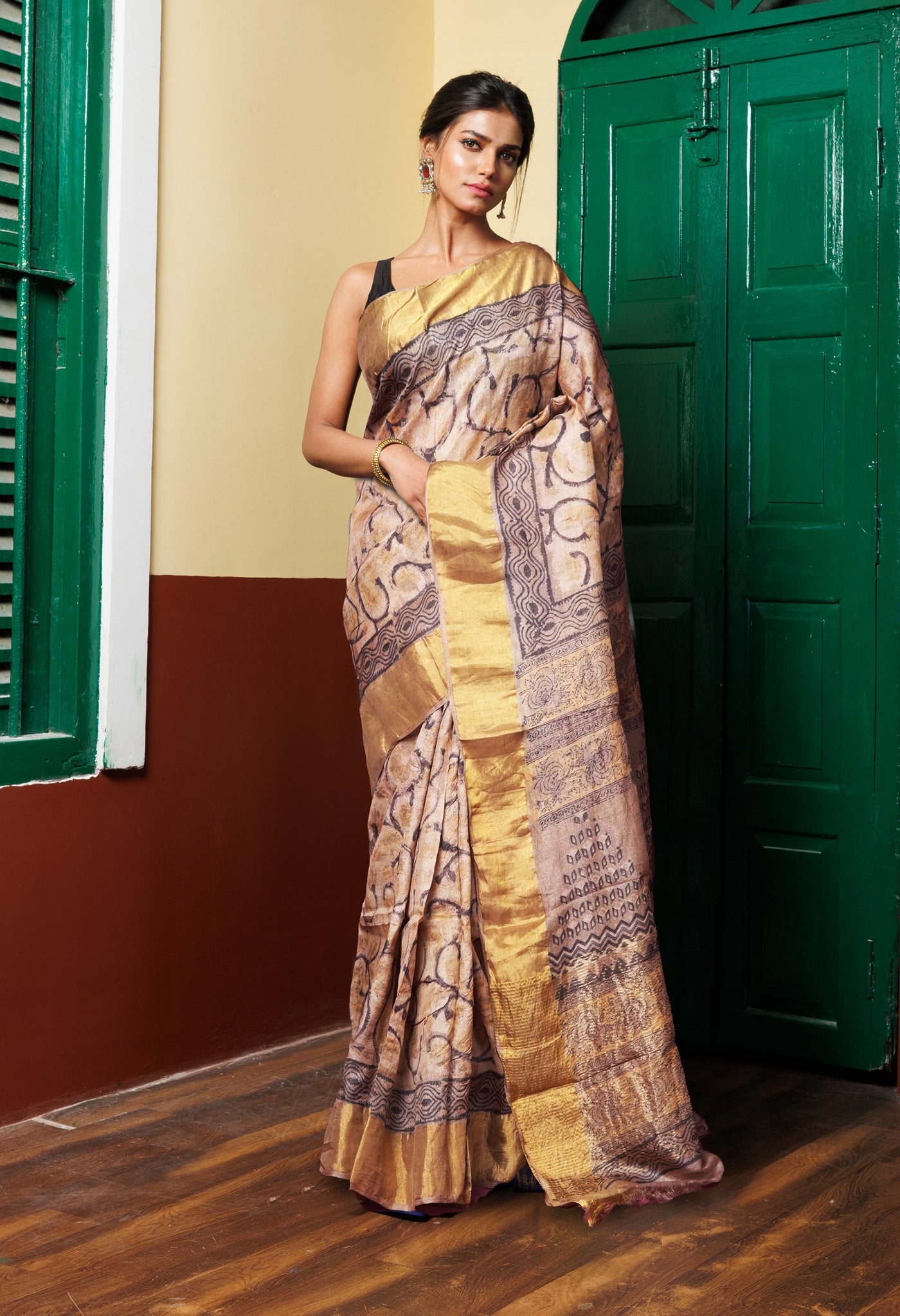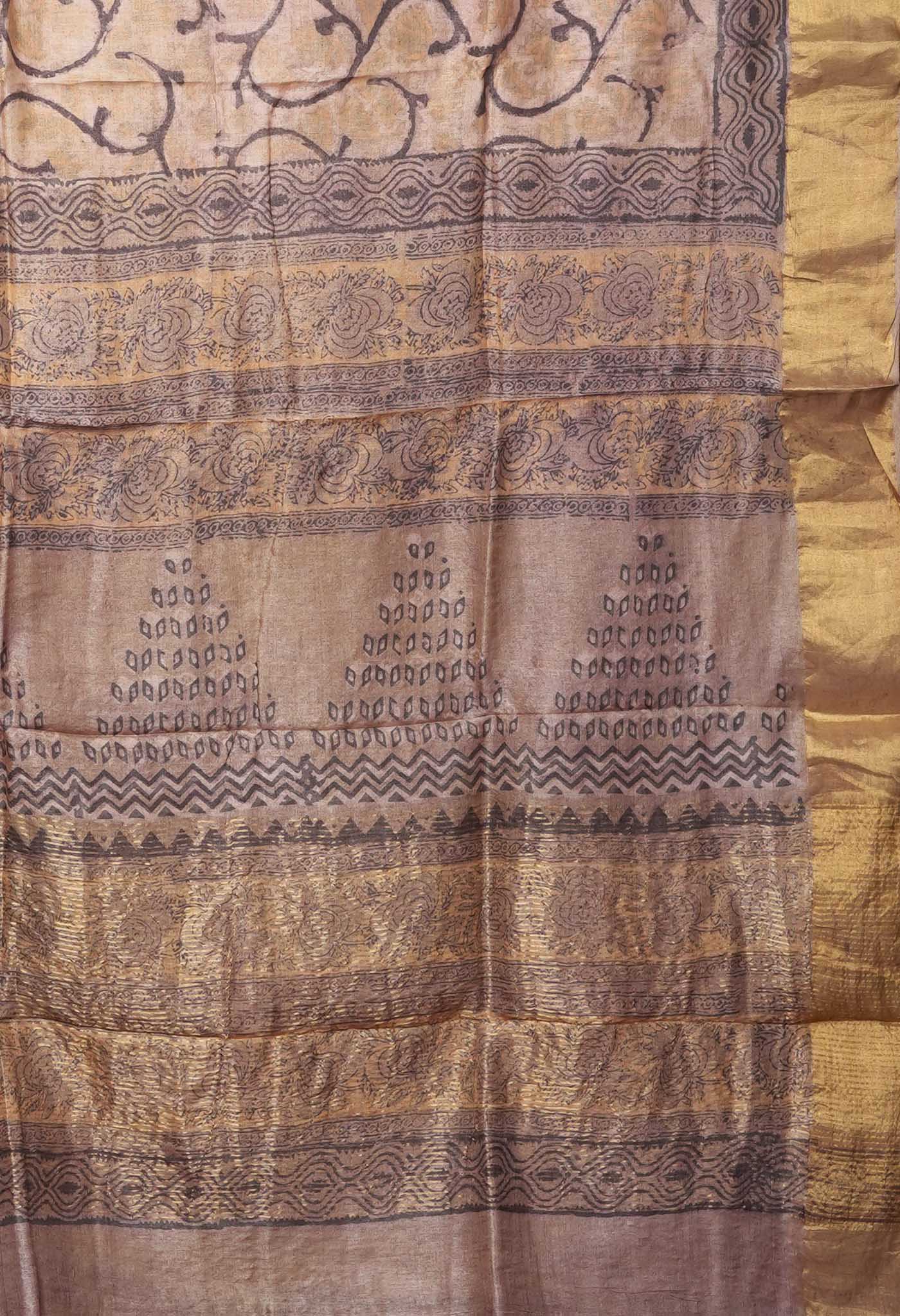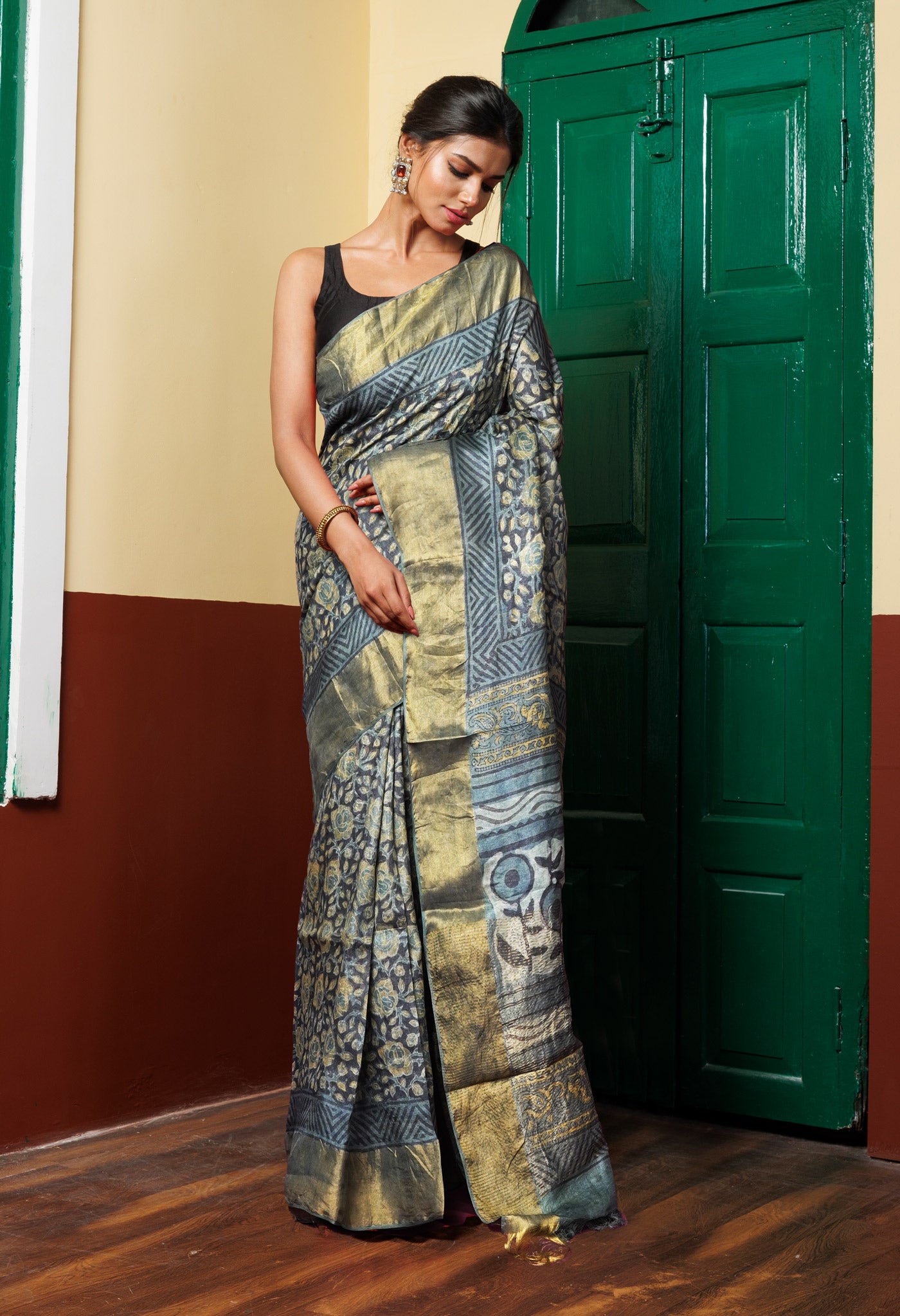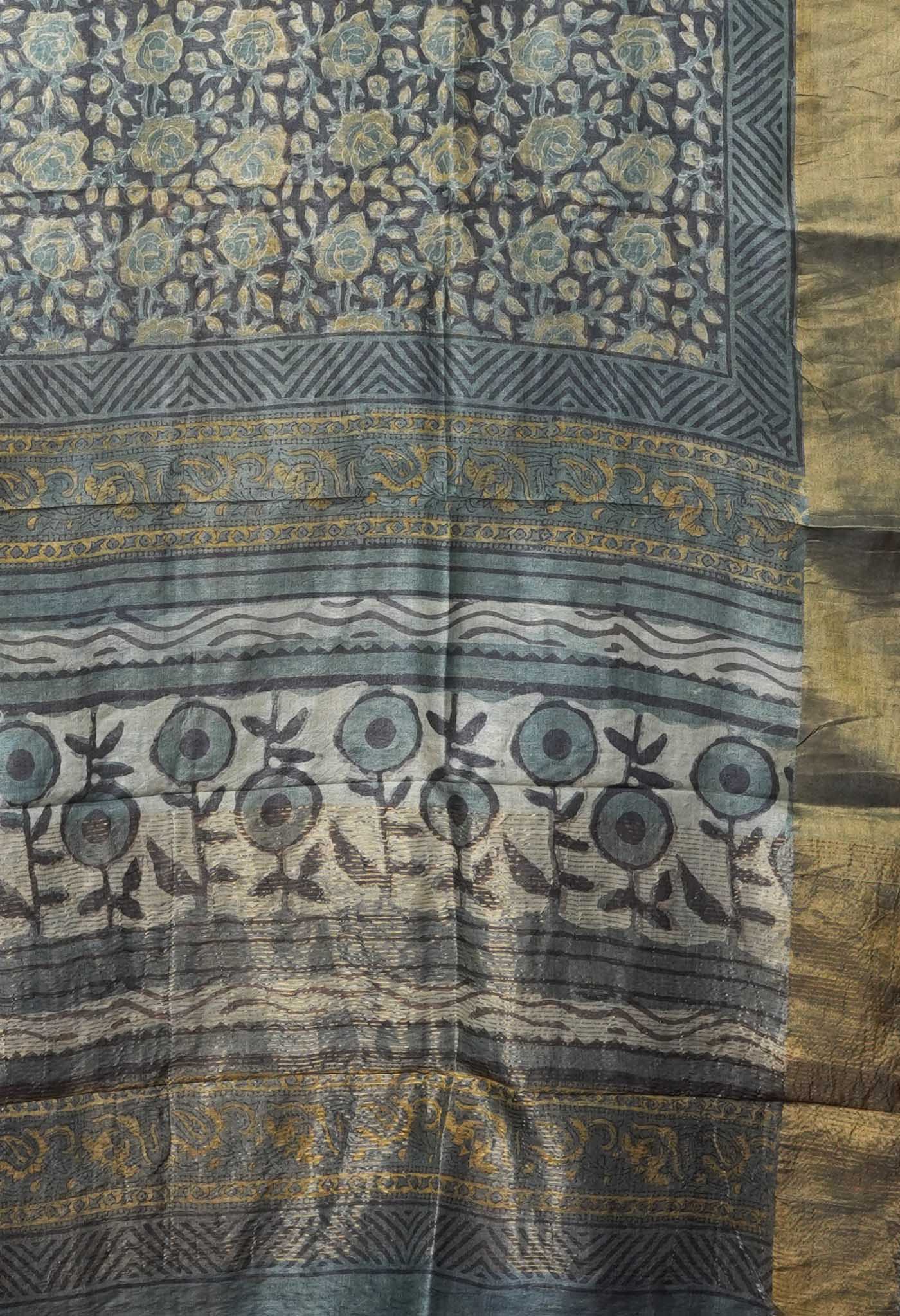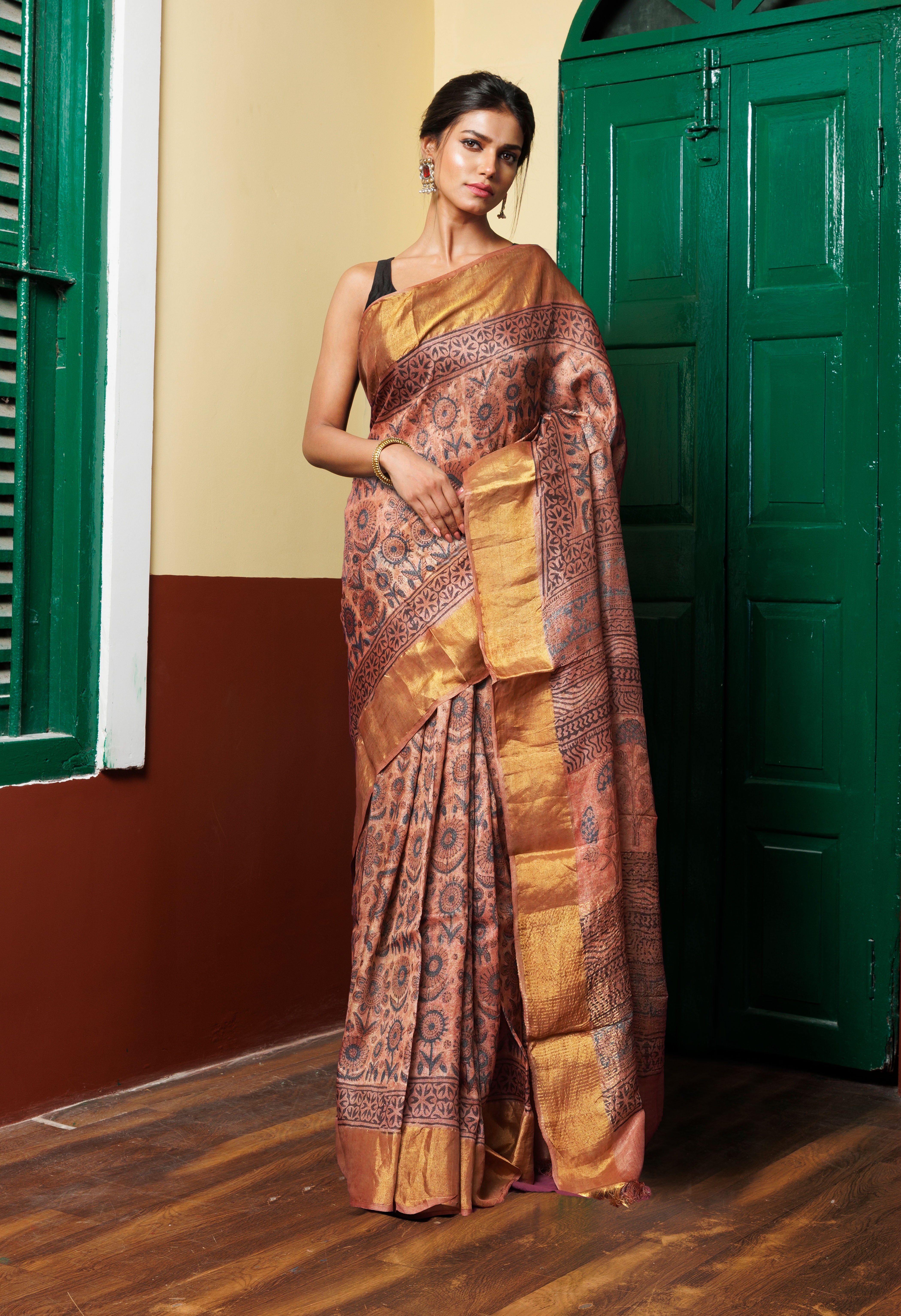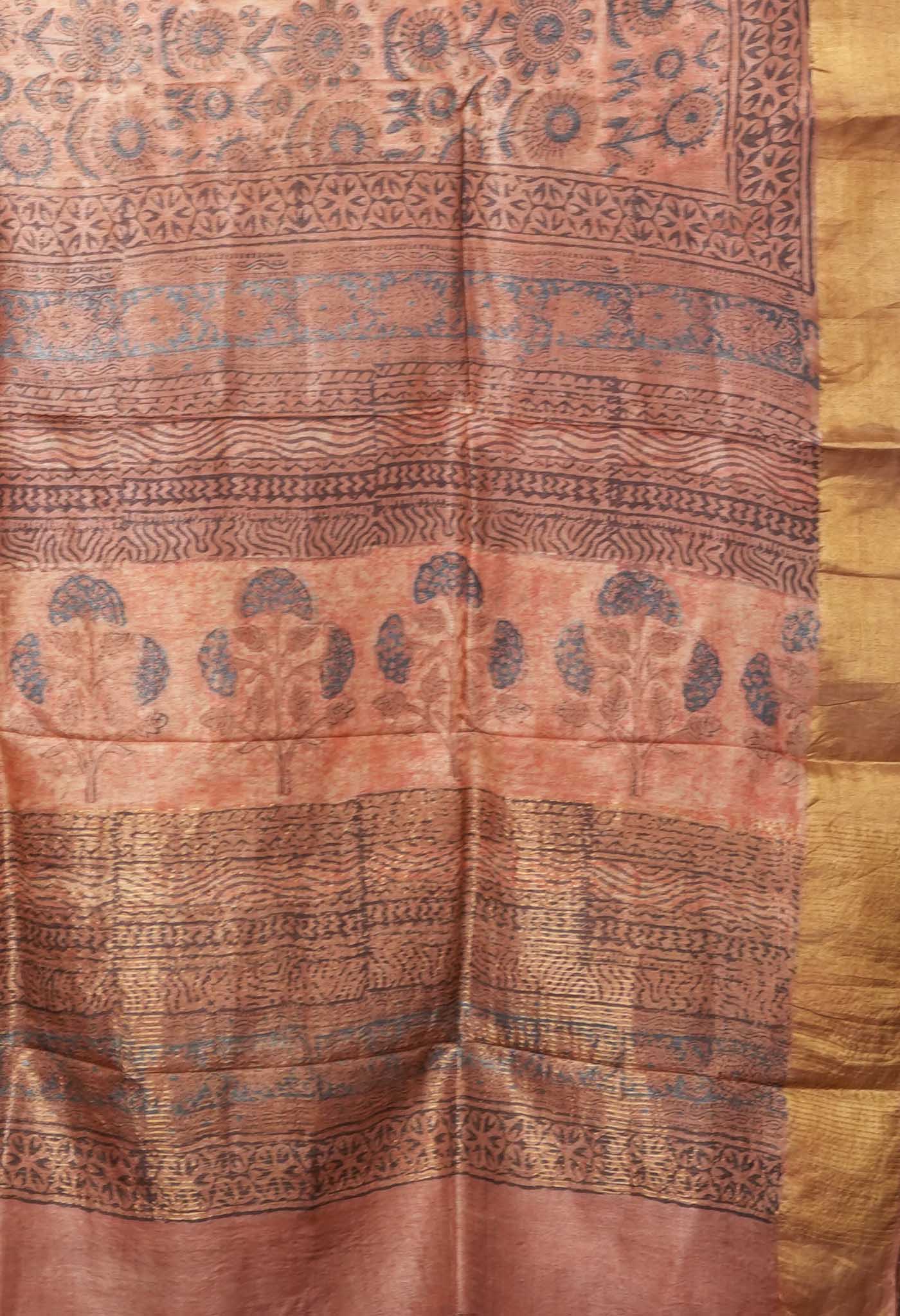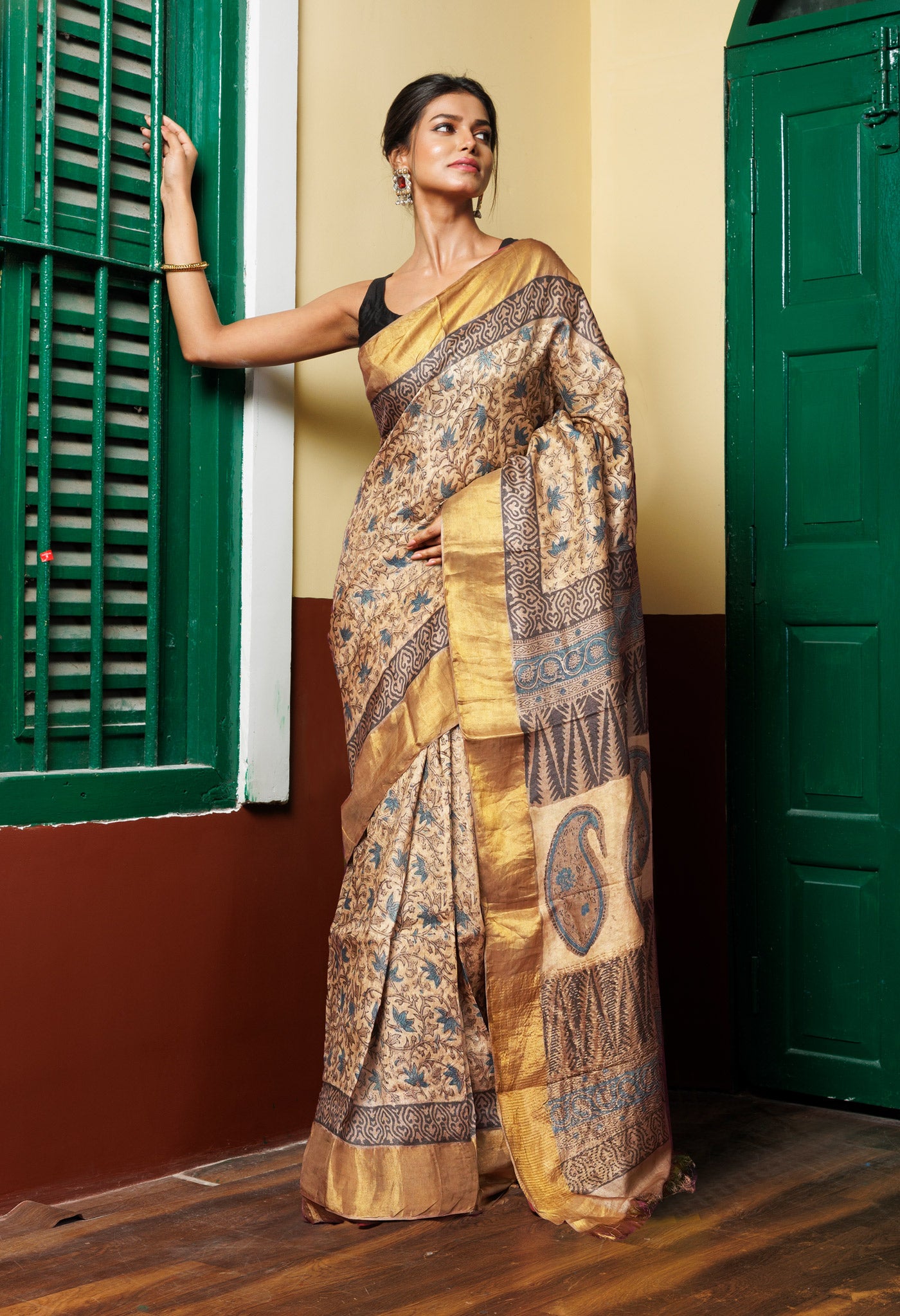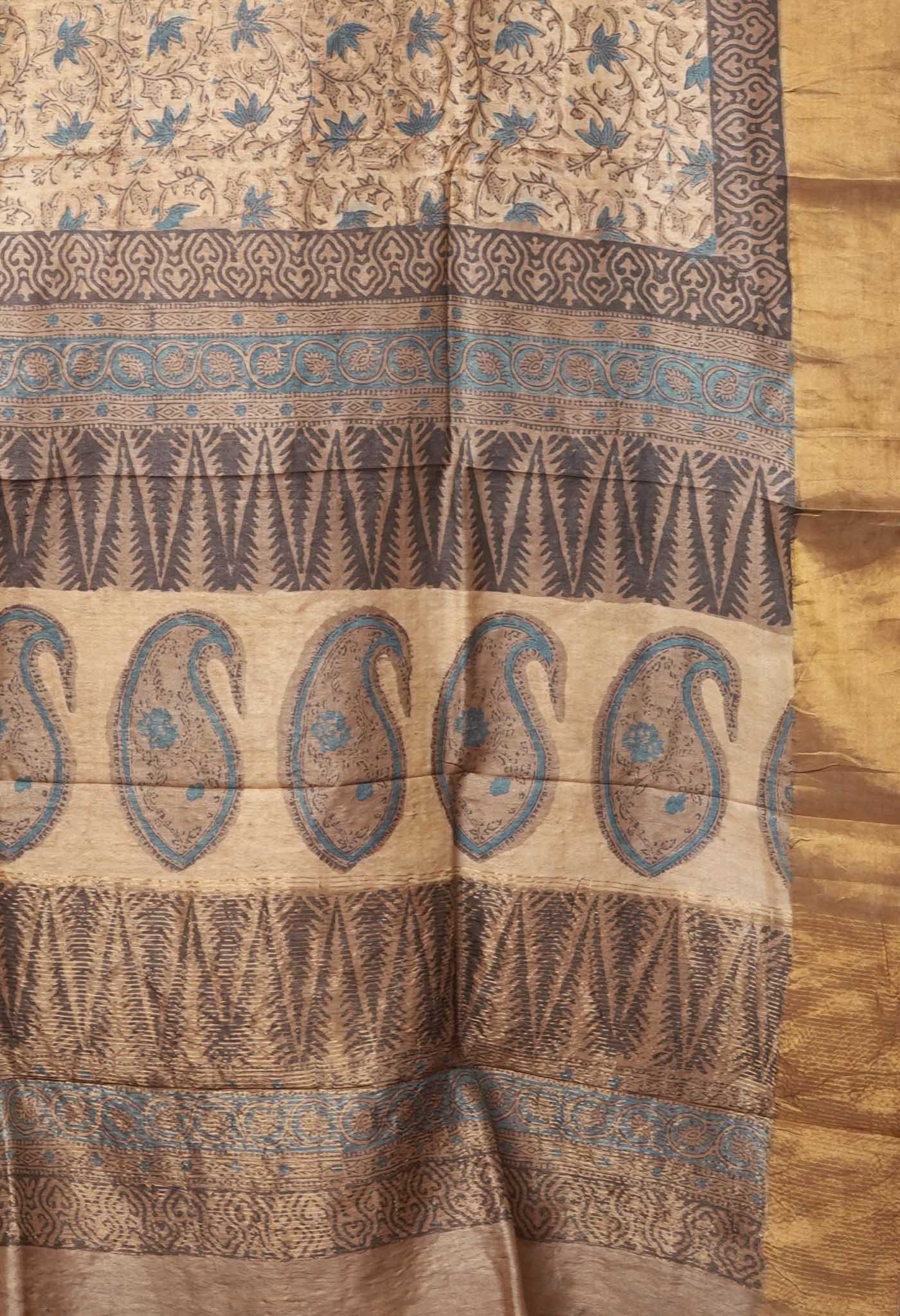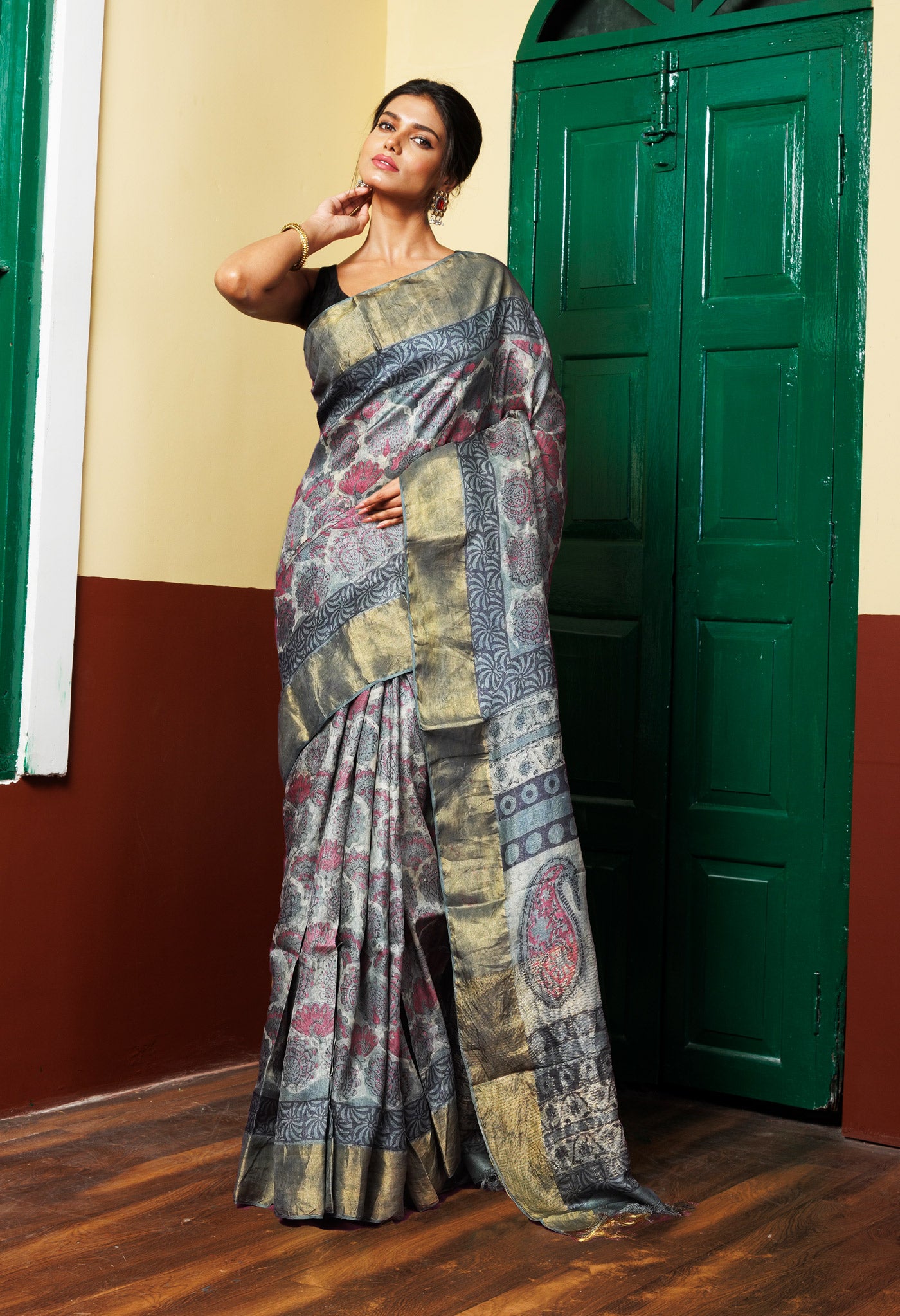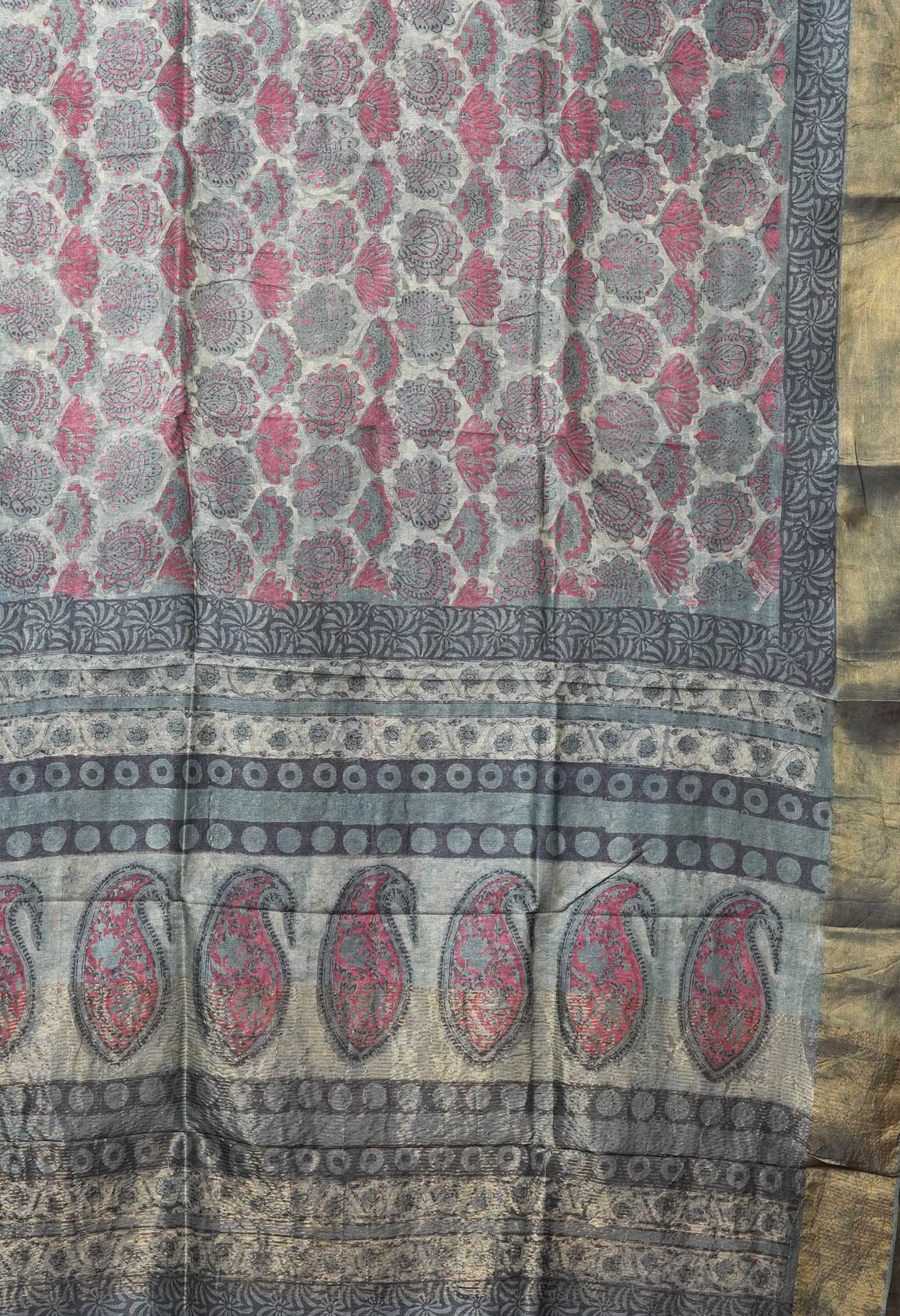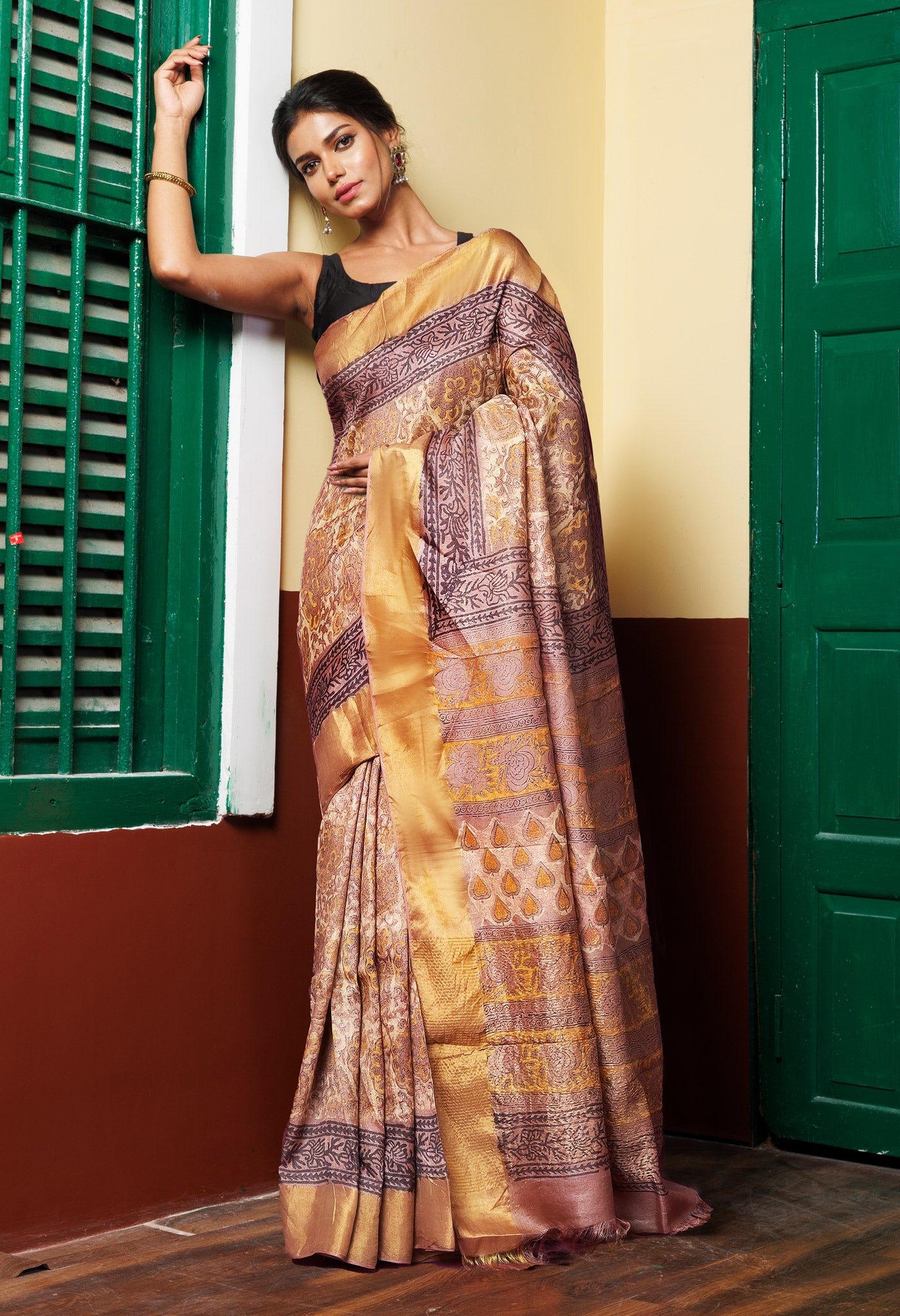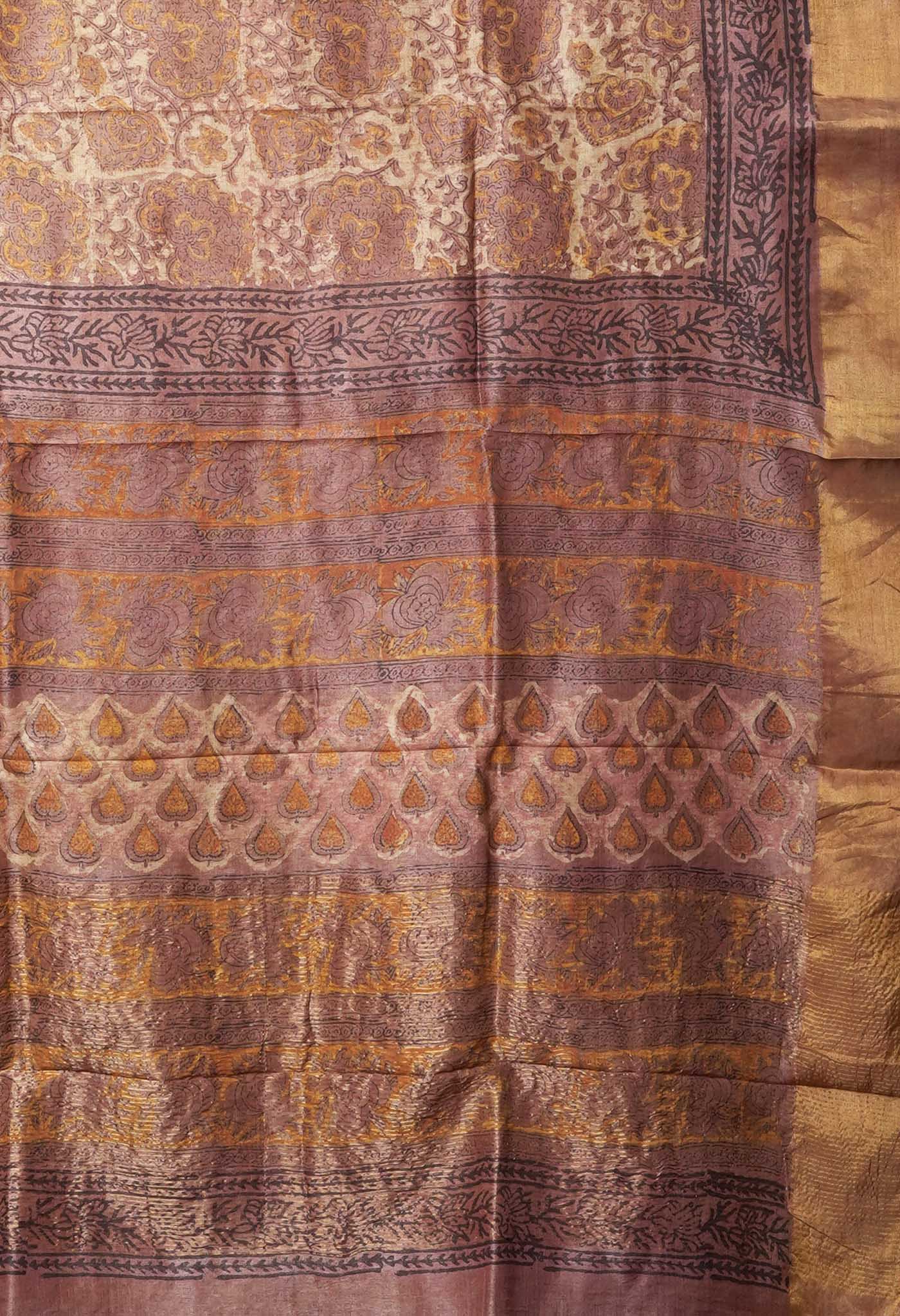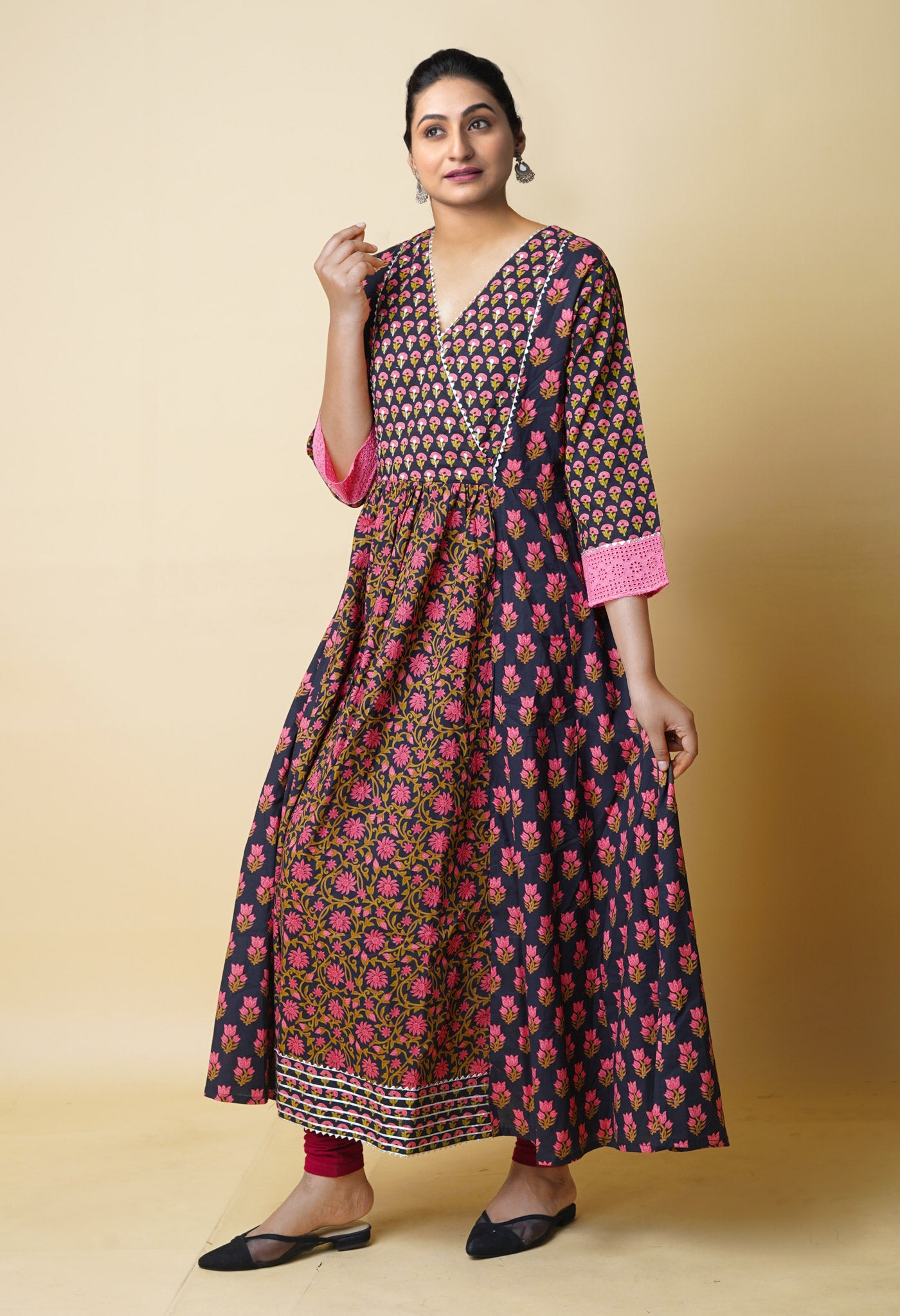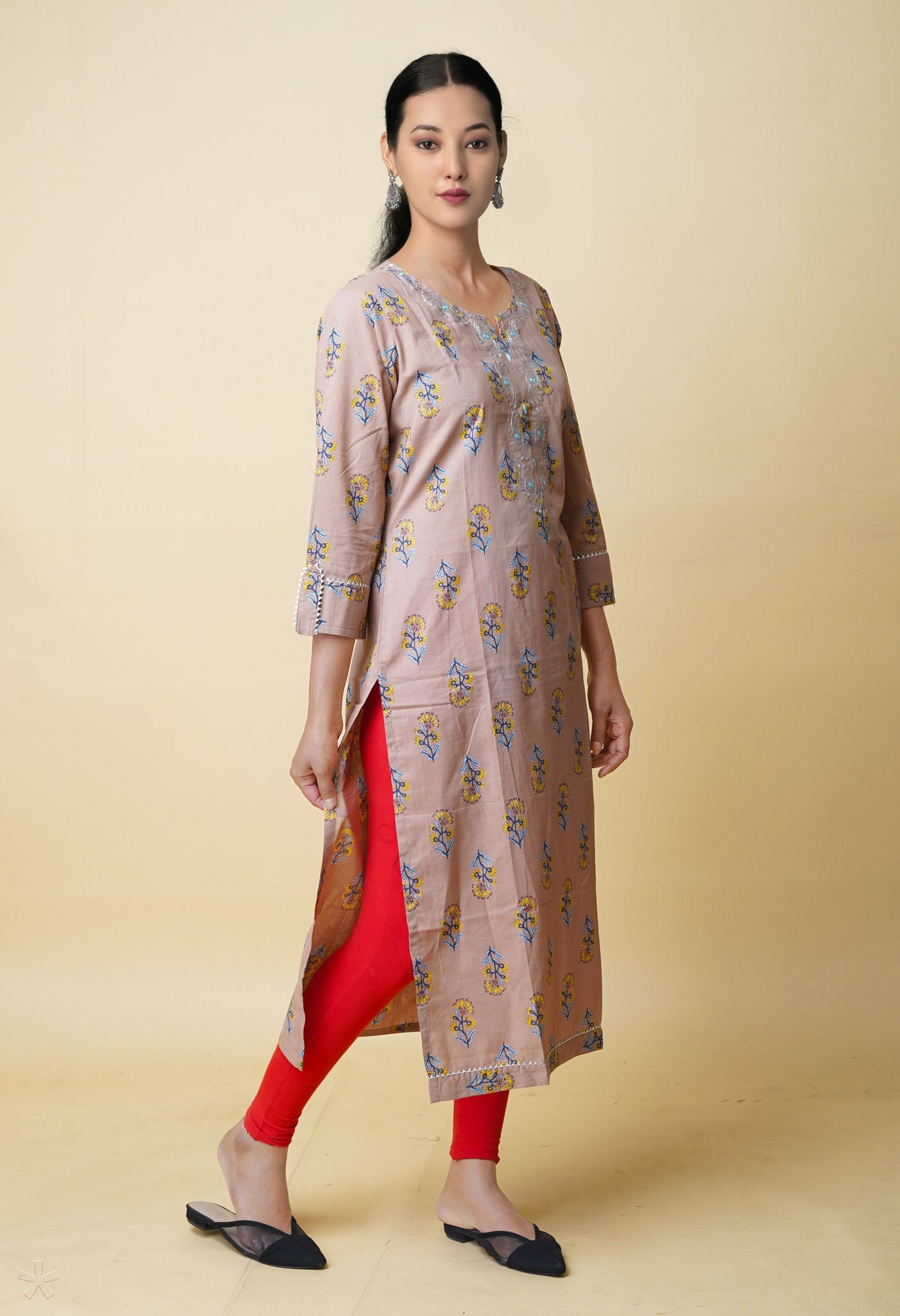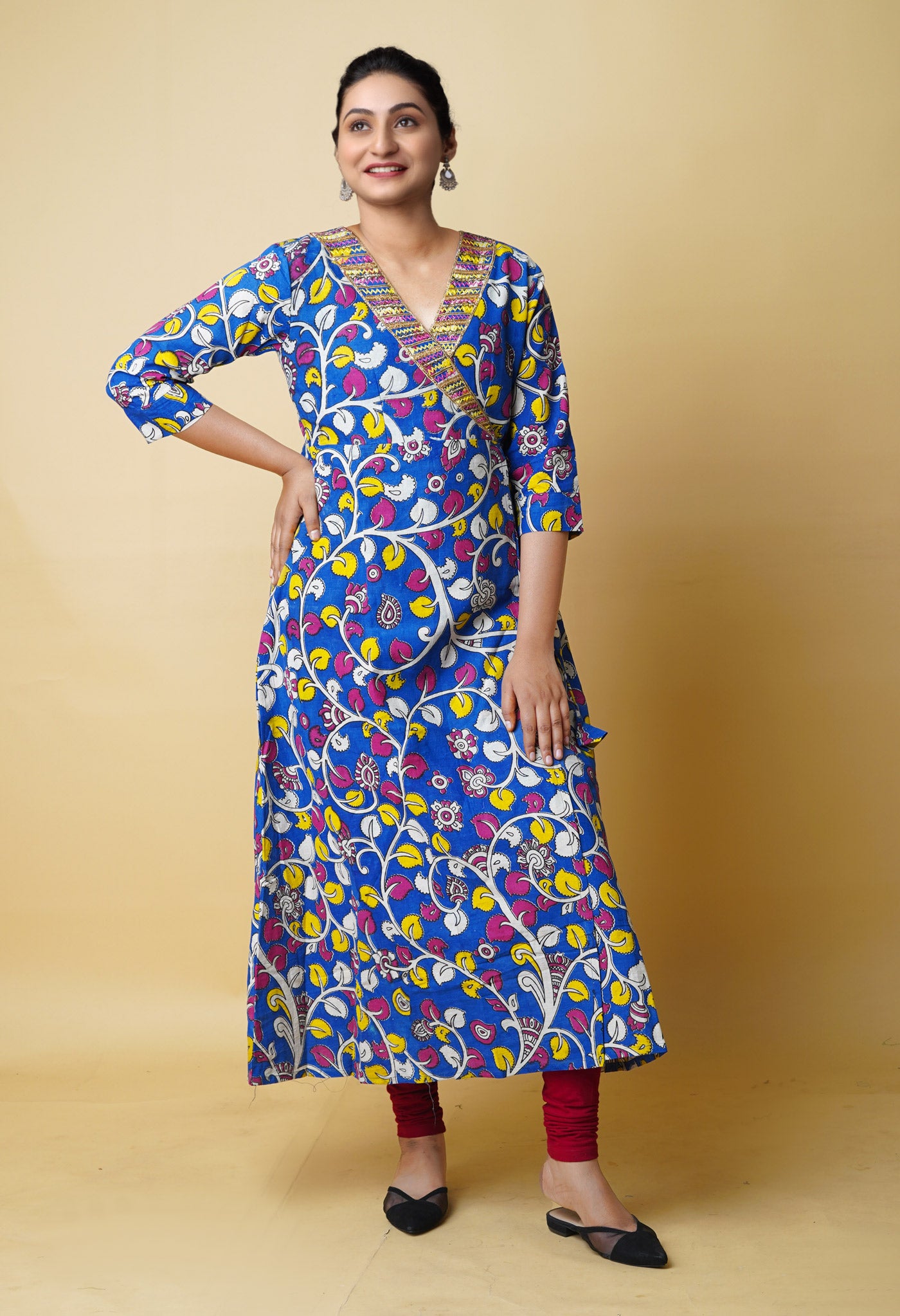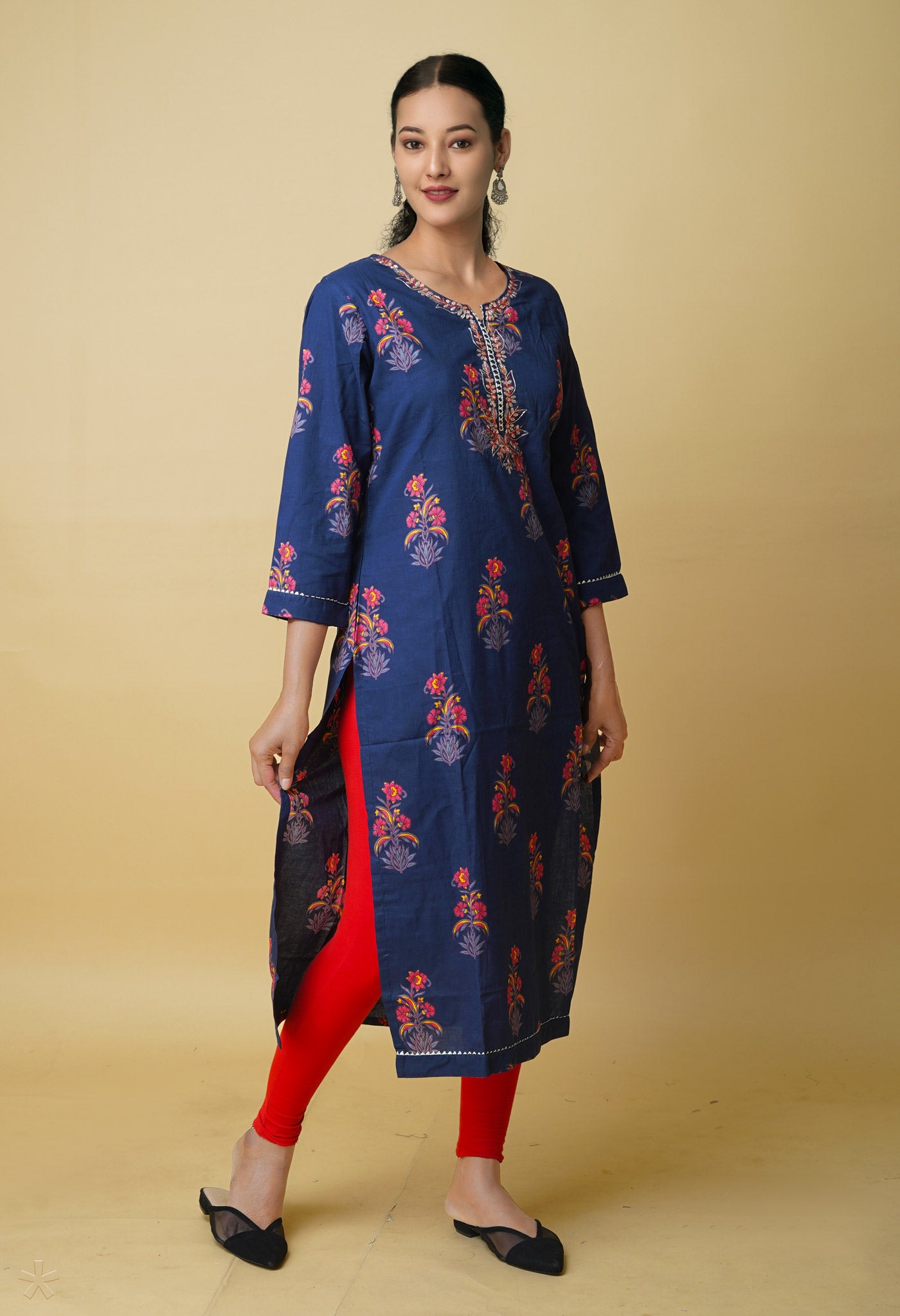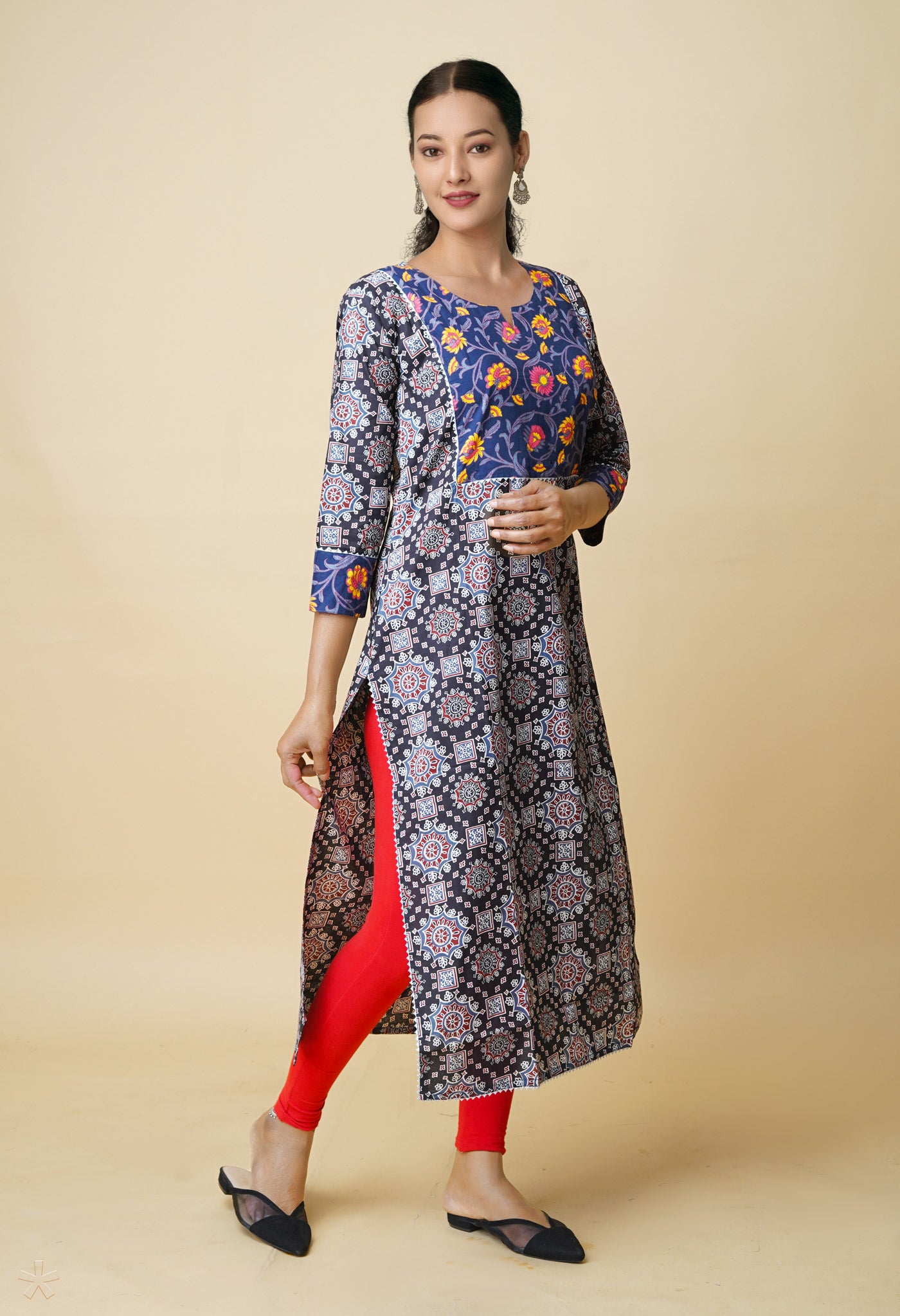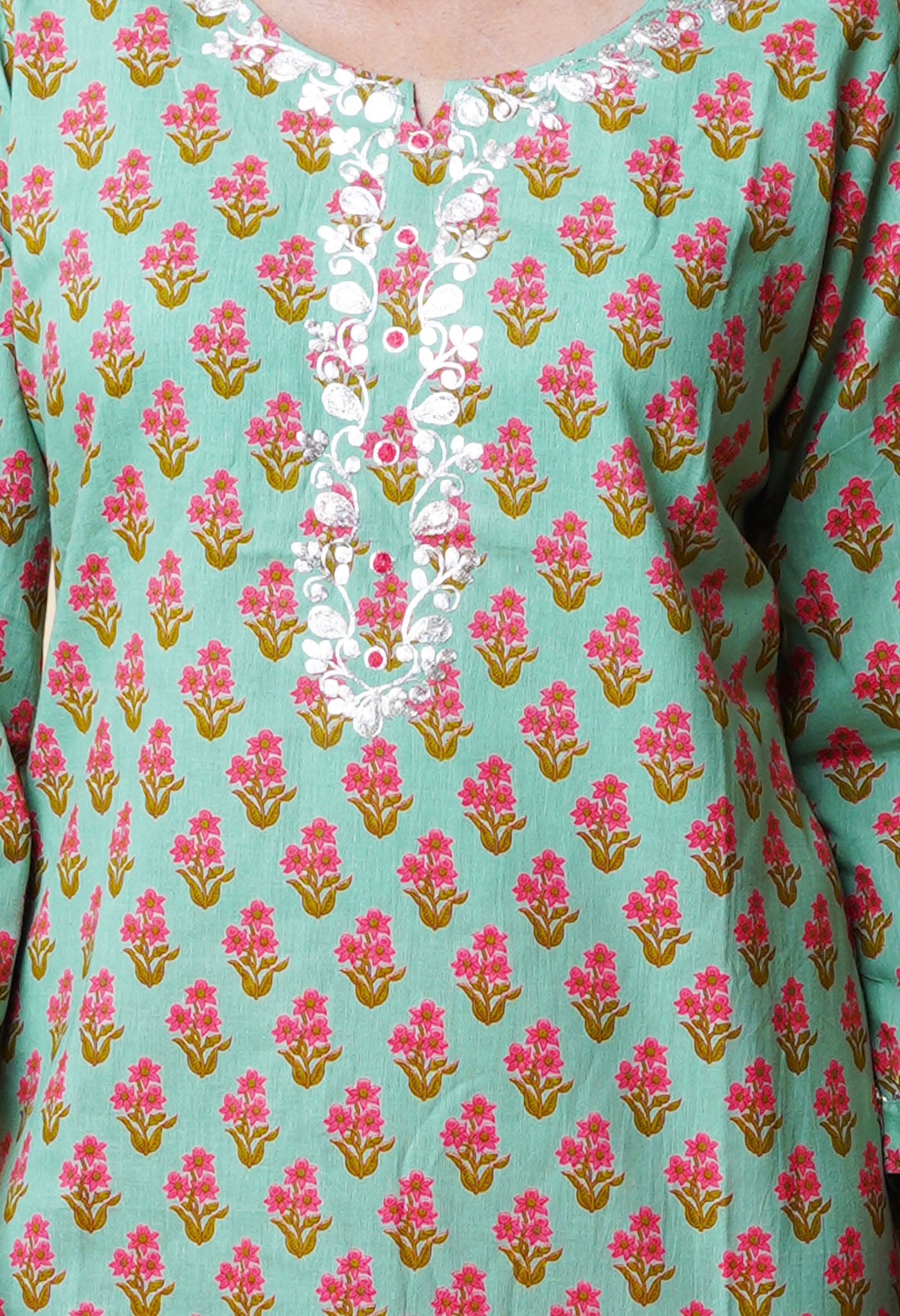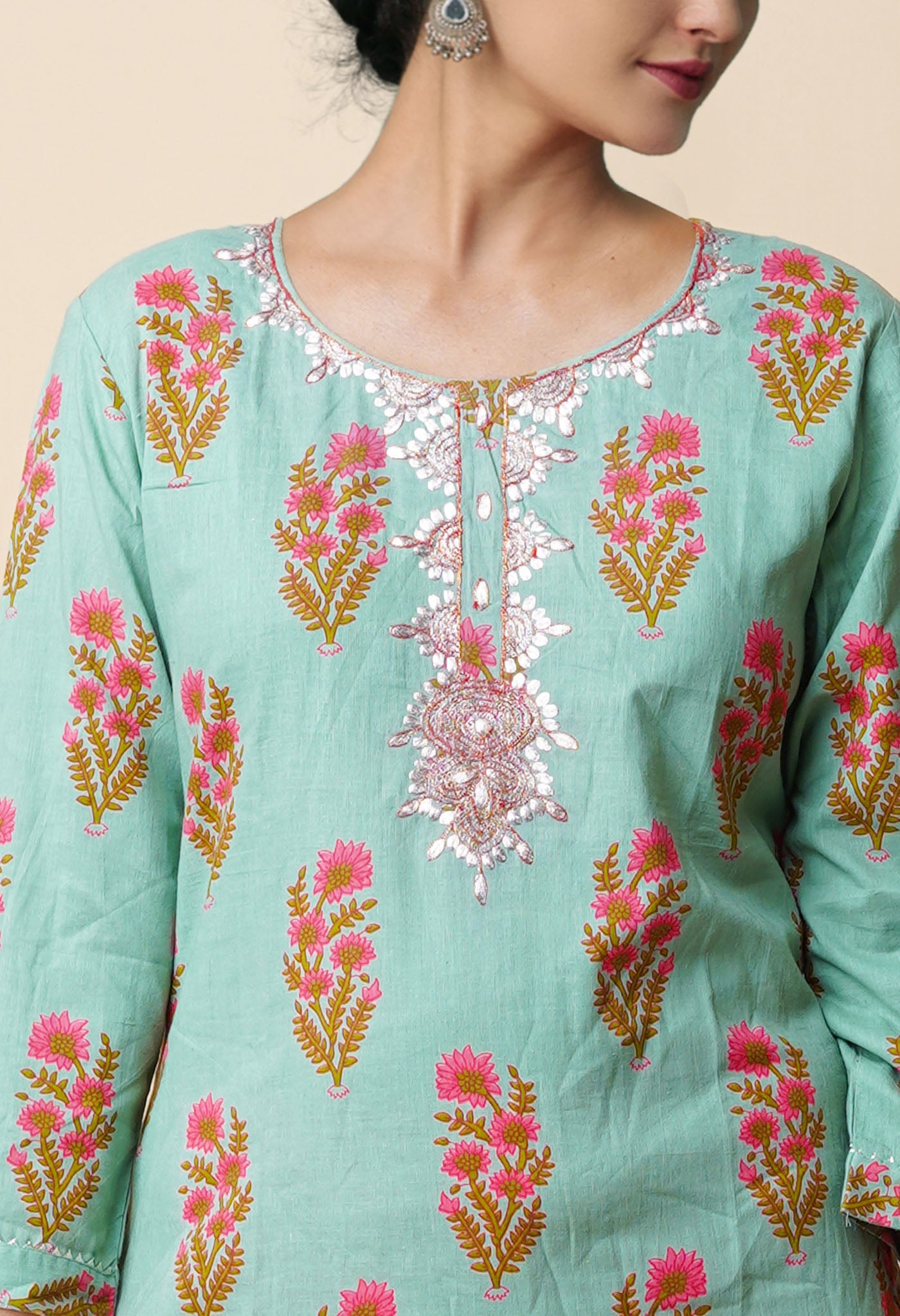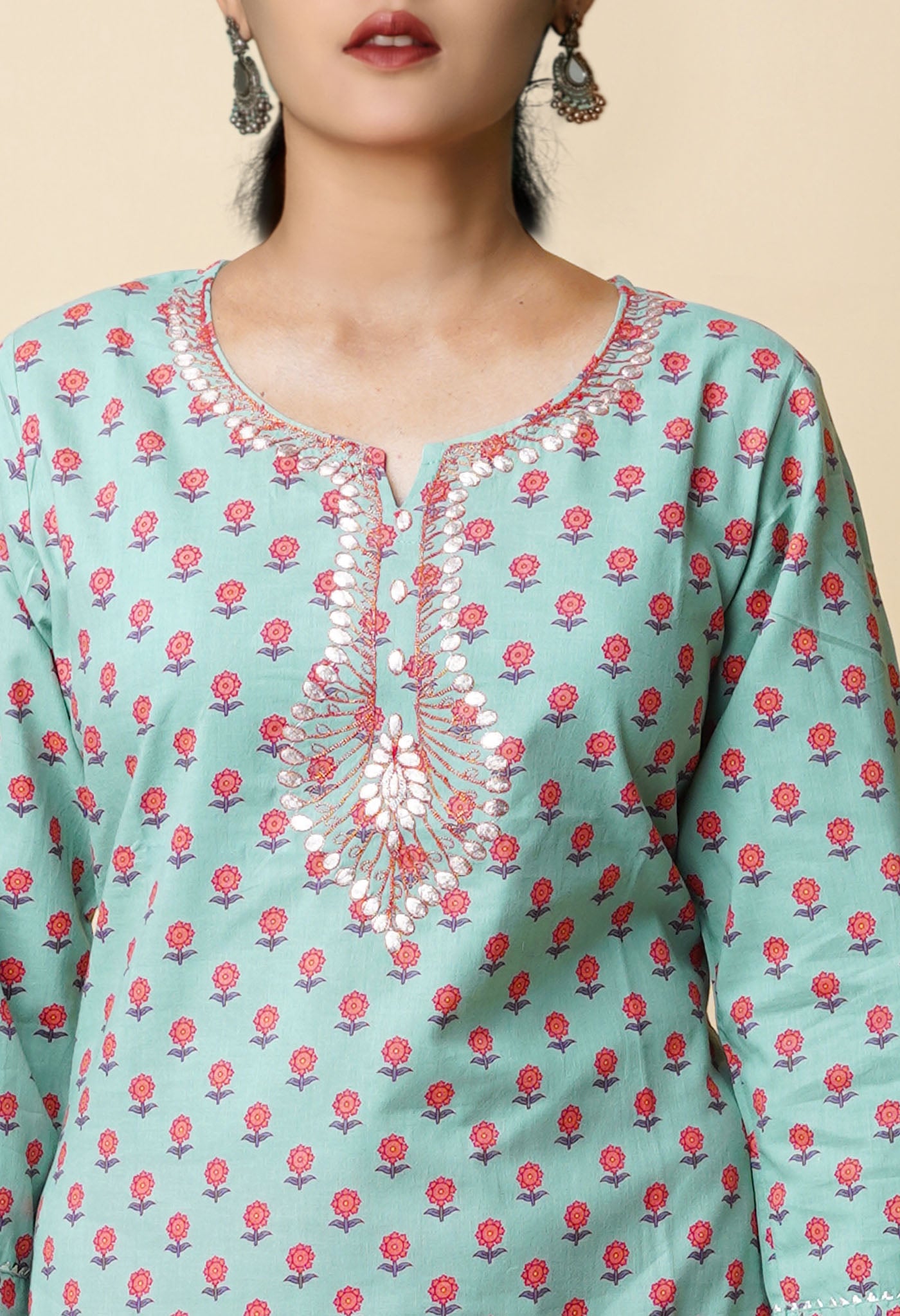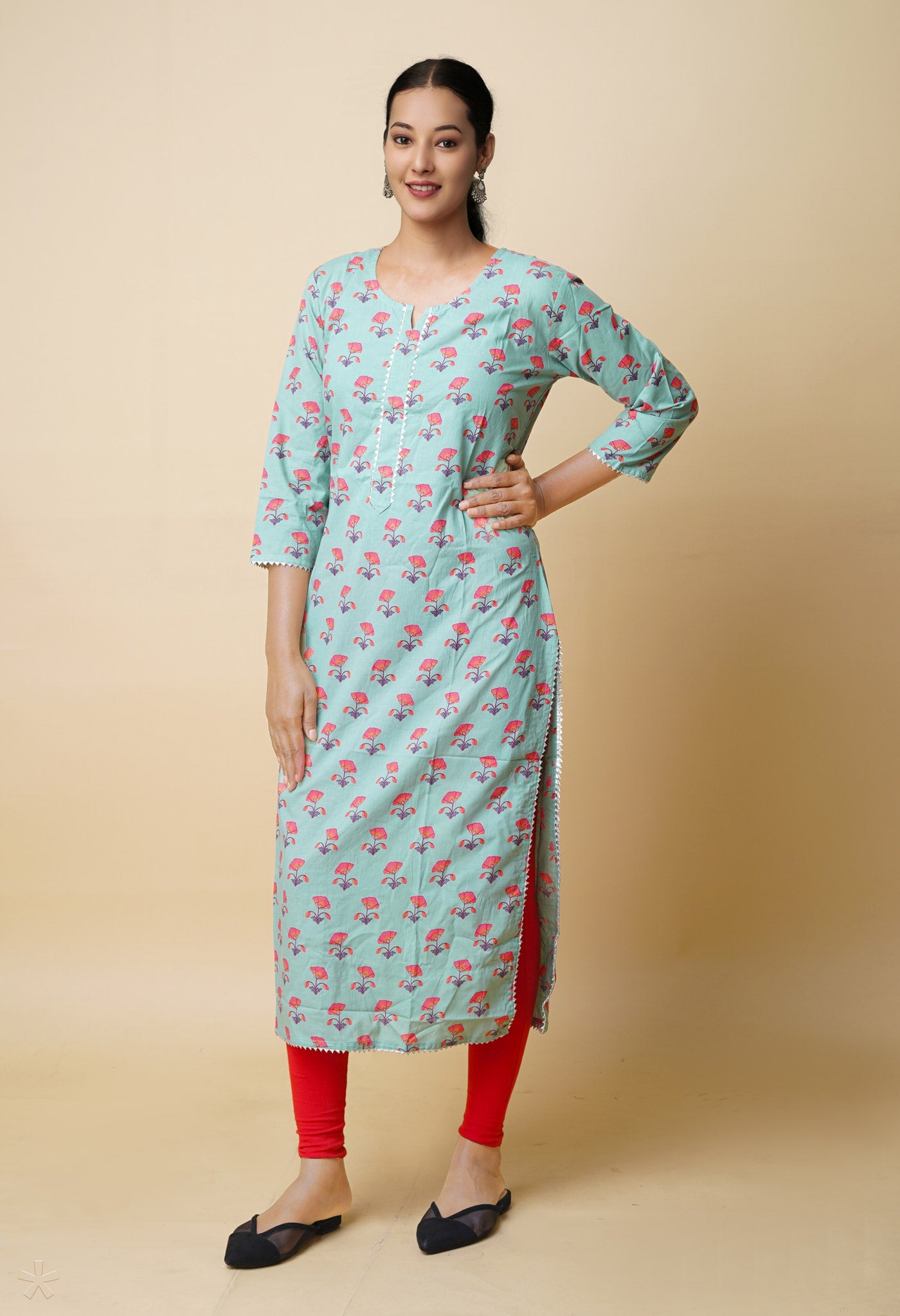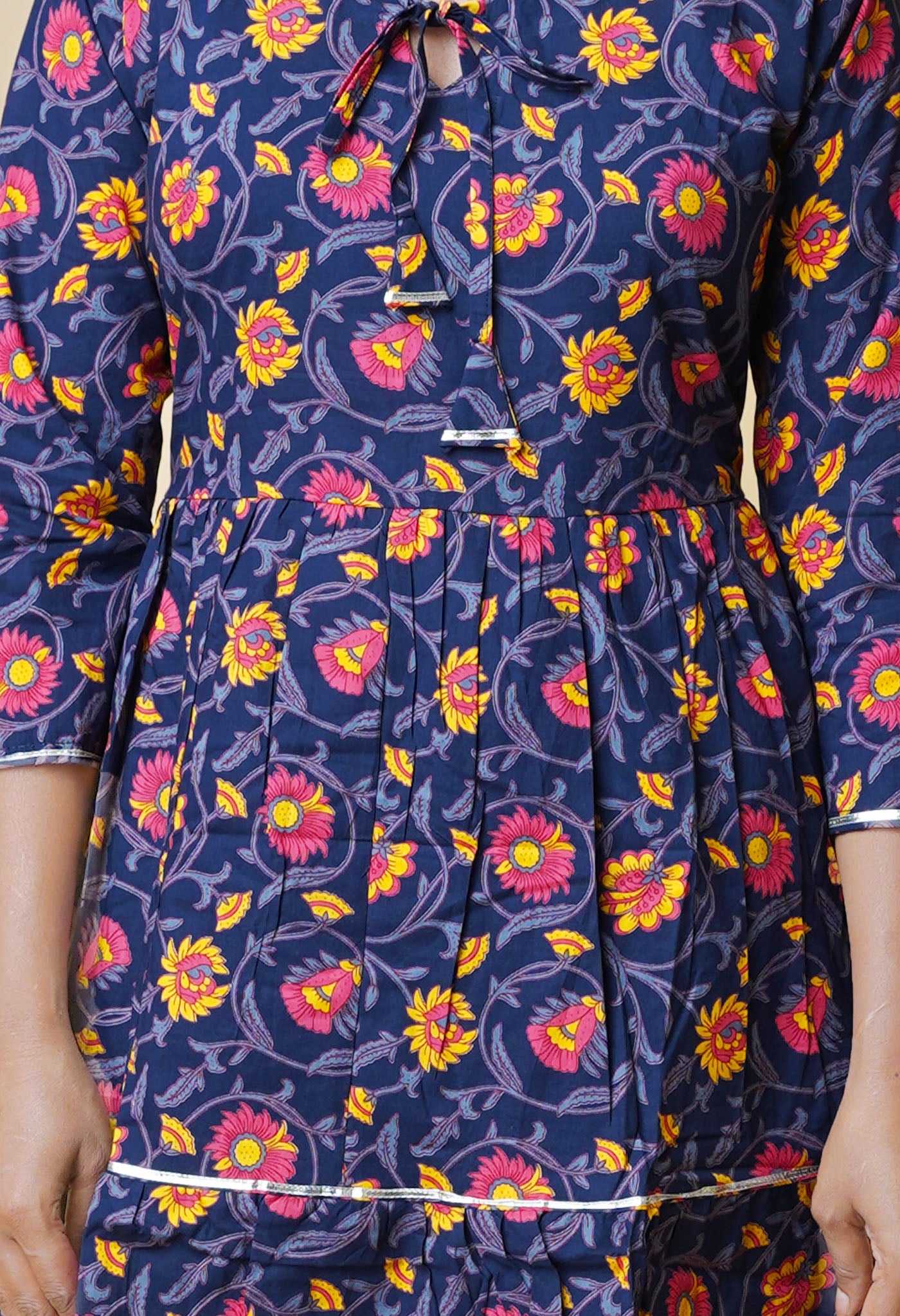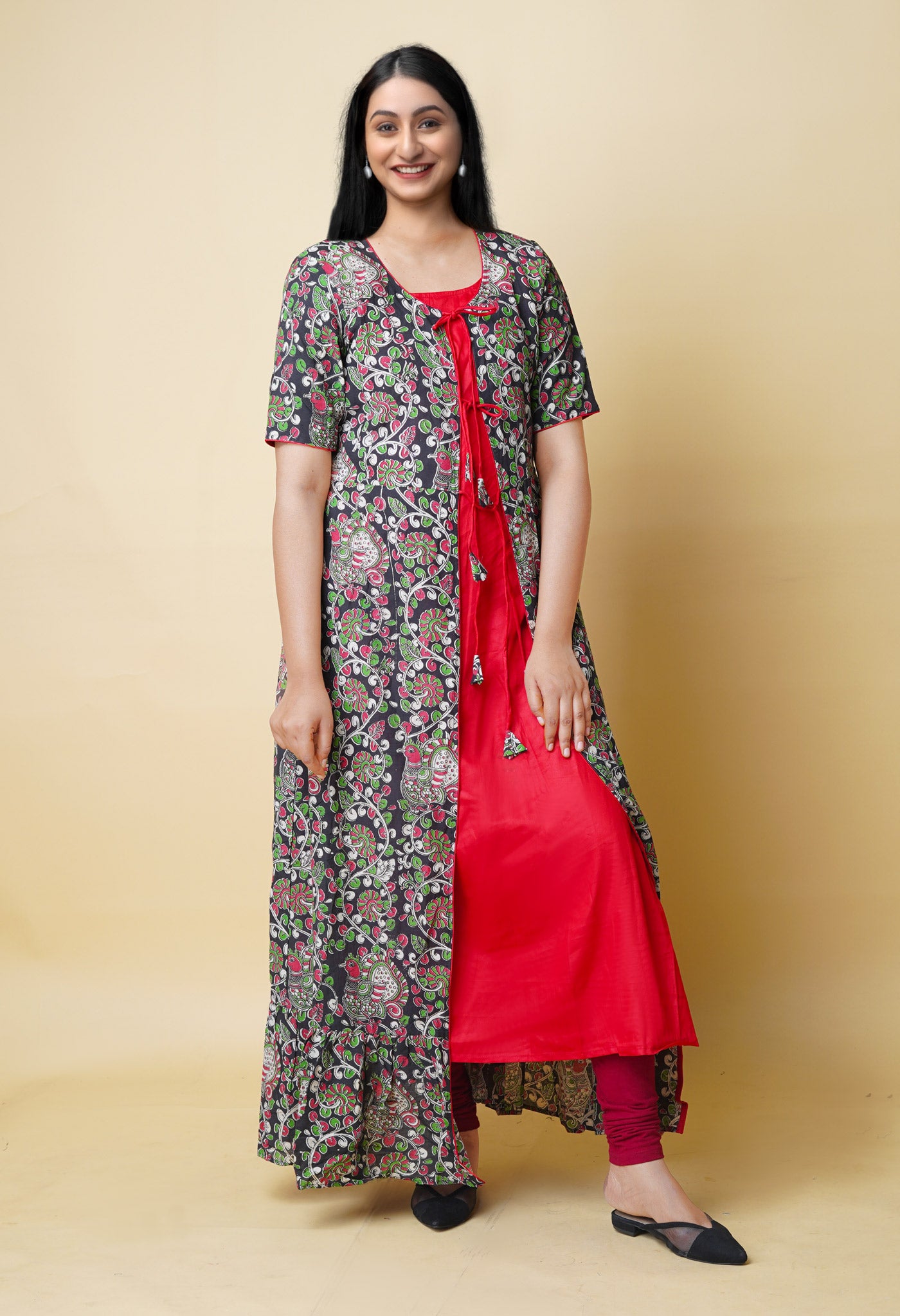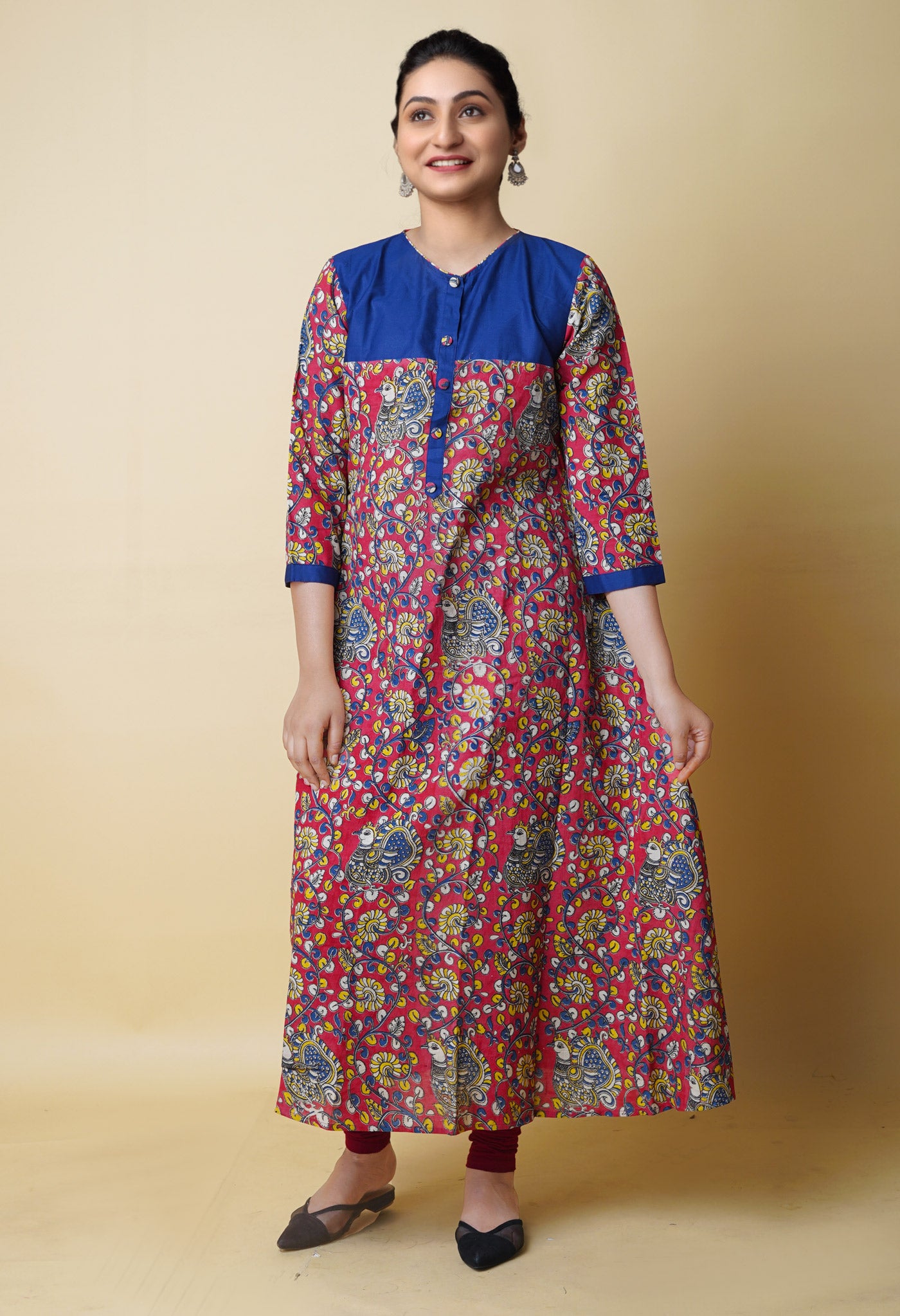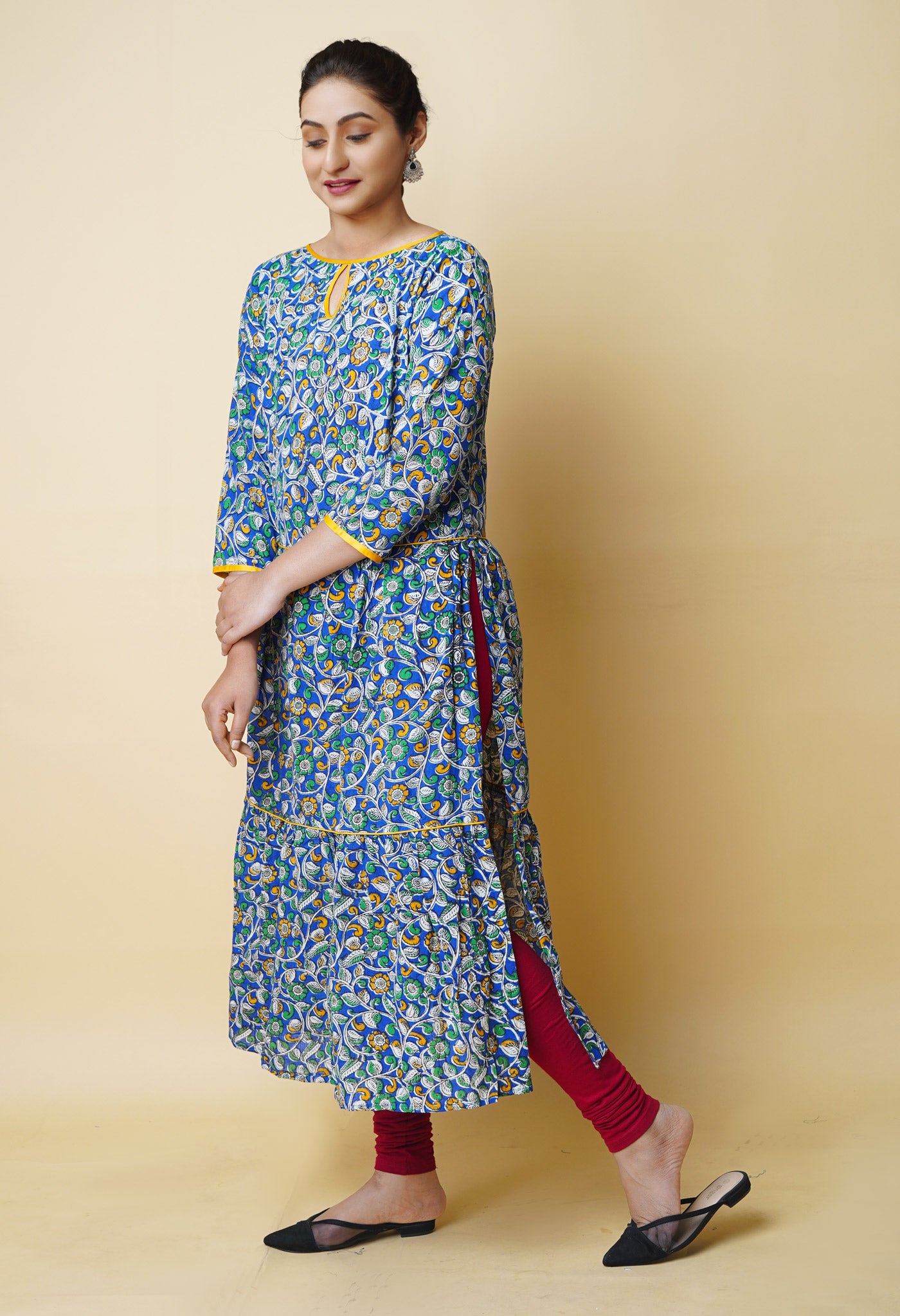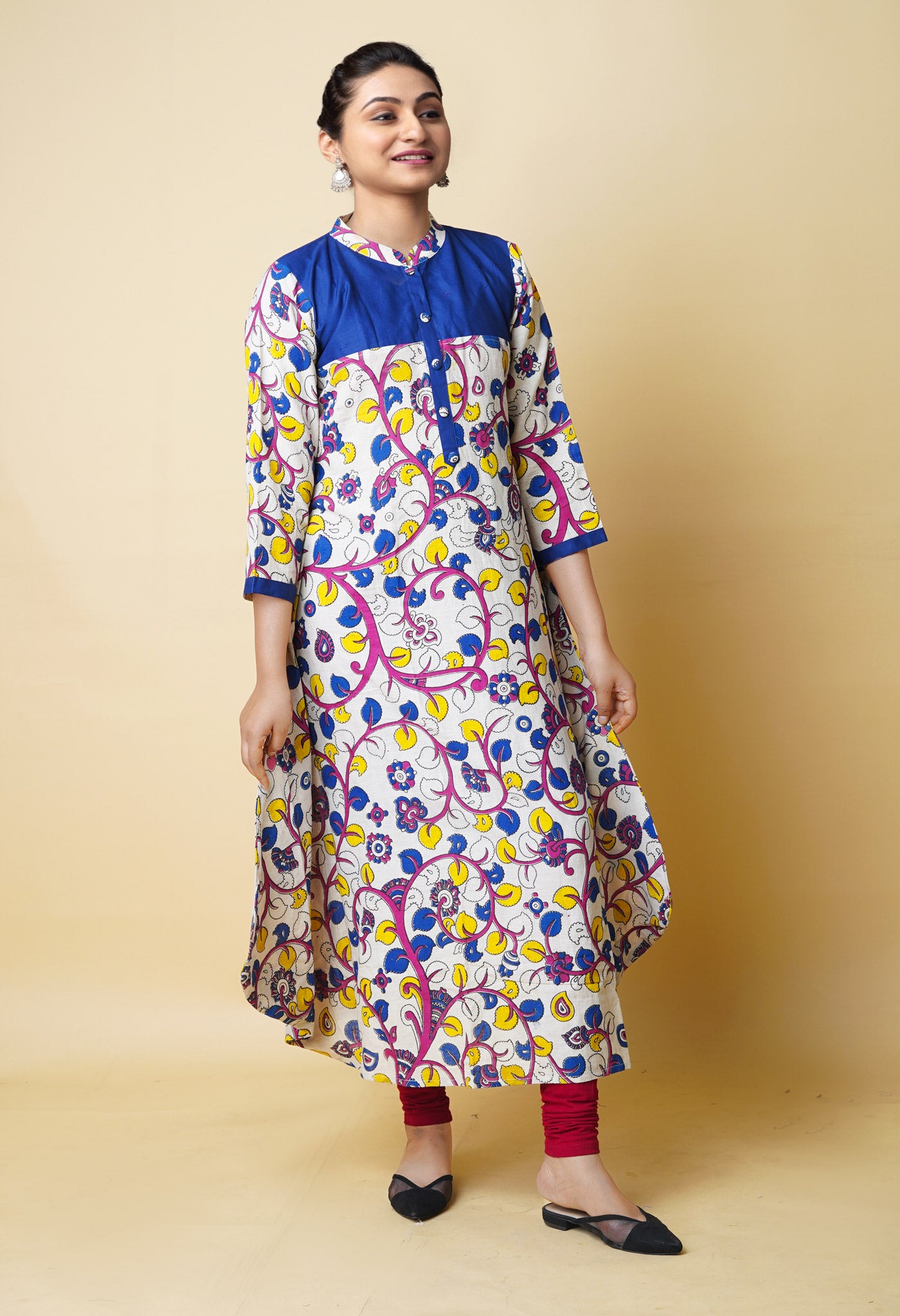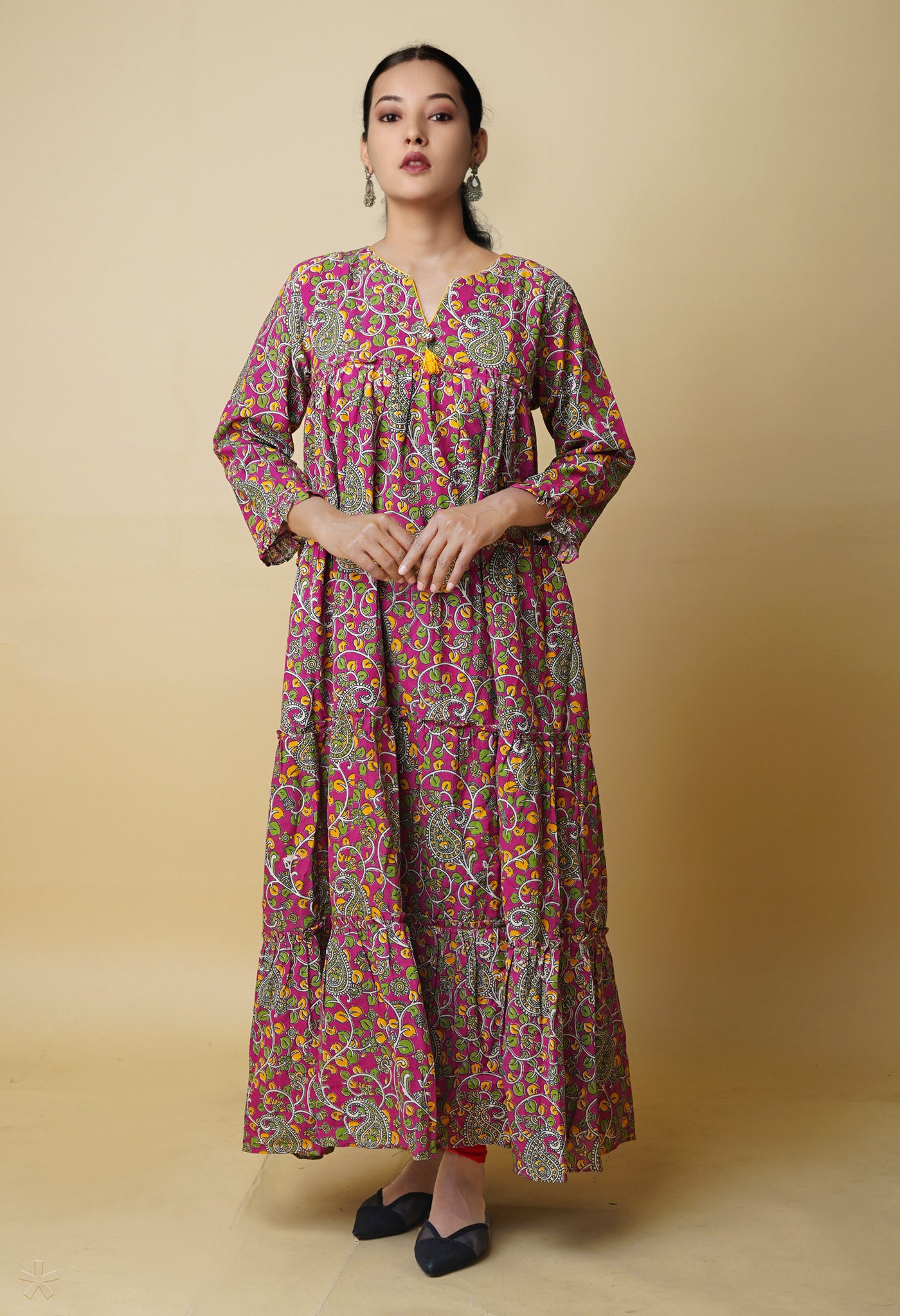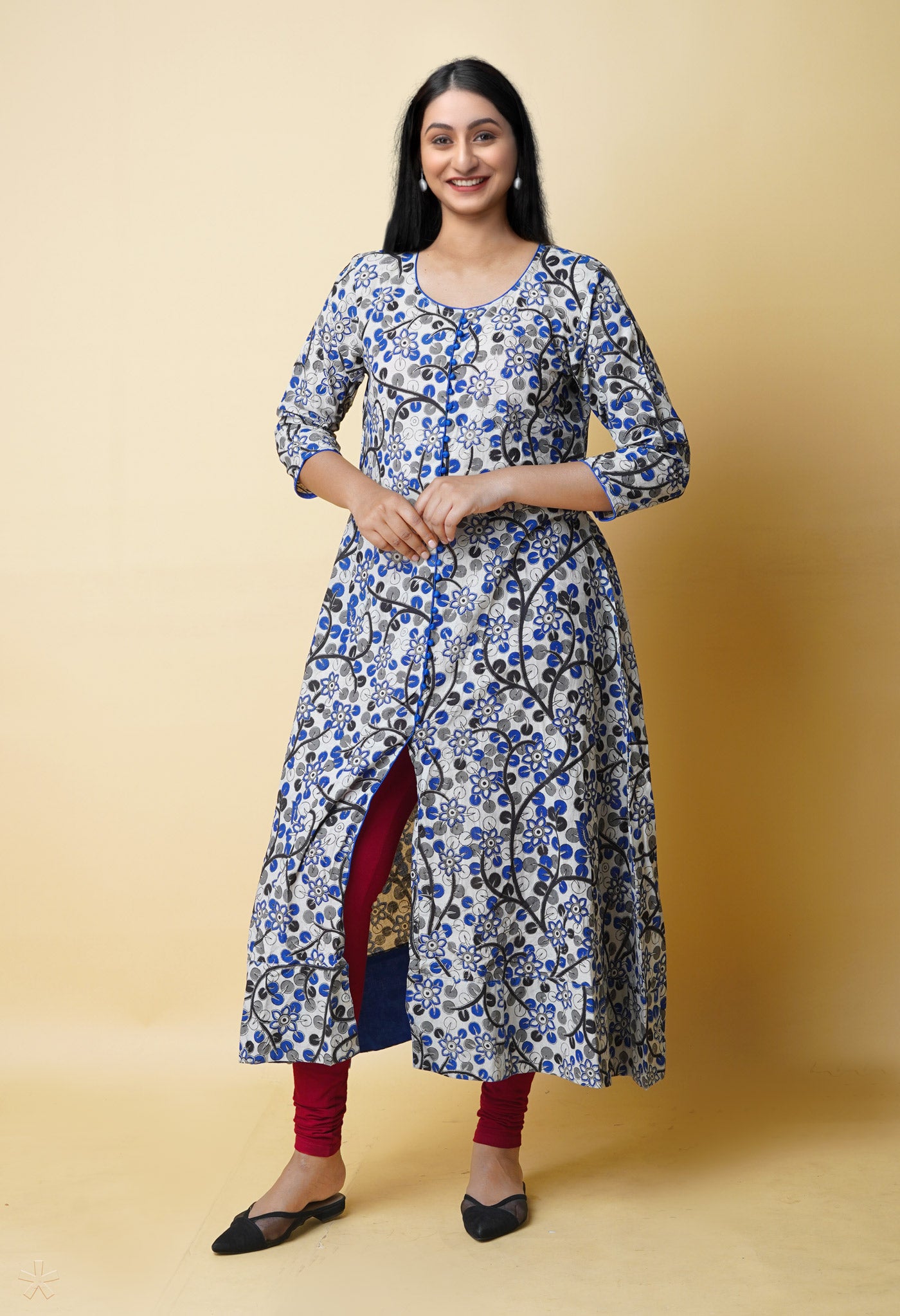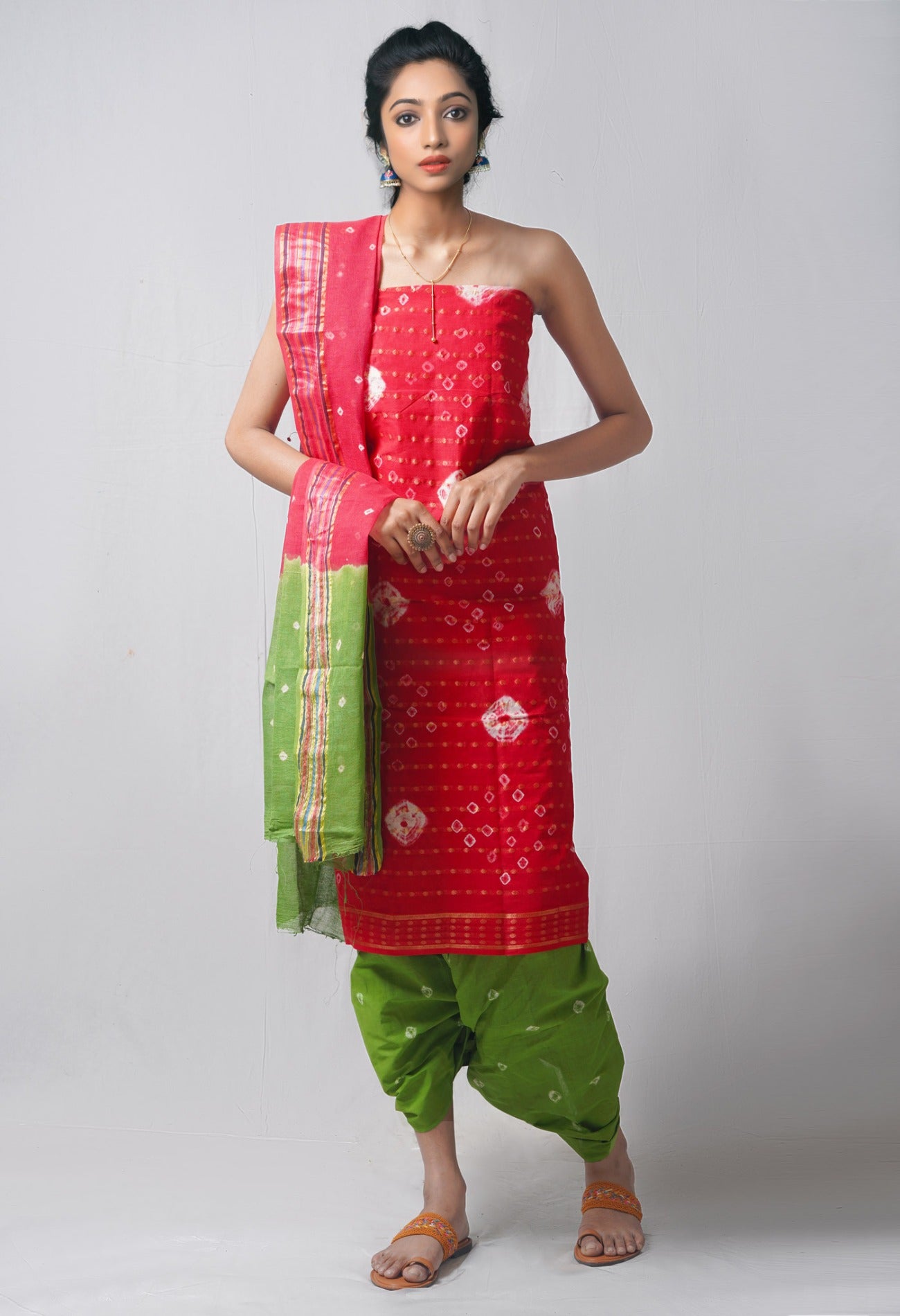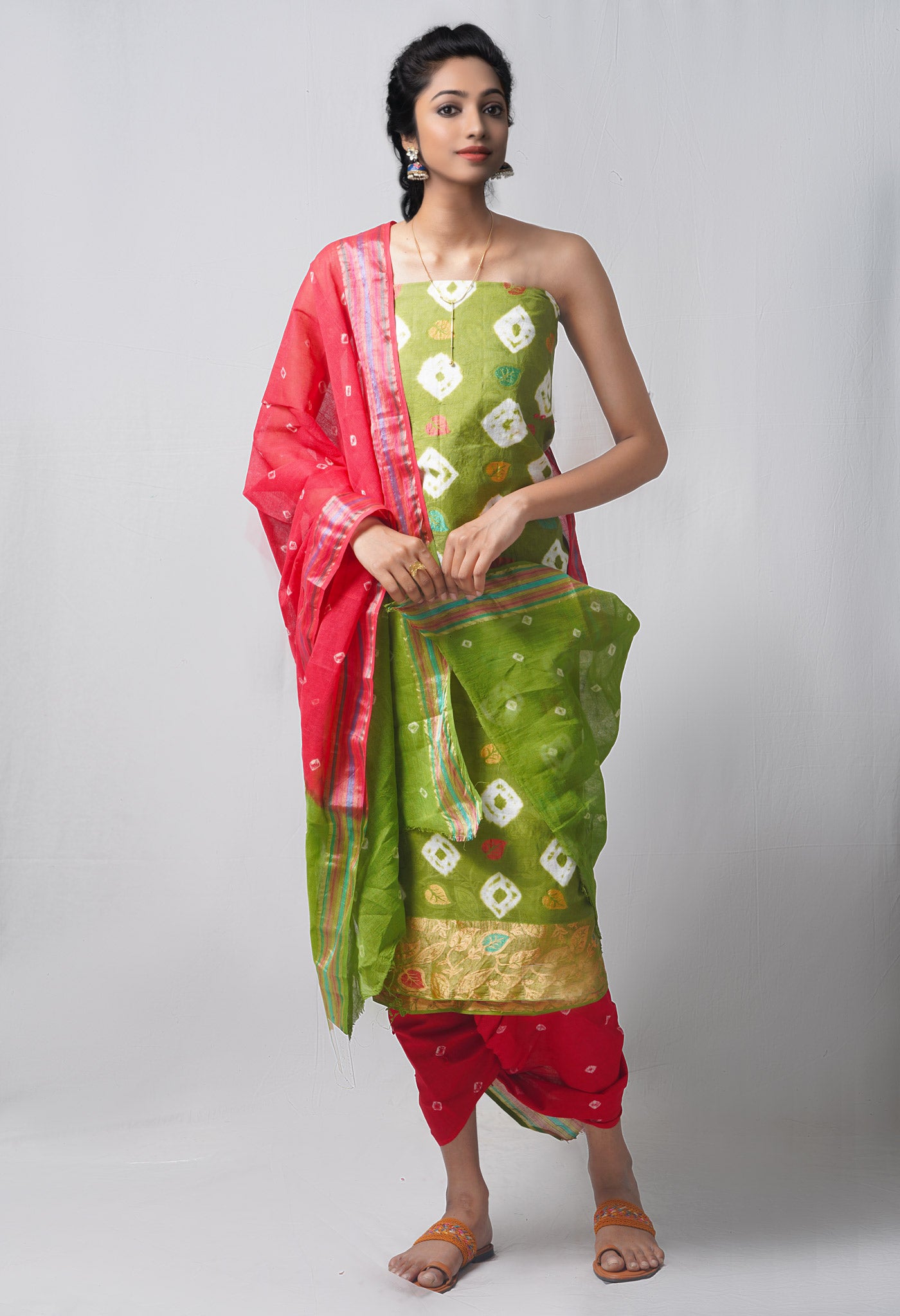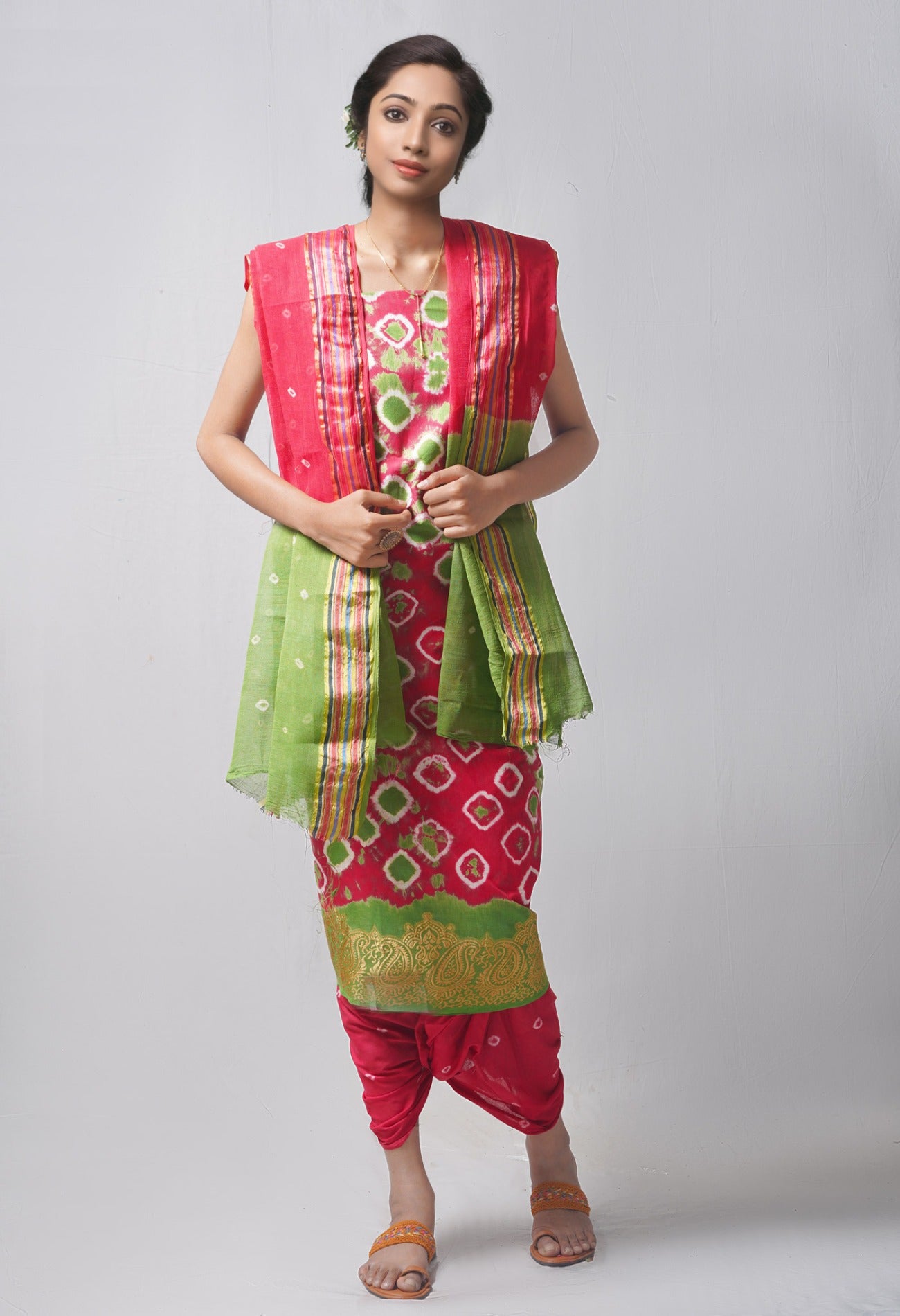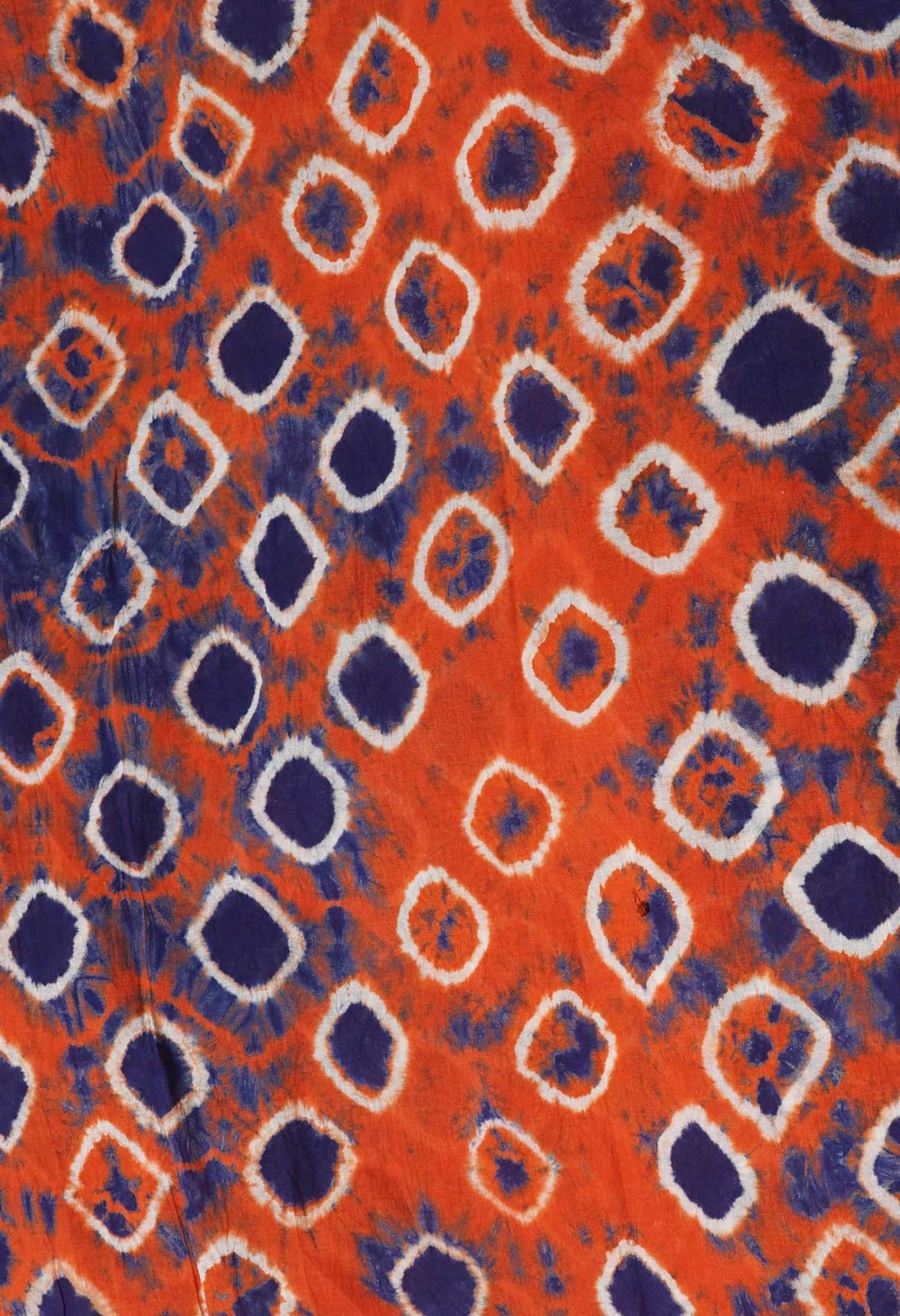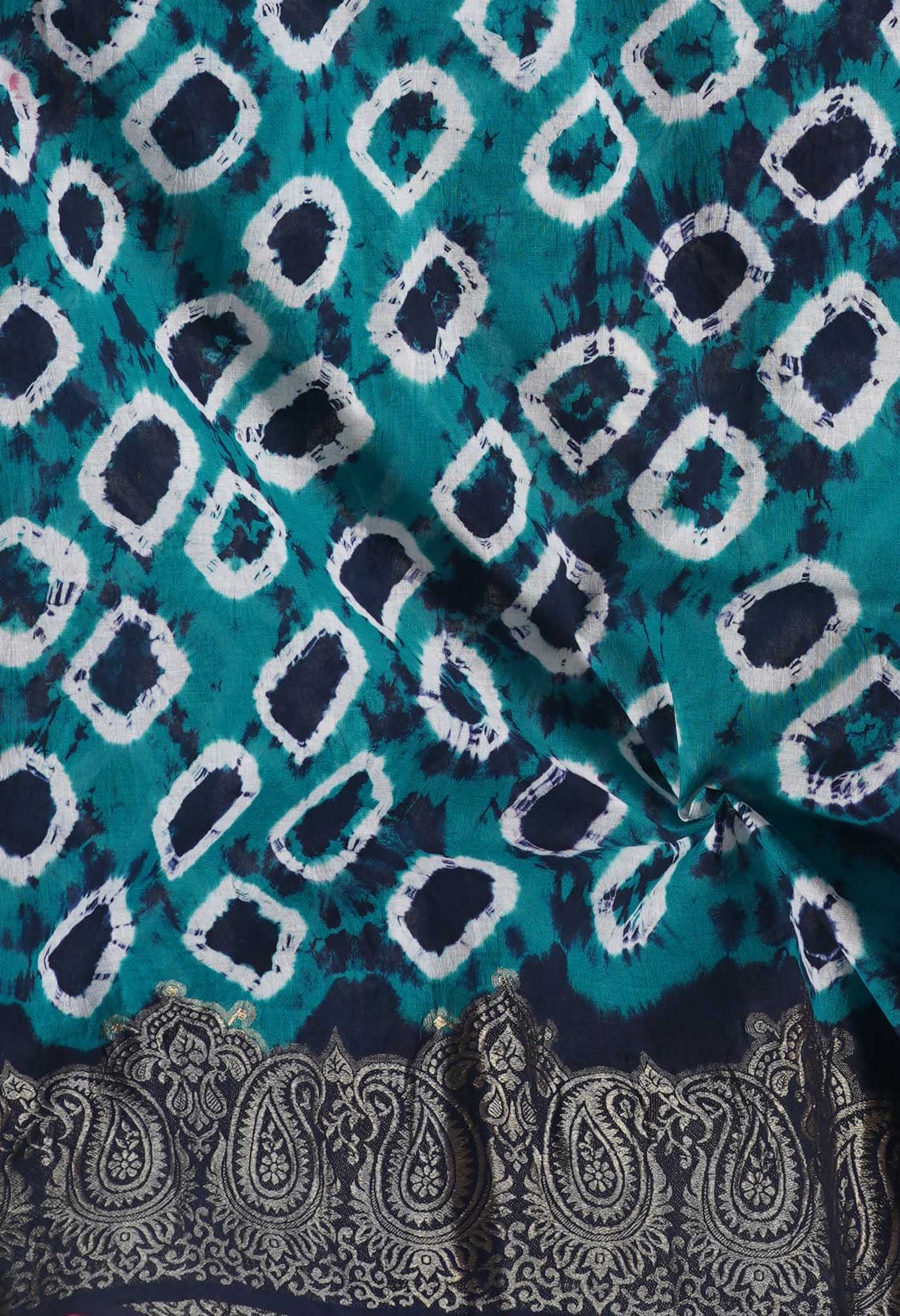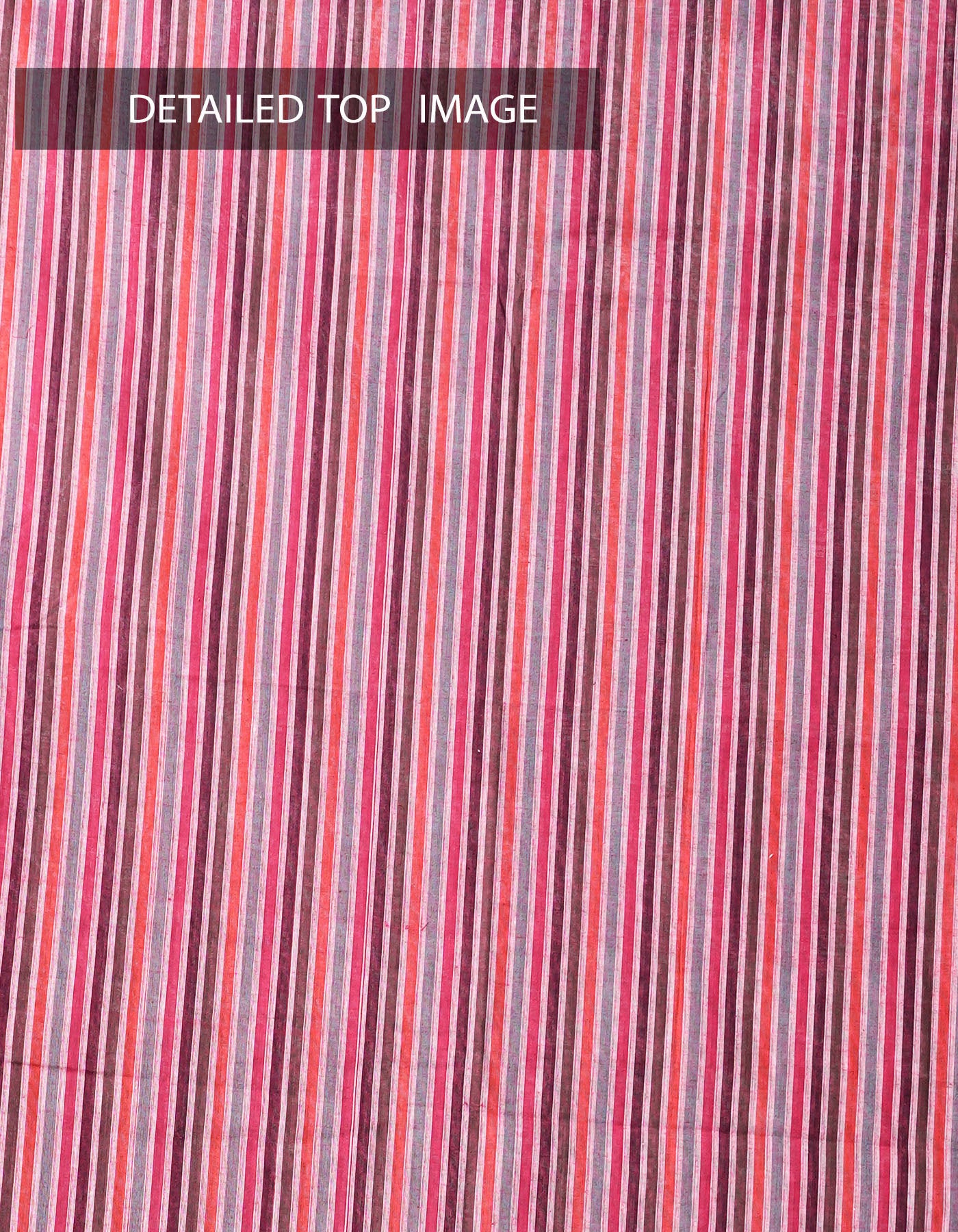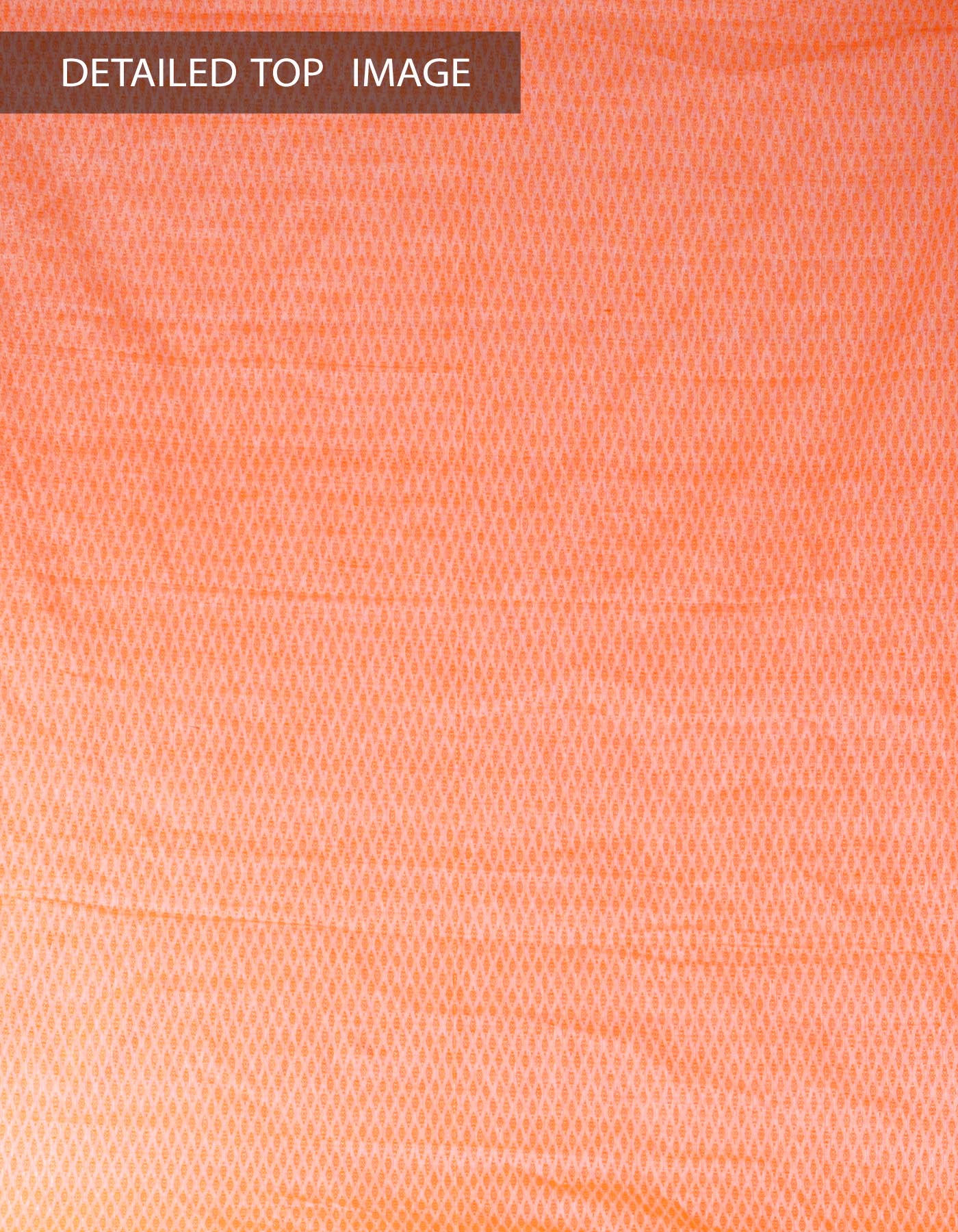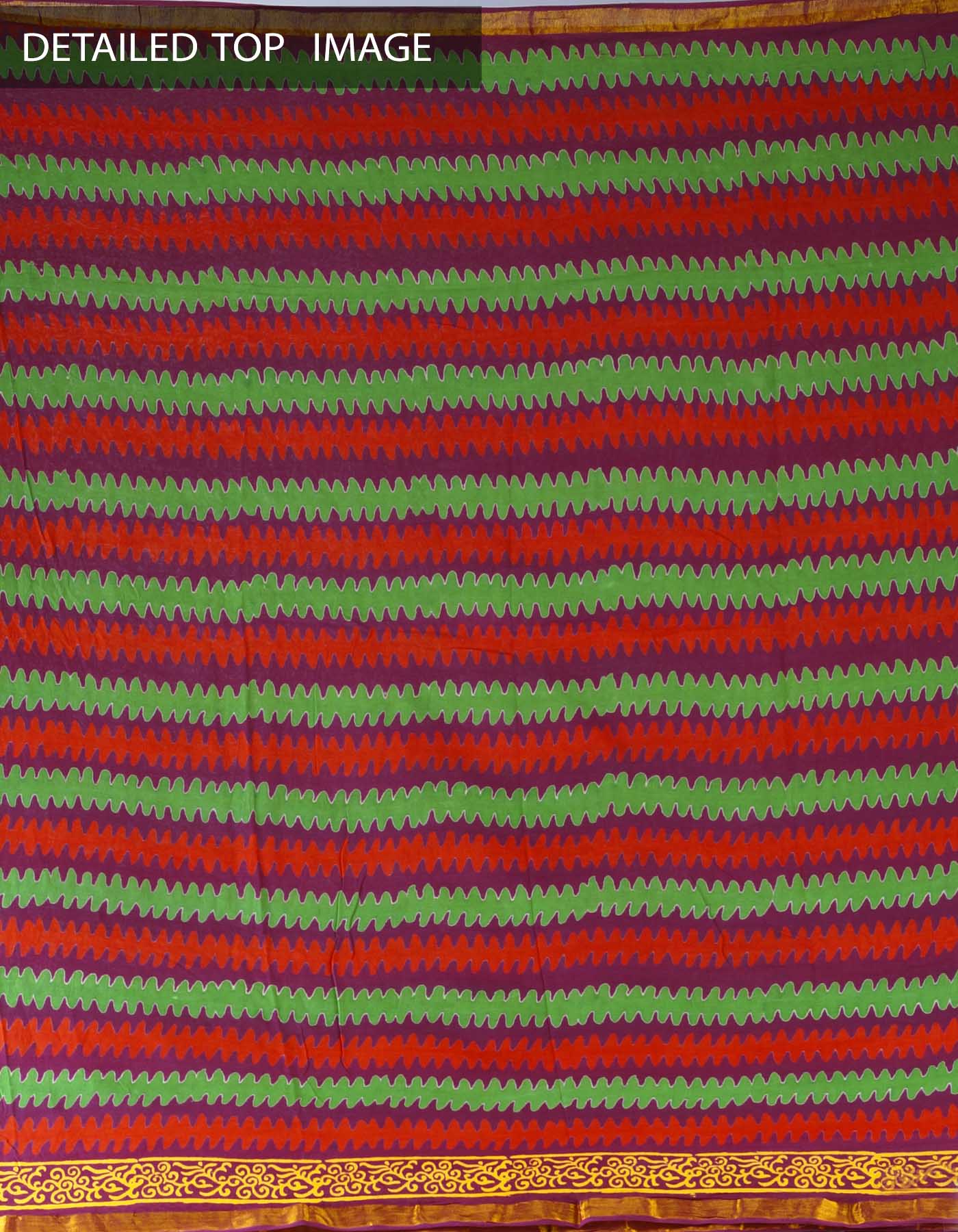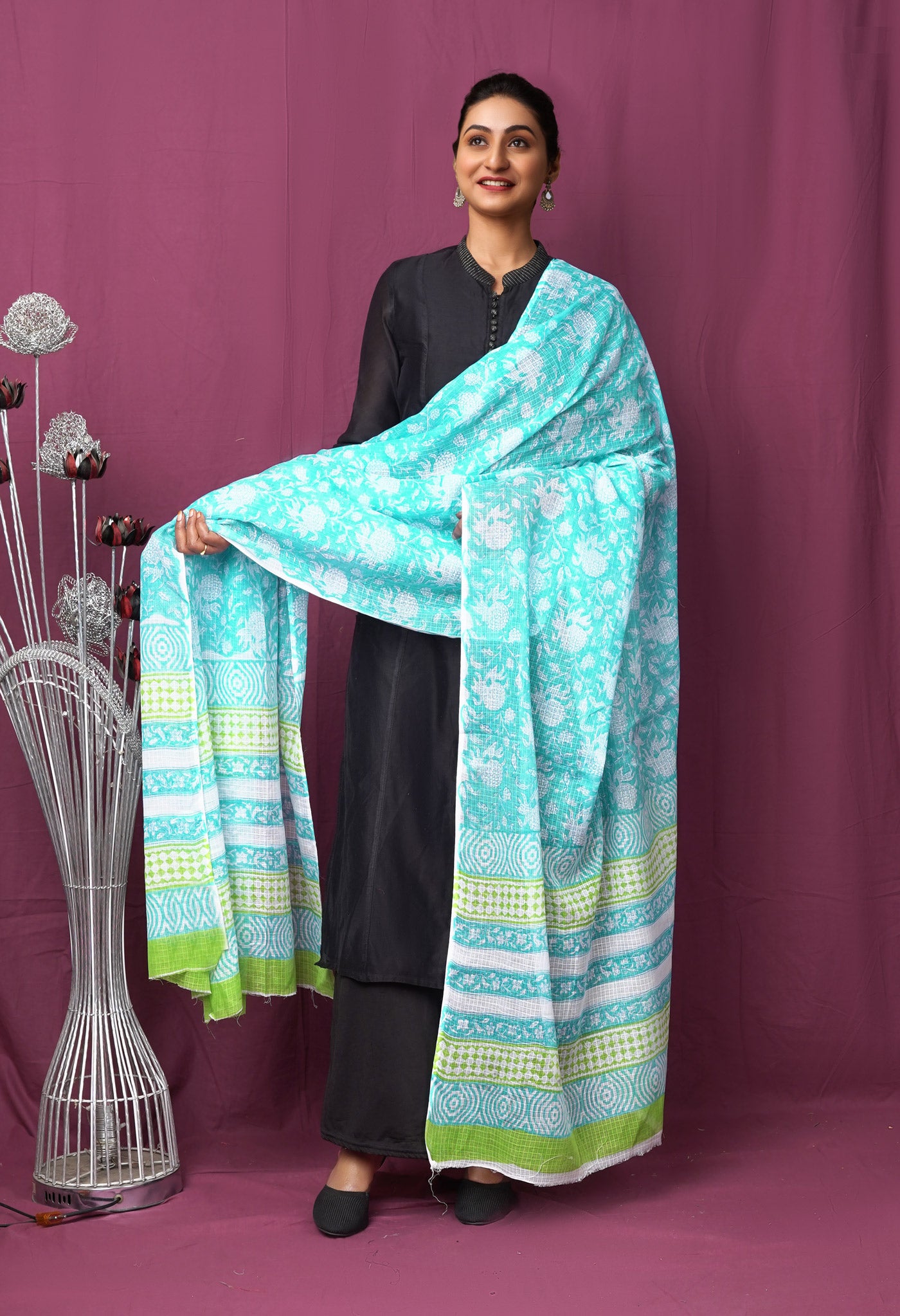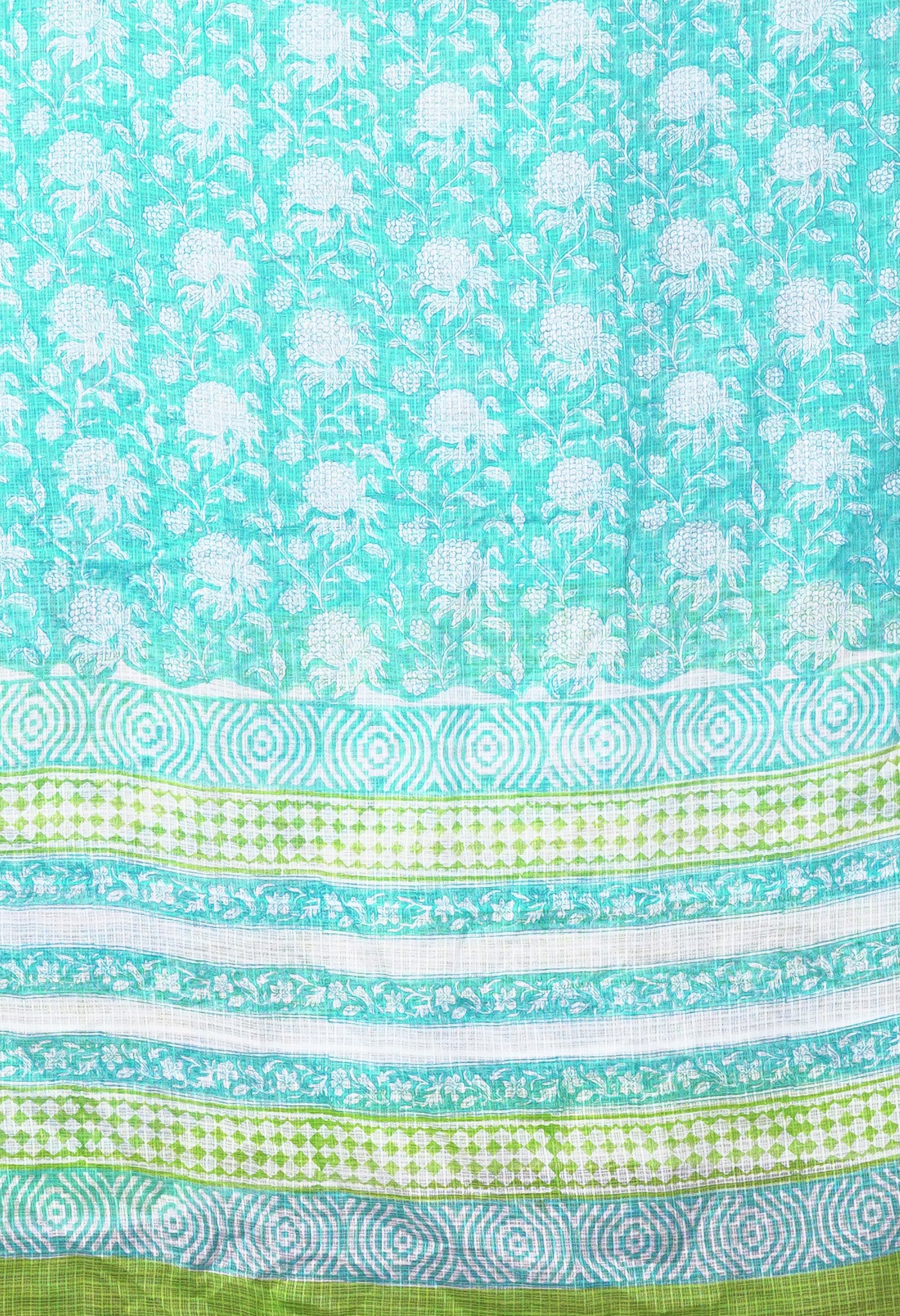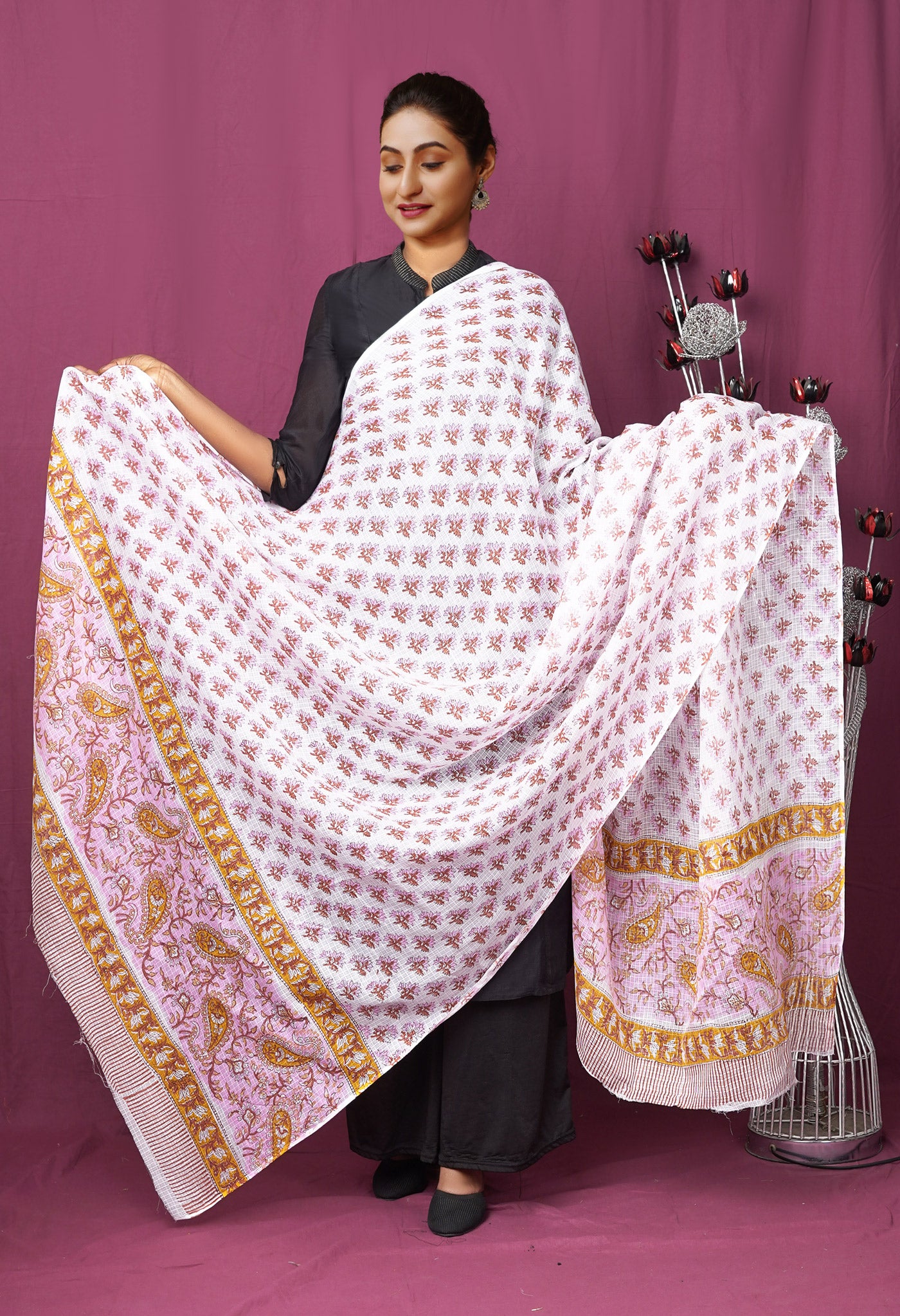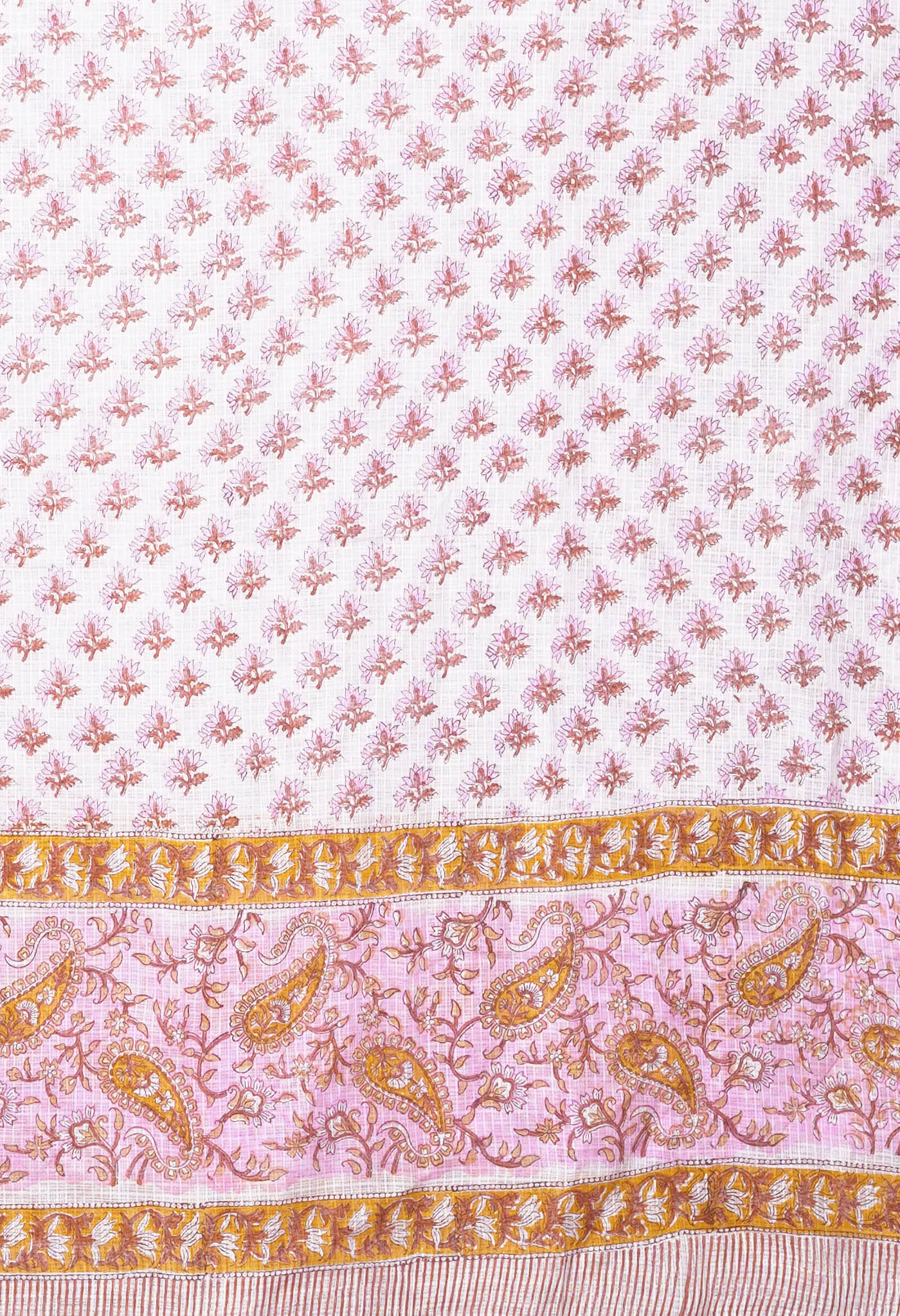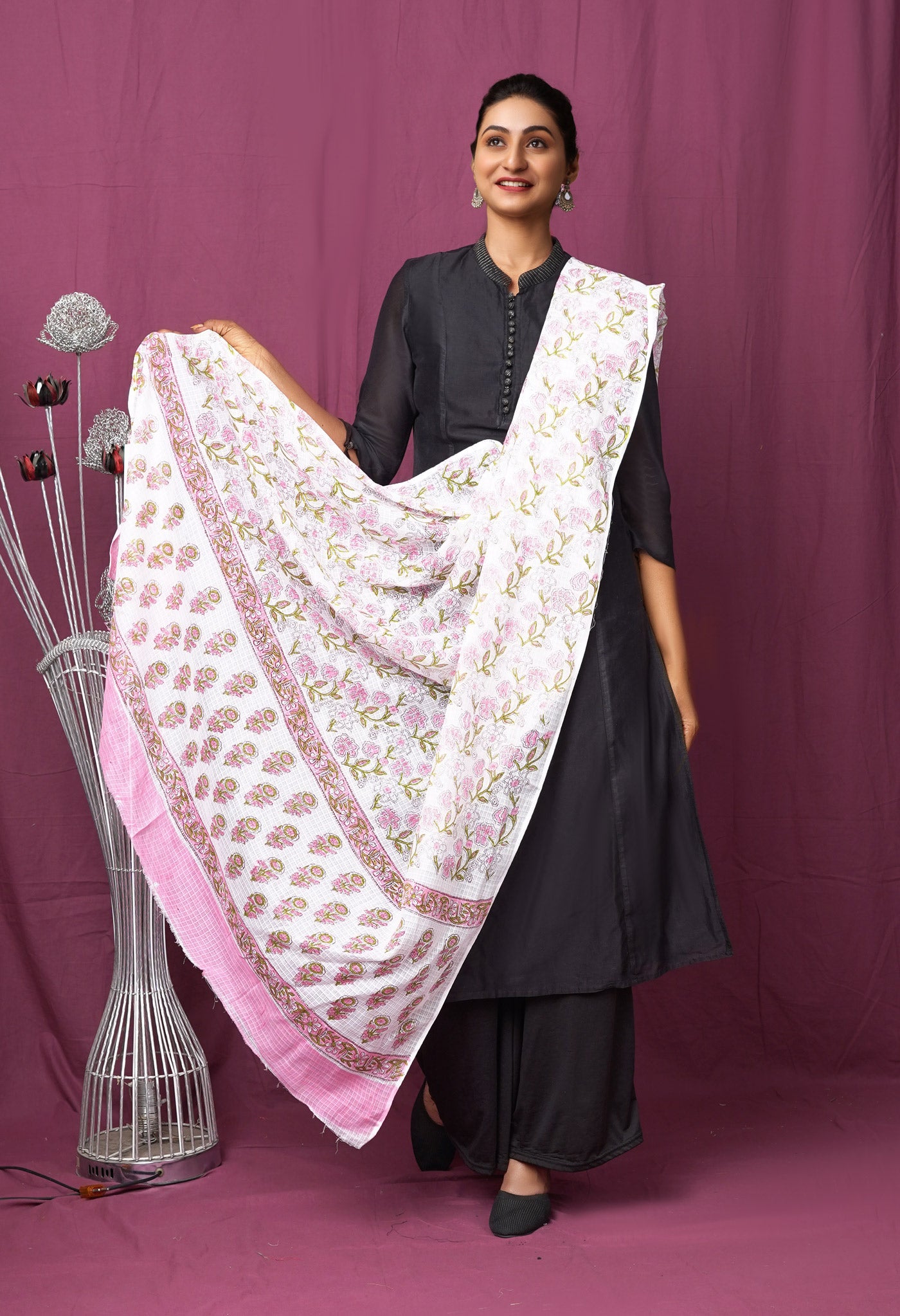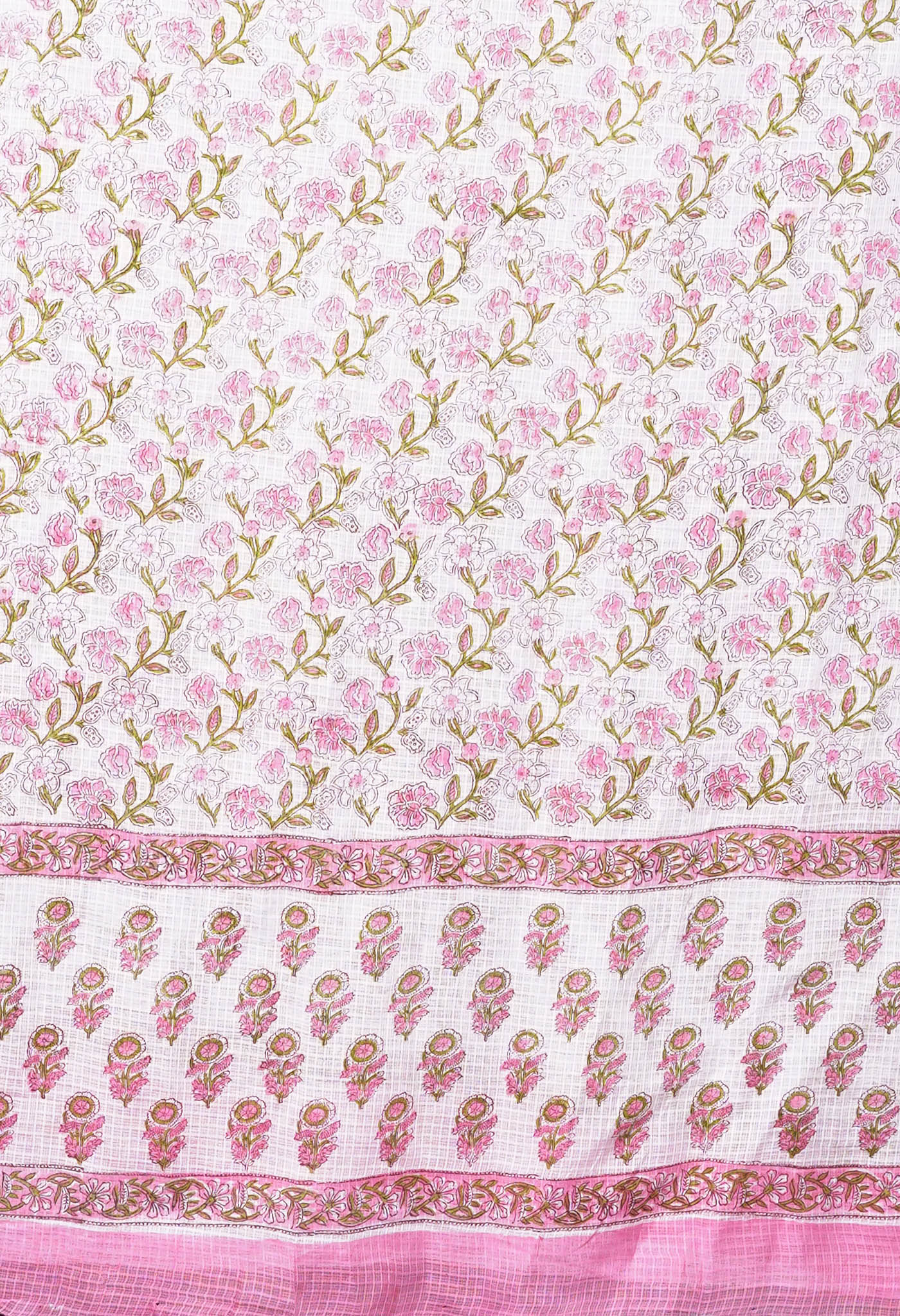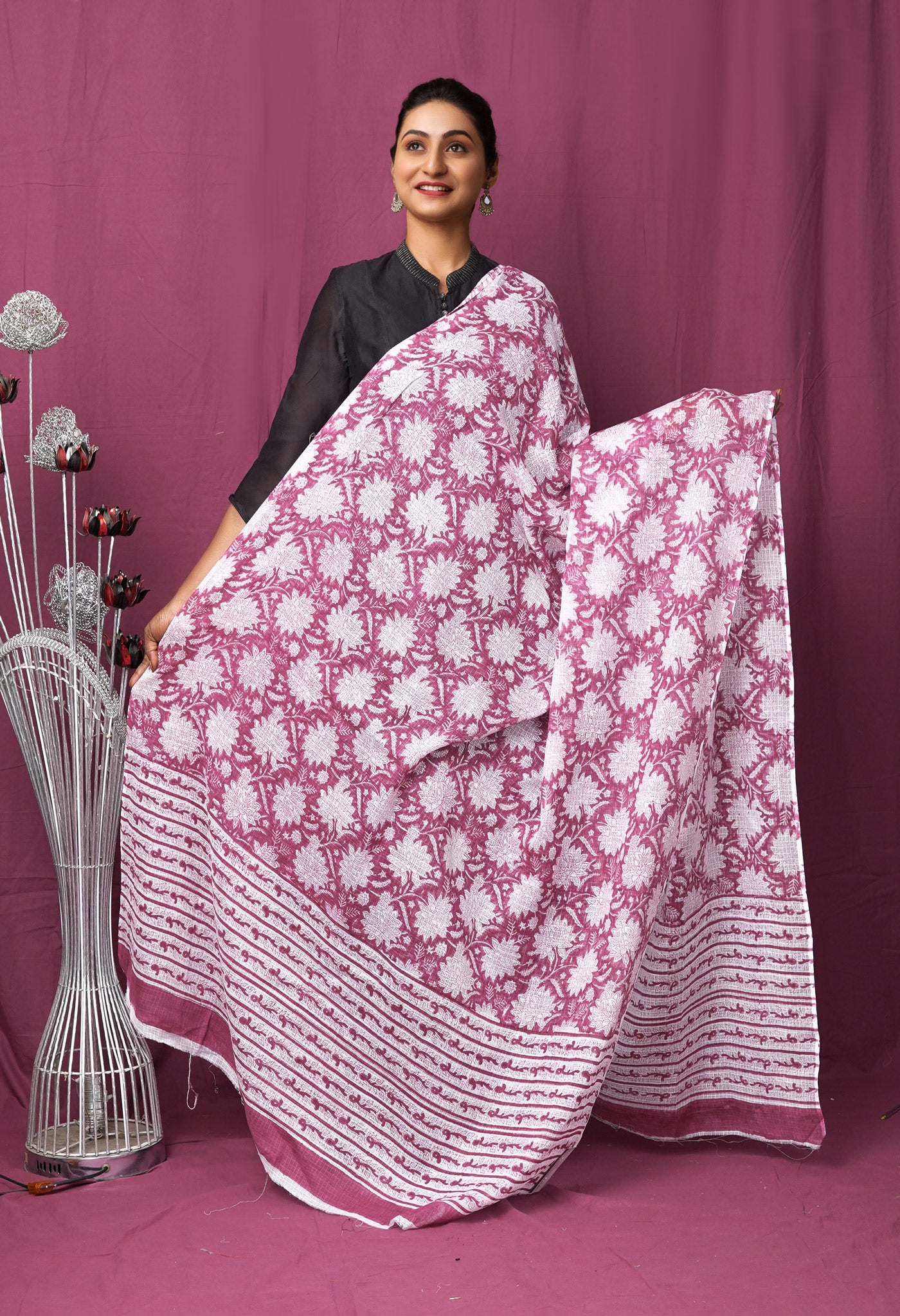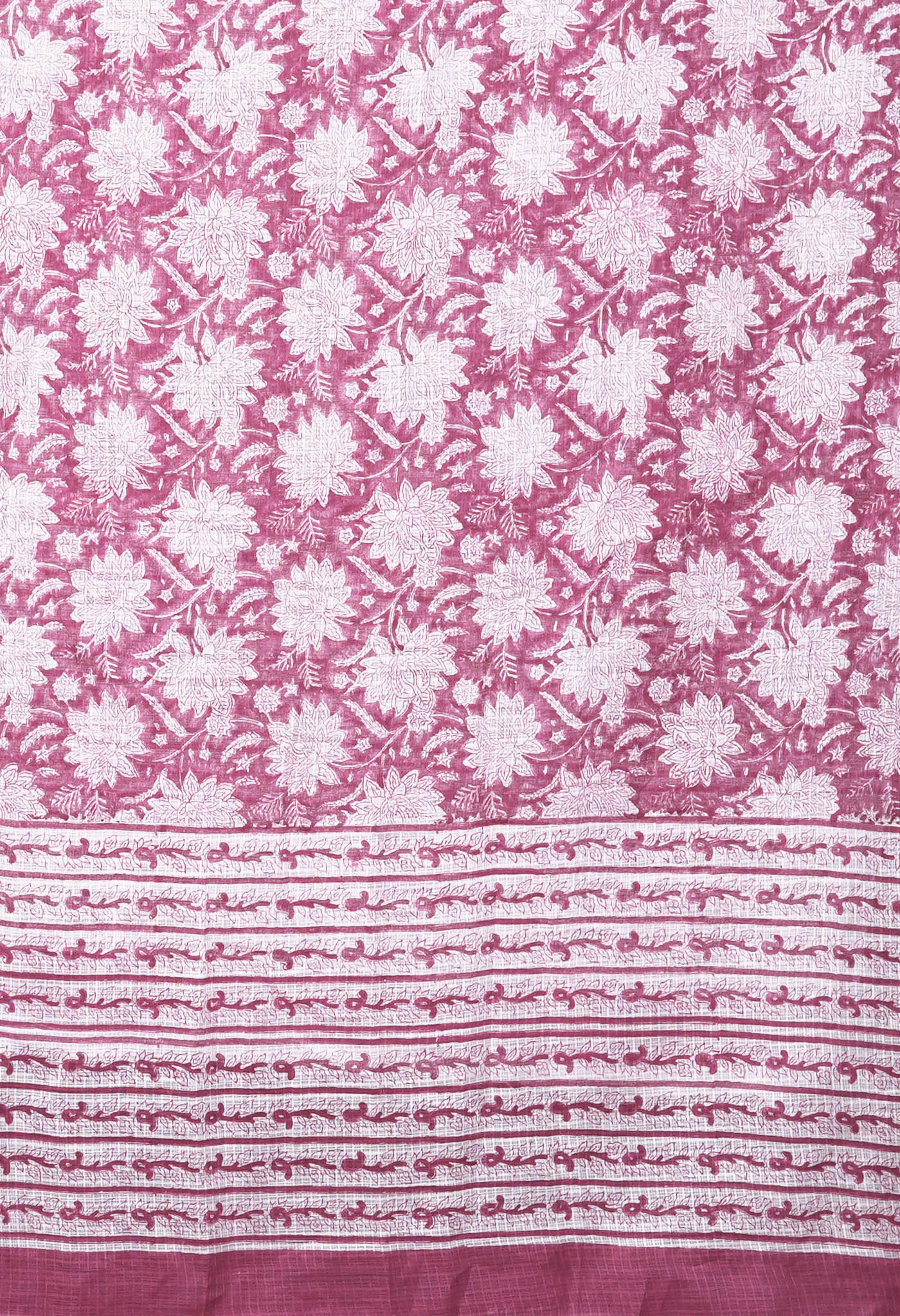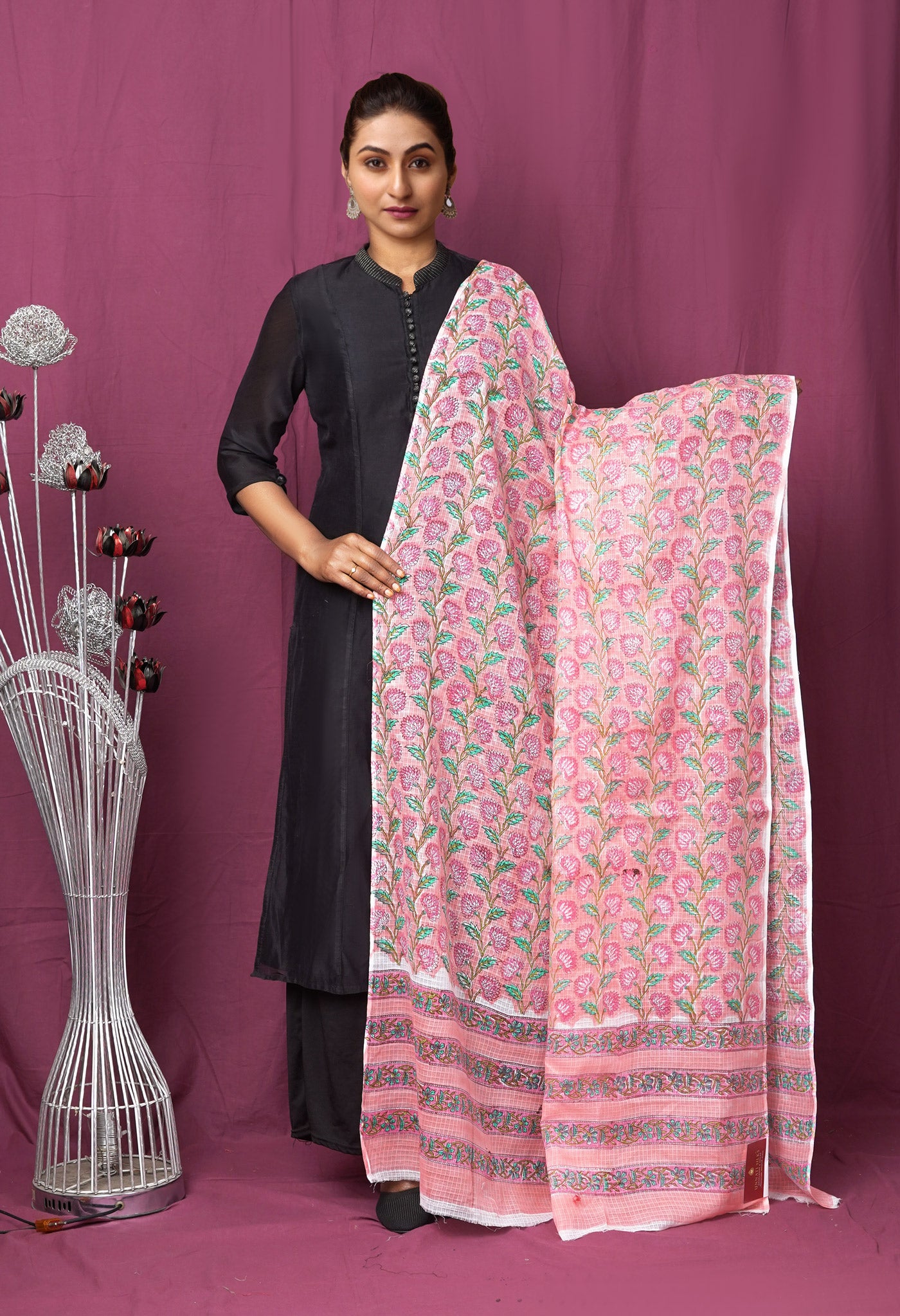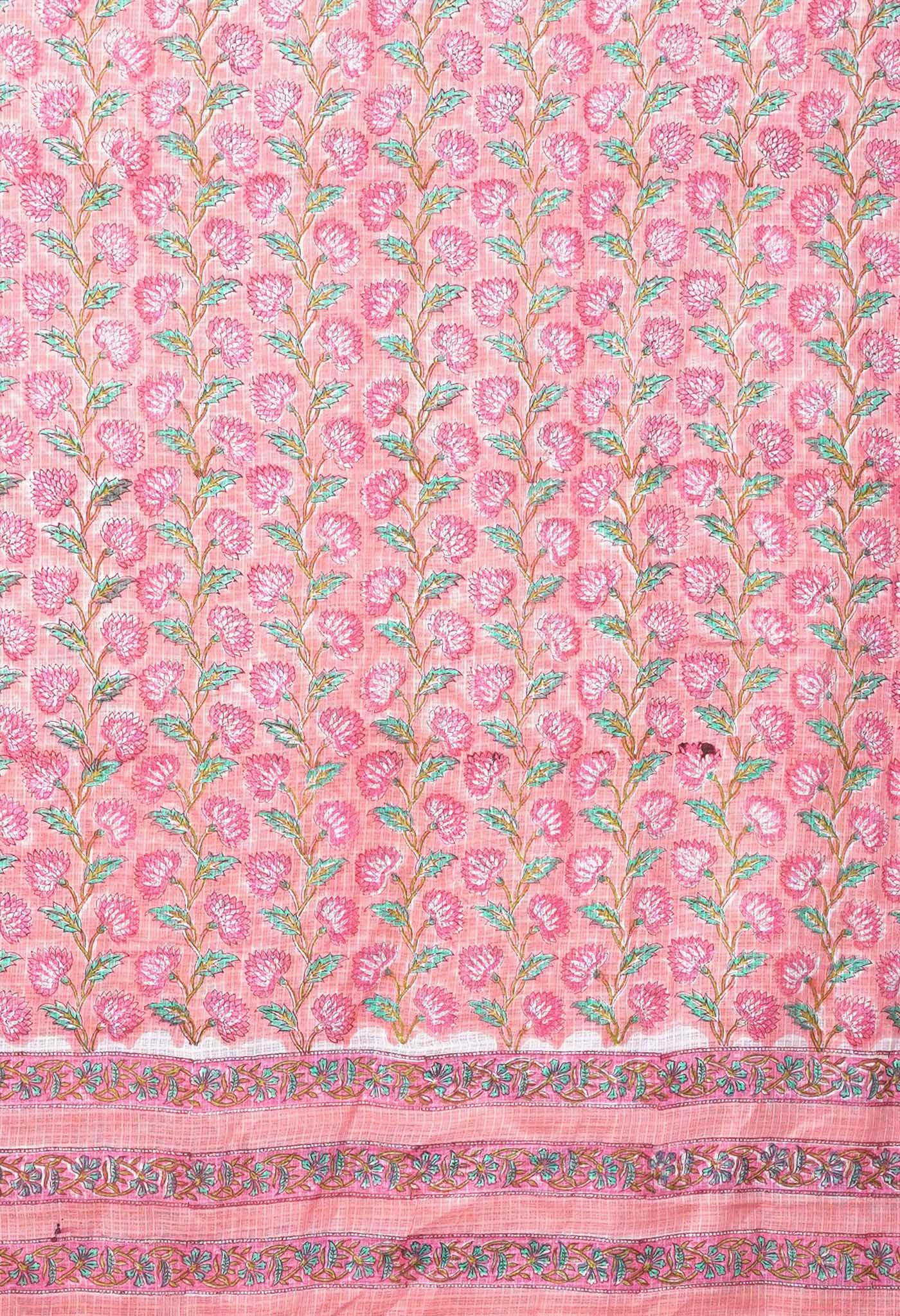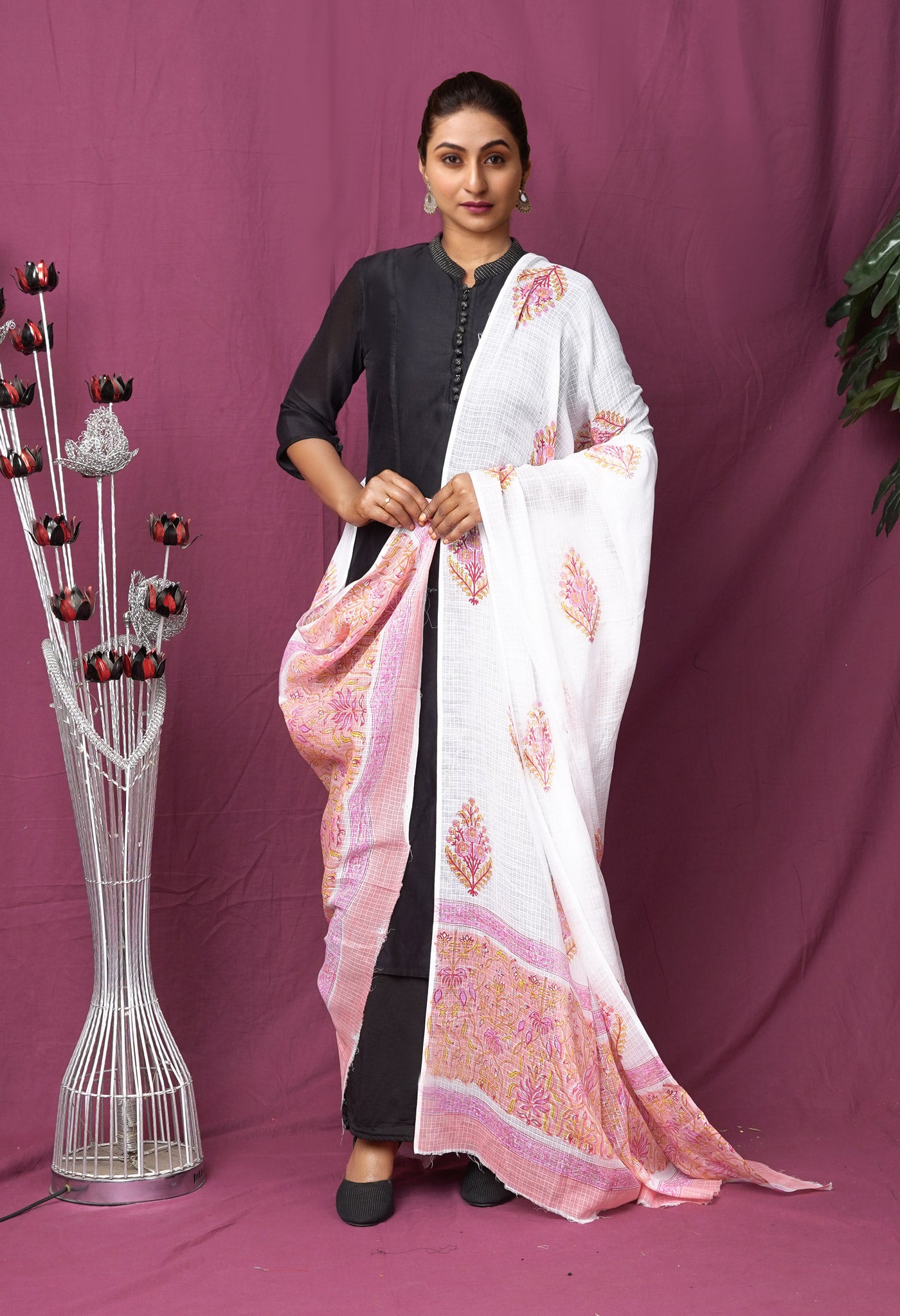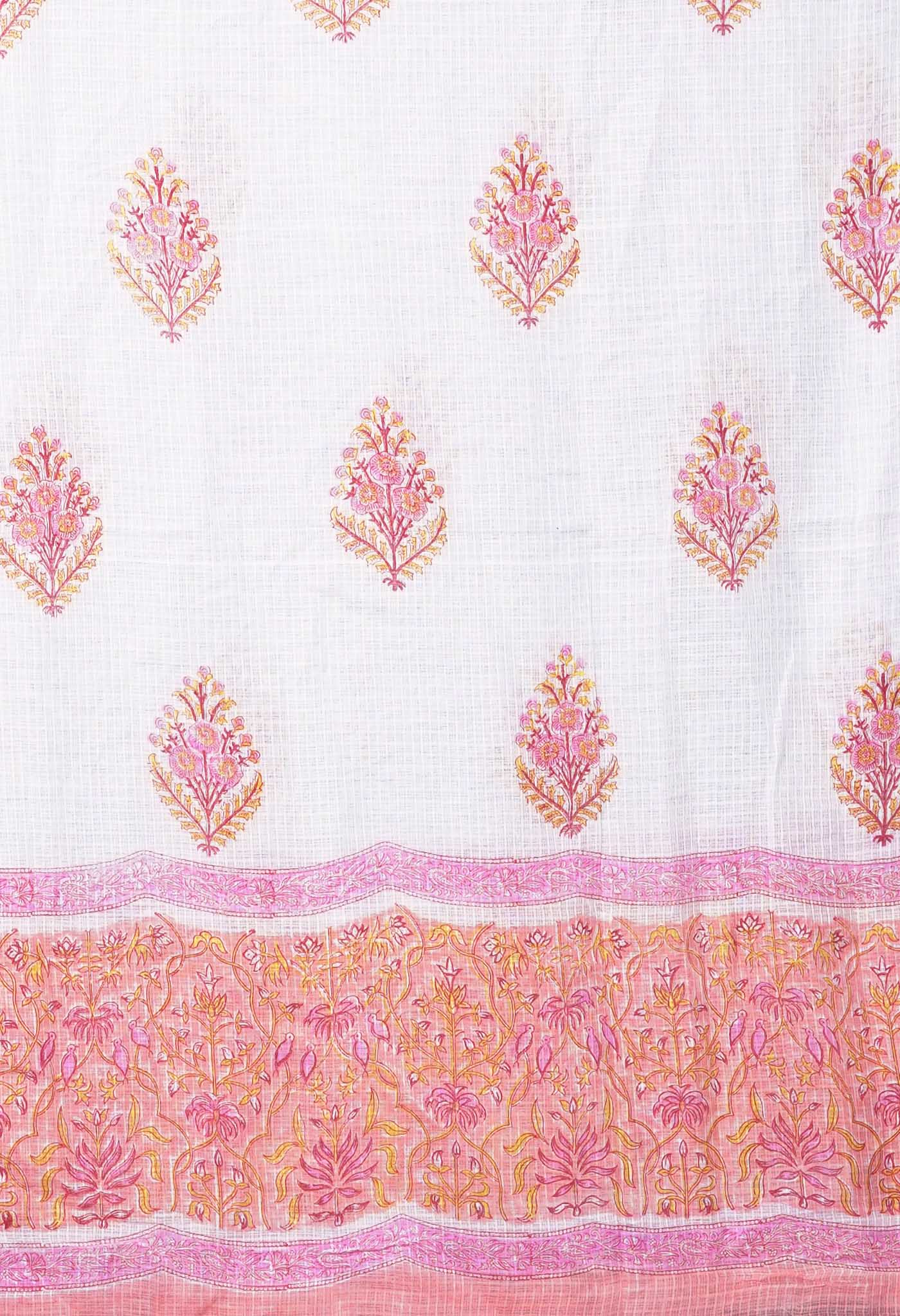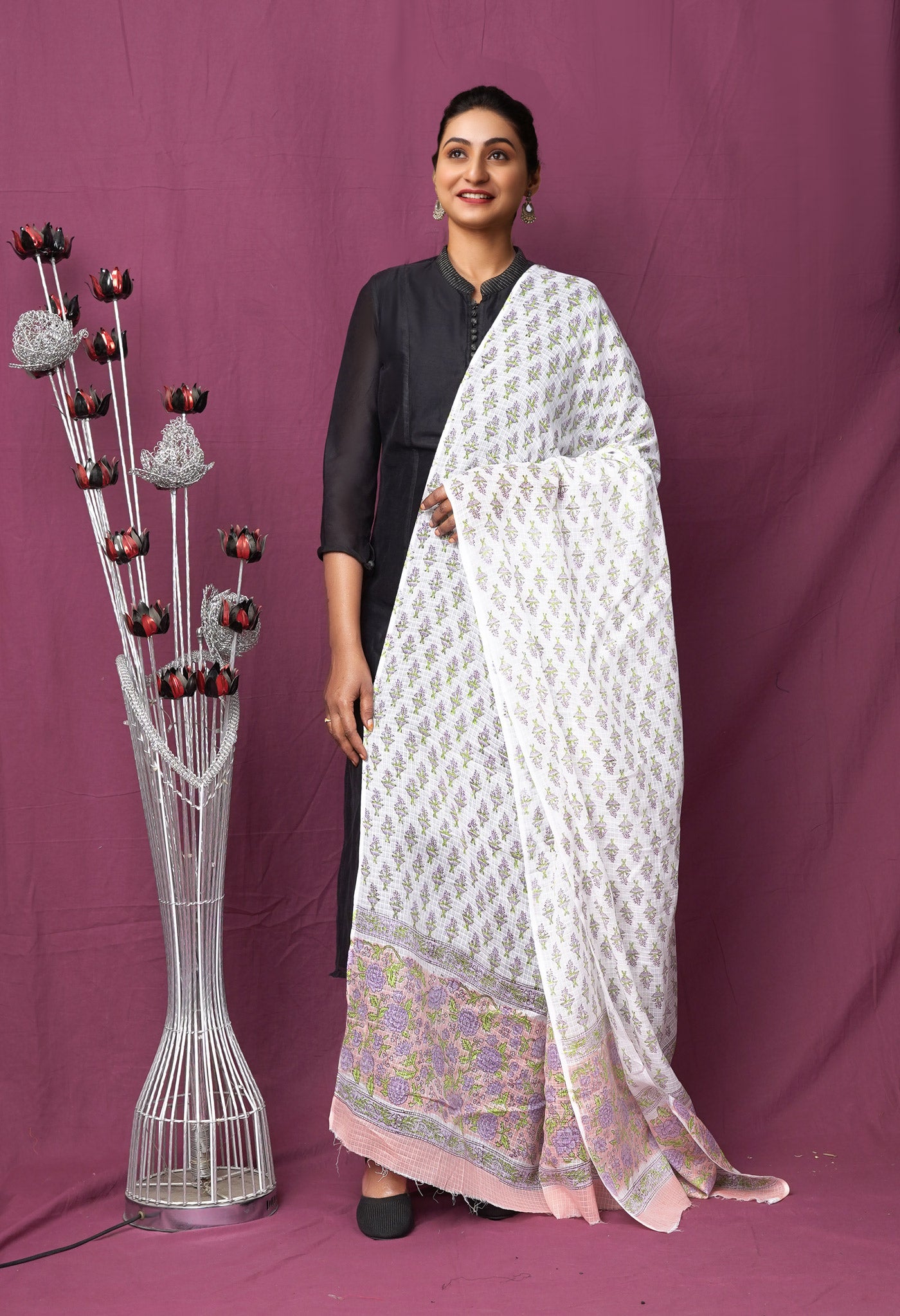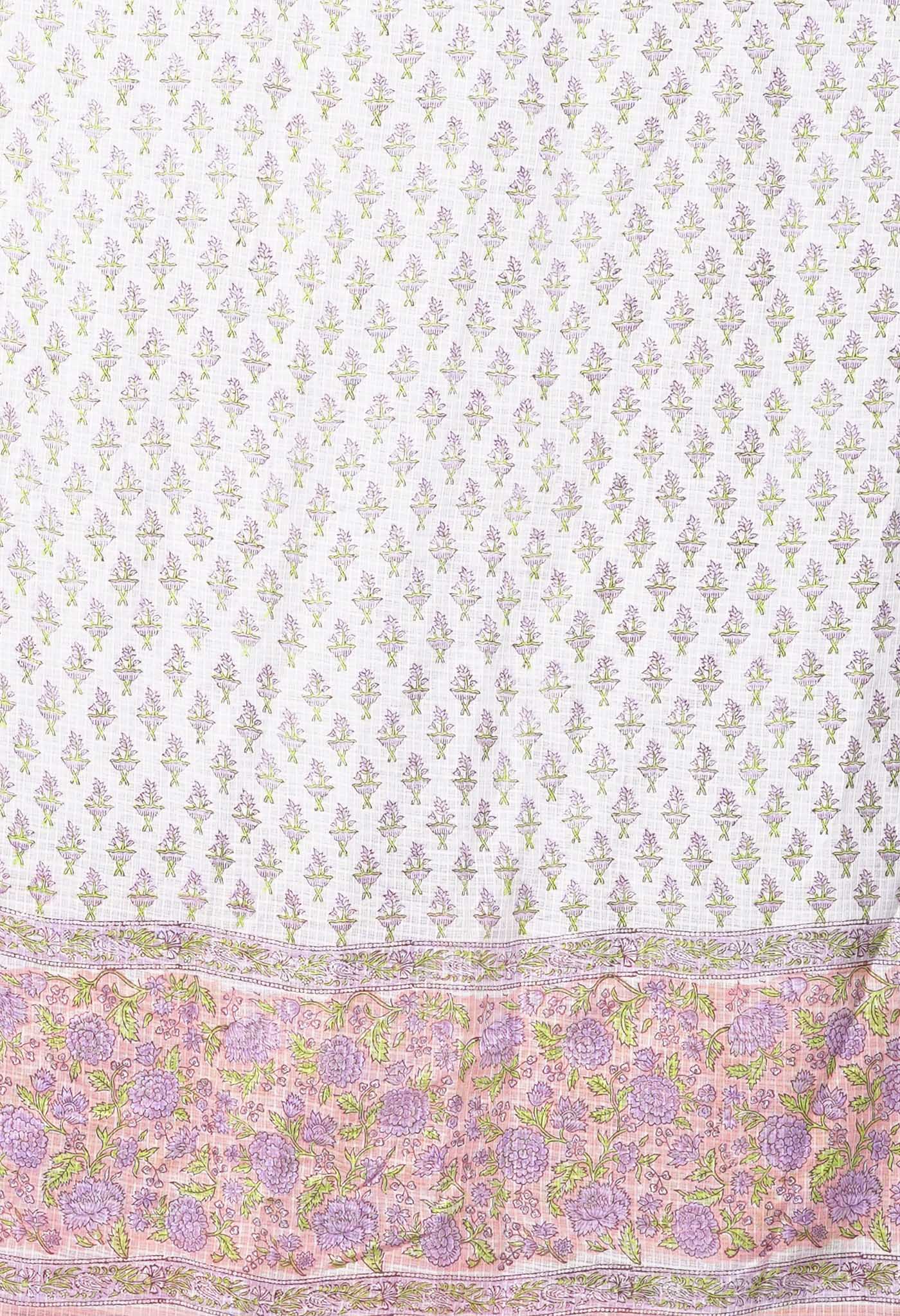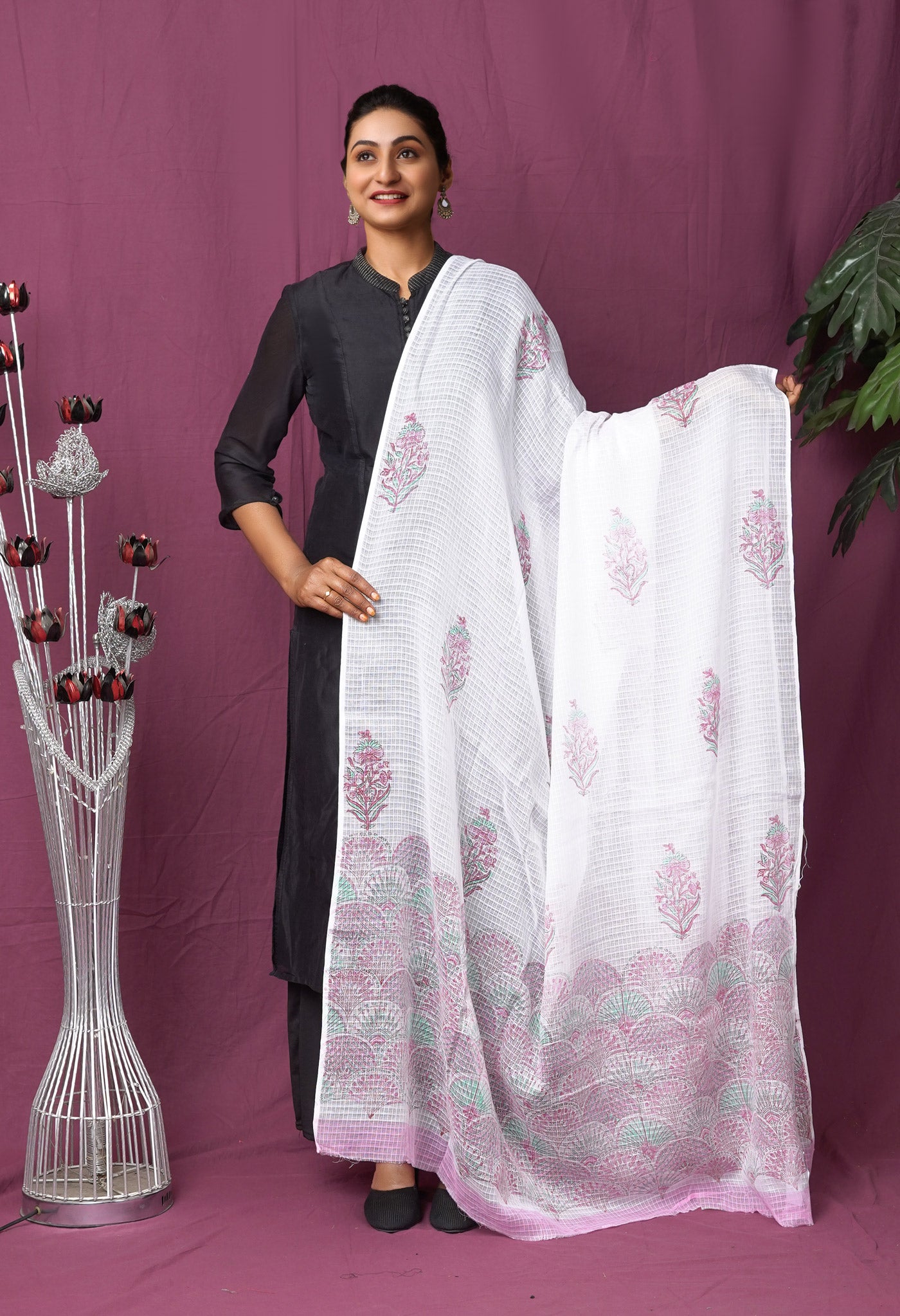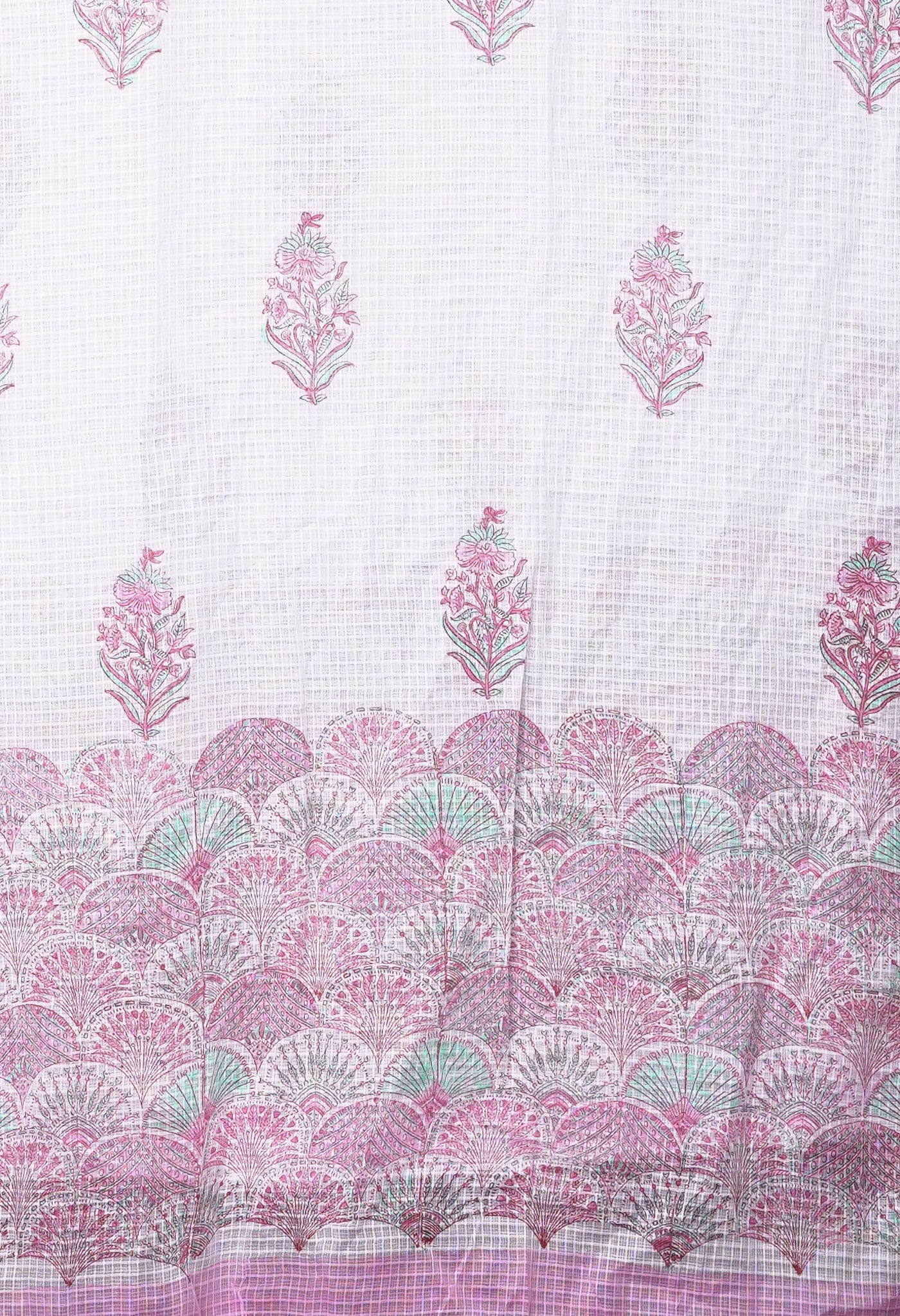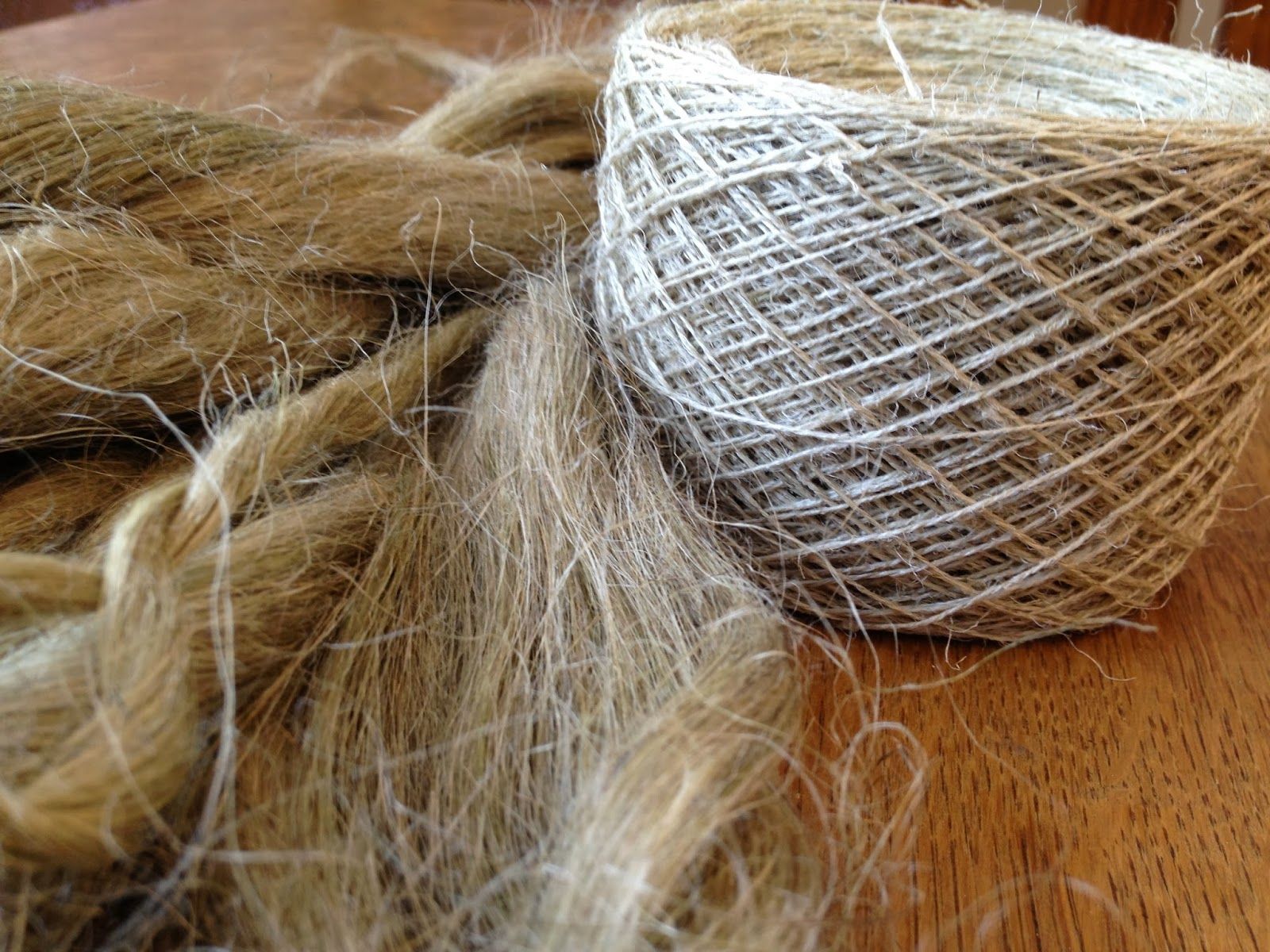
Linen – getting to know this beautiful flax fibre better
From the time that Linen has re-entered the market, this ‘fabric for all seasons’ that is the only one to better cotton fabric in ‘beating the summer heat’ has been welcomed with renewed enthusiasm and fervor. Made from long staple fibres, in a wide range of counts from slightly coarse to the extra fine, fashion designers perceive it as wonderful fabric that offers immense possibilities as trendy and vividly patterned apparel that displays qualities of natural luster and cool comfort.
Smooth in texture, soft to touch, absorbent; that keeps the body cool and comfortable at all times, the additional qualities of strength, resistance to abrasion, durability, its non-clinging nature and its ability to take on a whole lot of colors, shades & textures, make the Linen garment a universally loved piece of attire.

What is Linen?
Linen is a fabric made wholly from the fibers of the flax plant and has been in existence from several hundred centuries back or shall we say since a very, very long time.
What are the distinctive properties of Linen?
- Linen is a soft fabric that gets softer with every subsequent wash.
- With a good absorption of various types of colors, it holds them fast and does not bleed easily.
- As a very durable fiber, it is breathable, keeps the body cool and apart from cotton, is the most preferred fabric in hot weather conditions.
- It gives unparalleled comfort to the wearer, looks very crisp and elegant and is non-allergenic for its minimal use of chemicals and pesticides during its cultivation.
- Made of biodegradable fibers, it has a rich, luxurious look and is considered as expensive.
- Compared to cotton it is less affected by heat, easy to maintain and wash. It also dries fast.
- It neither pills nor gives off lint and has a tendency to get lustrous with age.

What is linen suitable for?
Linen is suitable for making garments like dresses, shirts, skirts, jackets, Suits, vests, pants, blouses and home accessories like curtains, draperies, bed sheets, dish cloths, napkins, upholstery, bedspreads, table linens etc
What is the flax plant ?
Flax is an important cash crop plant which is much in demand for its seeds and fibers. It is an annual plant and just takes about 100 days to grow the flax plant to perfect condition to be harvested. The plant has flowers which are violet blue and white in colour and rarely red, which blooms once in its lifetime. The fibrous material inside the stem of flax plant is used to make linen fibers hence linen is also called flax fabric.

Which countries grow the flax plant?
The plant grows in cool, damp environments and is mostly grown in Europe. It cannot tolerate high heat. Russia France and Belgium, China, Egypt, Northern Italy, and parts of Canada and the northern United States are the countries producing Flax plants.
How is Linen produced?
- The flax plant is harvested by uprooting it fully.
- Then it is dried.
- The seeds are then taken out. These seeds are used for making oil, that is used in cooking.
- Then it is exposed to water / moisture so that the pectin (adhesive substance) that binds the fibers together will breakdown (a process known as retting). This is usually done in a natural environment and takes about 2-3 weeks.
- The fibers are then separated from the outer bark (a process known as Scutching).
- They are classified as short fibers and long fibers. The short fibers form coarse yarns with a napped appearance, whereas the long fibers form the fine yarn of linen which has a smooth shiny look.

How is the processing done?
- The Linen fibres are made into yarns on spinning looms.
- The quality is monitored to ensure that only the good get processed.
- It is then woven on simple dobby looms where patterns are repetitive. For more complex designs, they are woven on jacquard looms.
- The Linen fabric is then bleached, dyed or used in its natural state. At this stage, other treatments are also applied. E.g. wrinkle resistance etc.
Flax is difficult to harvest. The full flax plant has to be uprooted, to keep the full length of the fibers which results in a fine yarn. Careful harvesting is necessary to ensure quality. The process of making the textile is also long winded and complex. Hence it is very costly to make linen fabric.
Does linen absorb water well?
Linen fabric can absorb up to 20% of its weight in moisture before you can feel any dampness. This is because of its structure which soaks up water to its center. Because of this linen is very much in demand as napkins and dish towels. It also releases moisture to the air and remains dry.

What are the different types of Linen fabric?
Linen is categorized according to the weave of fibers. Linen is also nowadays blended with other fibers like cotton and wool. You may also categorize Linen according to geographical regions where it is grown or processed.
Irish Linen is the best and most valued. European linen comes next in quality. Scotch linen and German linen come next. Then there are Russian Linen and Chinese linen which are not considered at par with those in Europe.
Mention some of the types in Lenin.
Damask
A reversible, textured linen fabric, originally from Damascus it is woven on a jacquard loom. Damask looks very luxurious and is used mostly for table linen and draperies. In fact Damask table linen is very much valued.
Cambric
A fine linen fabric with very close weave, originally from Cambrai in northern France, it has a lustrous finish, a fine surface and great drape. It is great for all kinds of needlework especially cross stitch and shadow work.

Crash Linen
A rough fabric, usually left un-dyed, made with slubby yarns and often used for towels, table linen and draperies. The coarsest is called Russian Linen.
Sheeting Linen
Being heavier than the regular, it is used for making bed sheets.
Mummy cloth
Earlier used for clothing and mummy wrappings for Pharaohs and members of the royal court in Ancient Egypt as early as 5000BC, (The Turin shroud is a linen cloth.) this is the name now used for heavy, unbleached linen.
Handkerchief weight Linen
Considered the finest of all linen for being very soft and semi-sheer it is perfect for making delicate handkerchiefs with embroidery, blouses and baby wear.
 Is Linen good for sewing?
Is Linen good for sewing?Linen is one of the best fabrics to sew with and clothes made with this fabric look beautiful as well. Designers are so enamoured with the virtues of this fabric that they love to design clothes in Linen. Sewing success is all about fabric choices. When you have a good fabric with you which is easy to sew you are guaranteed success.
Helpful tips for sewing in Linen
- You can sew with any type of needle, any type of thread to sew beautiful clothes with this fabric. Only just keep a steam iron close by as you sew. On a bias cut linen fabric drapes very well.
- As linen shrinks about 3-10% in the first few washes you may want to prewash linen fabric before cutting it up. Some people even pre-wash linen 4 times before sewing it to get that smooth finish. Then iron when it is still slightly damp to remove the inevitable wrinkles on it. Press as you sew.
- Press seams open. You may need to finish the fabric edges as the linen frays. But if it is cut on the bias the edges would not fray
- Some people assume that the right side of the linen fabric can be found by stretching it lightly by the diagonal and if the sides curl to the top consider that to be the right side of the fabric. But many are of the opinion that both sides of the fabric look identical
- You can use a silk organza underlining for making clothes with linen.
- Linen is one of the most used cloth for embroidery.
- Cross stitch and other counted thread embroidery works like Black work embroidery can be done very well on this fabric because of the even weave of this cloth.

